Ancient Healing Remedies That Actually Work
Long before prescriptions came in bottles, healing came from the earth—handed down through whispers, rituals, and lived wisdom. Ancient cultures didn’t rely on clinical trials; they relied on observation, resilience, and results. From Ayurvedic tonics to Egyptian poultices and Chinese teas, these remedies weren’t trends—they were survival. And now? Modern science is finally catching up. Today’s research is uncovering what our ancestors always knew: many traditional treatments actually work. Because sometimes, healing isn’t about discovering something new—it’s about finally listening to what’s been here all along.
1. Honey: The Golden Healer
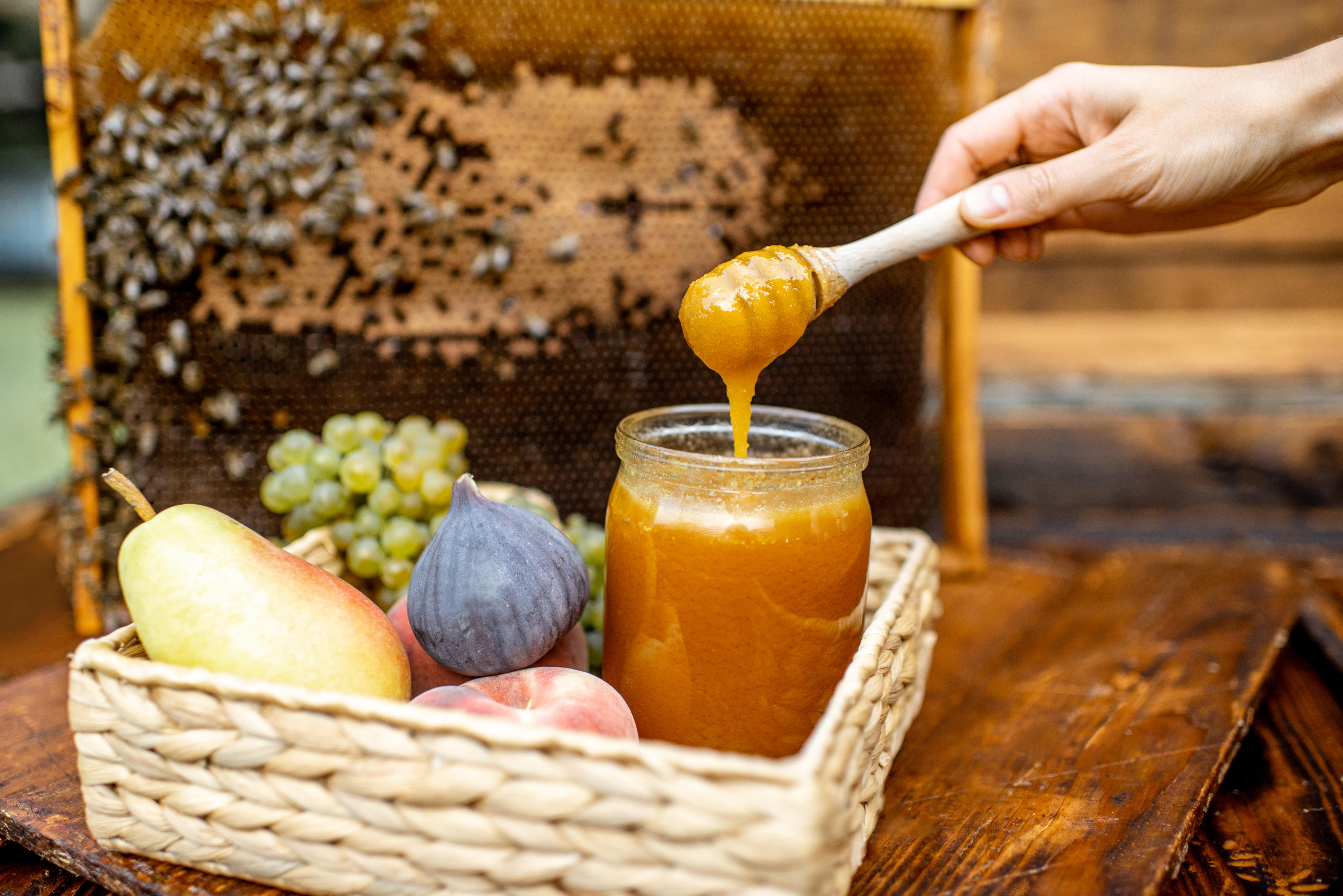
Honey has been a staple in the medicinal practices of many ancient cultures, from the Egyptians to the Greeks and Romans. Its natural antibacterial properties make it an exceptional remedy for wounds and infections. Ancient texts describe honey's use in treating cuts and burns, and modern research supports these claims, highlighting its effectiveness in promoting faster healing and reducing the risk of infection. Honey is also rich in antioxidants, which help protect the body from free radicals and support overall health. Today, it is used not only in wound care but also as a soothing agent for sore throats and coughs, demonstrating its versatile healing power.
2. Garlic: The Ancient Antibiotic
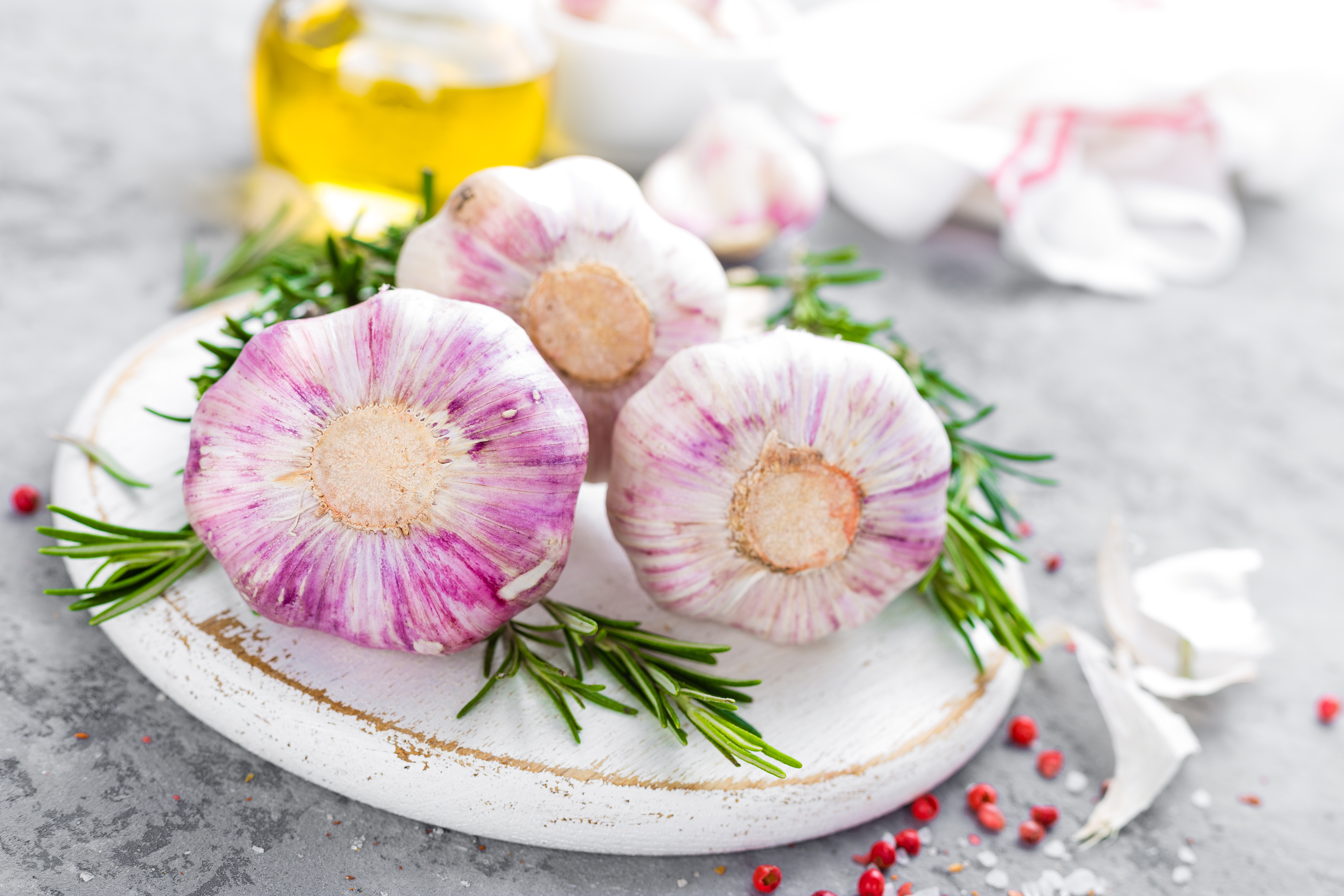
Garlic's reputation as a powerful healing agent dates back to ancient Egypt, where it was used to boost strength and endurance. Its active compound, allicin, is known for its potent antimicrobial properties, making garlic an effective natural antibiotic. Studies have shown that garlic can combat various pathogens, including bacteria and viruses, supporting immune function and reducing the severity of colds and flu. Beyond its antimicrobial benefits, garlic is also recognized for its cardiovascular benefits, helping to lower blood pressure and cholesterol levels. This humble bulb continues to be a staple in natural medicine, valued for its wide-ranging health benefits.
3. Turmeric: The Golden Spice of Life
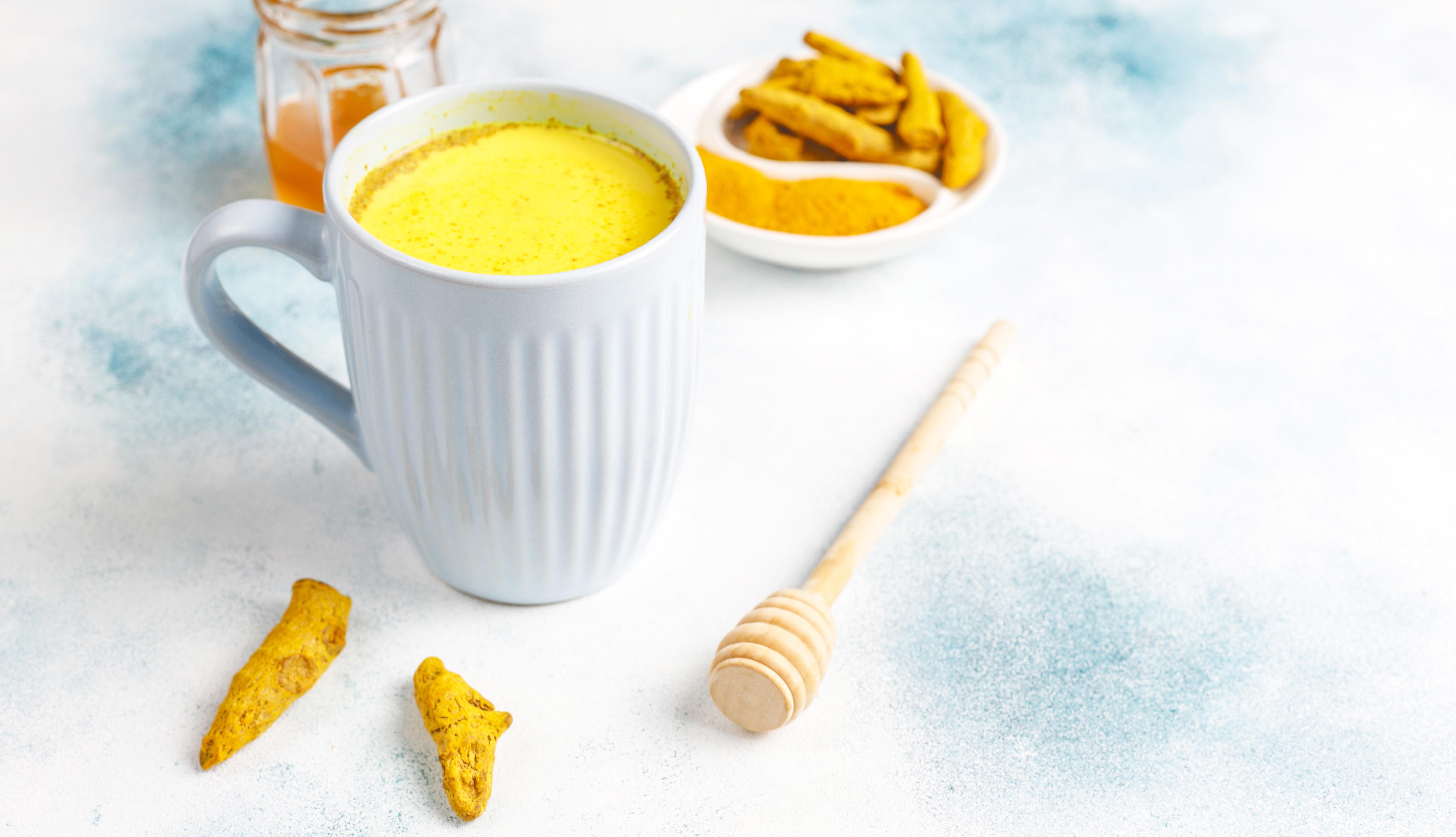
Turmeric, a vibrant yellow spice originating from India, has been used in Ayurvedic medicine for thousands of years. Its active ingredient, curcumin, is renowned for its anti-inflammatory and antioxidant properties. Ancient practitioners used turmeric to treat a variety of ailments, from digestive issues to skin conditions. Modern science has validated many of these uses, with studies showing that curcumin can help reduce inflammation, improve brain function, and even lower the risk of heart disease. Turmeric's ability to combat chronic inflammation makes it a valuable ally in the fight against many modern illnesses, highlighting its enduring significance in natural healing.
4. Willow Bark: Nature's Aspirin
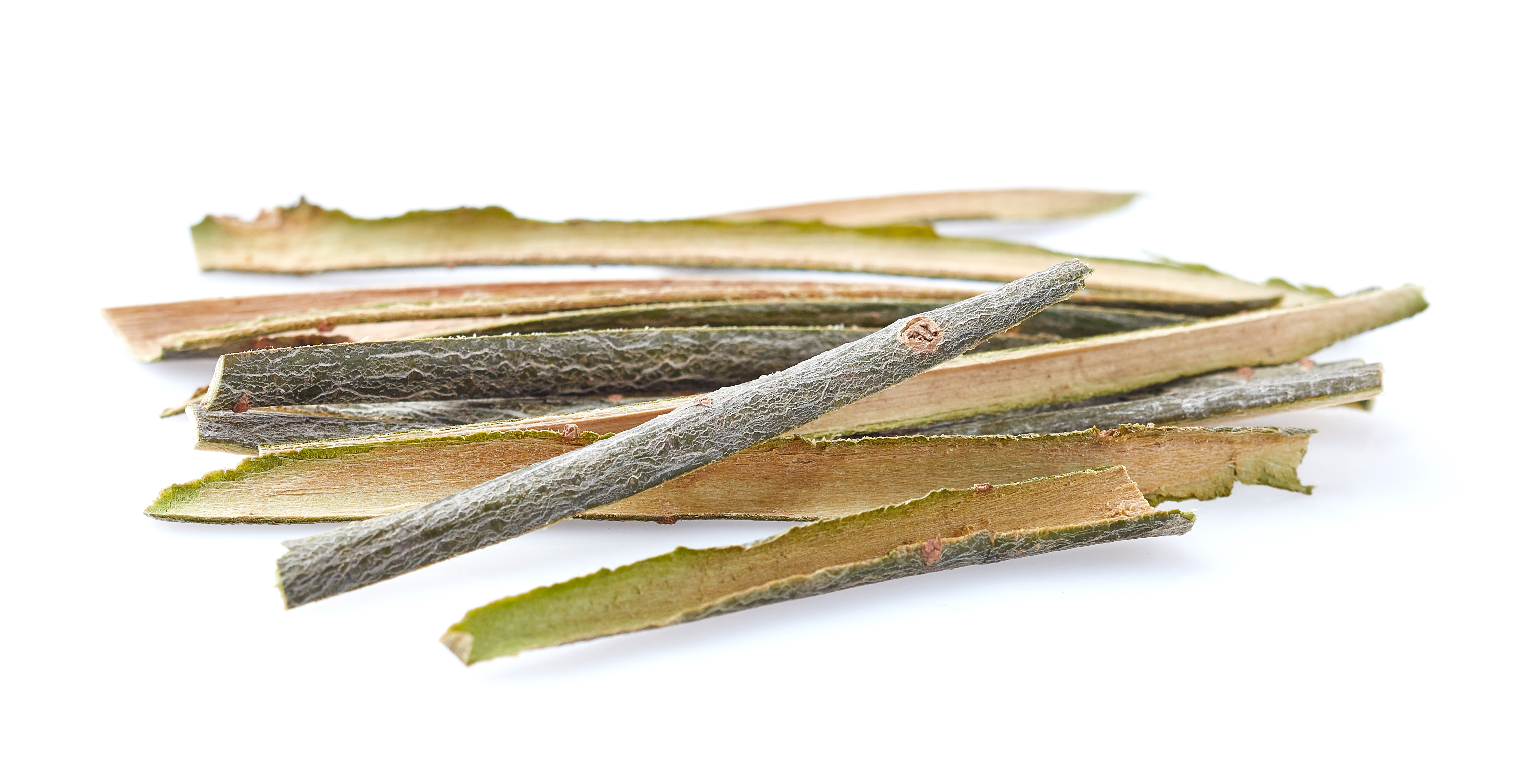
Long before the development of synthetic aspirin, willow bark was used by ancient civilizations, including the Greeks and Native Americans, to relieve pain and reduce fever. The bark contains salicin, a compound that is chemically similar to aspirin. When consumed, salicin is metabolized into salicylic acid, providing effective pain relief. Modern studies have confirmed willow bark's efficacy in treating headaches, arthritis, and other inflammatory conditions. Its natural origin and fewer side effects make it an attractive alternative to over-the-counter pain medications, offering a glimpse into the wisdom of ancient herbalists.
5. Aloe Vera: The Soothing Succulent
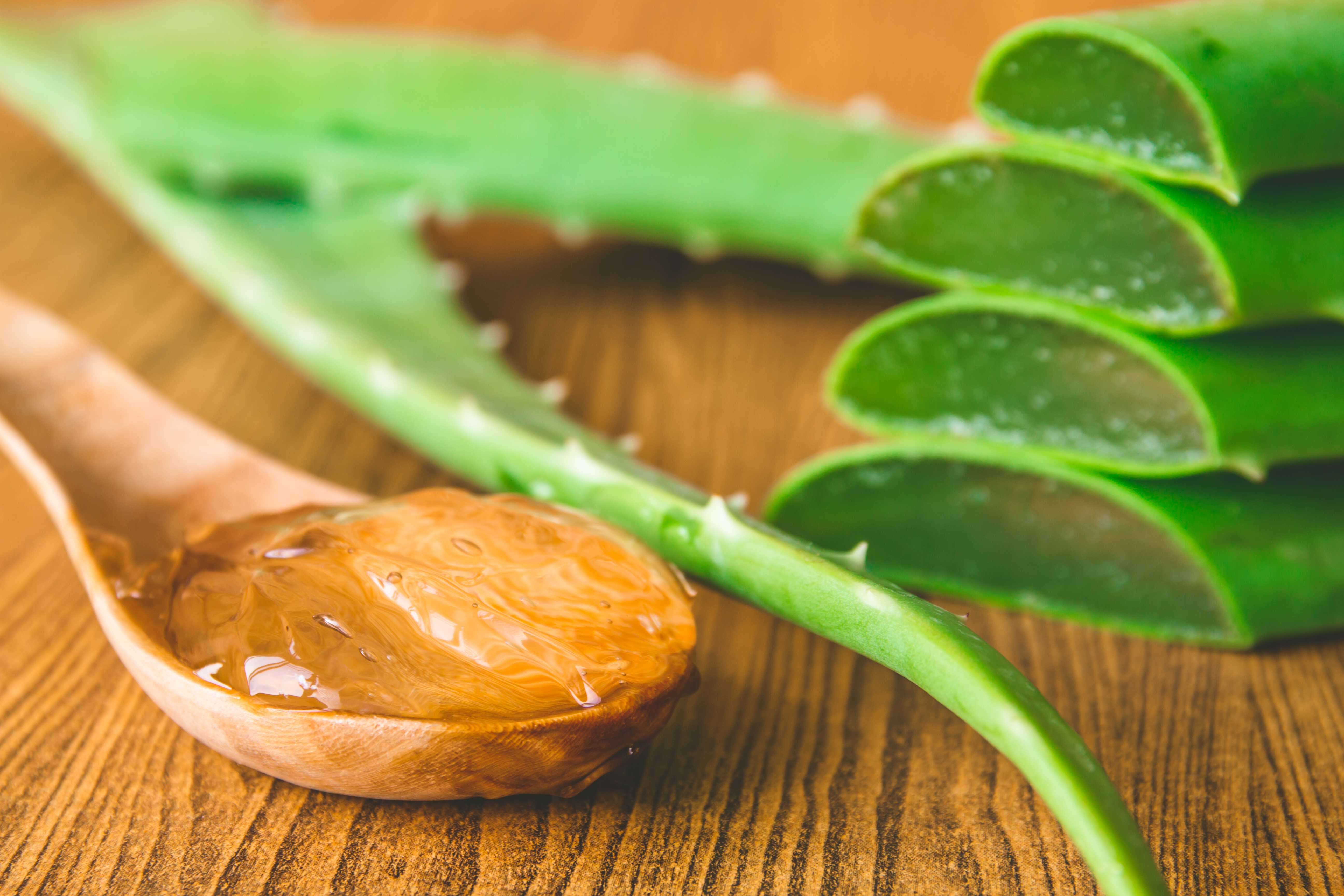
Aloe vera's healing properties have been celebrated since ancient times, with records indicating its use in Egyptian, Greek, and Roman medicine. Known for its soothing and moisturizing effects, aloe vera gel is commonly applied to burns, cuts, and skin irritations. The plant's gel contains compounds that promote wound healing and reduce inflammation, making it a popular choice for treating sunburns and other skin conditions. Additionally, aloe vera is used internally to support digestive health and boost the immune system. The plant's versatility and gentle healing power continue to make it a staple in both traditional and modern medicine.
6. Ginger: The Universal Remedy
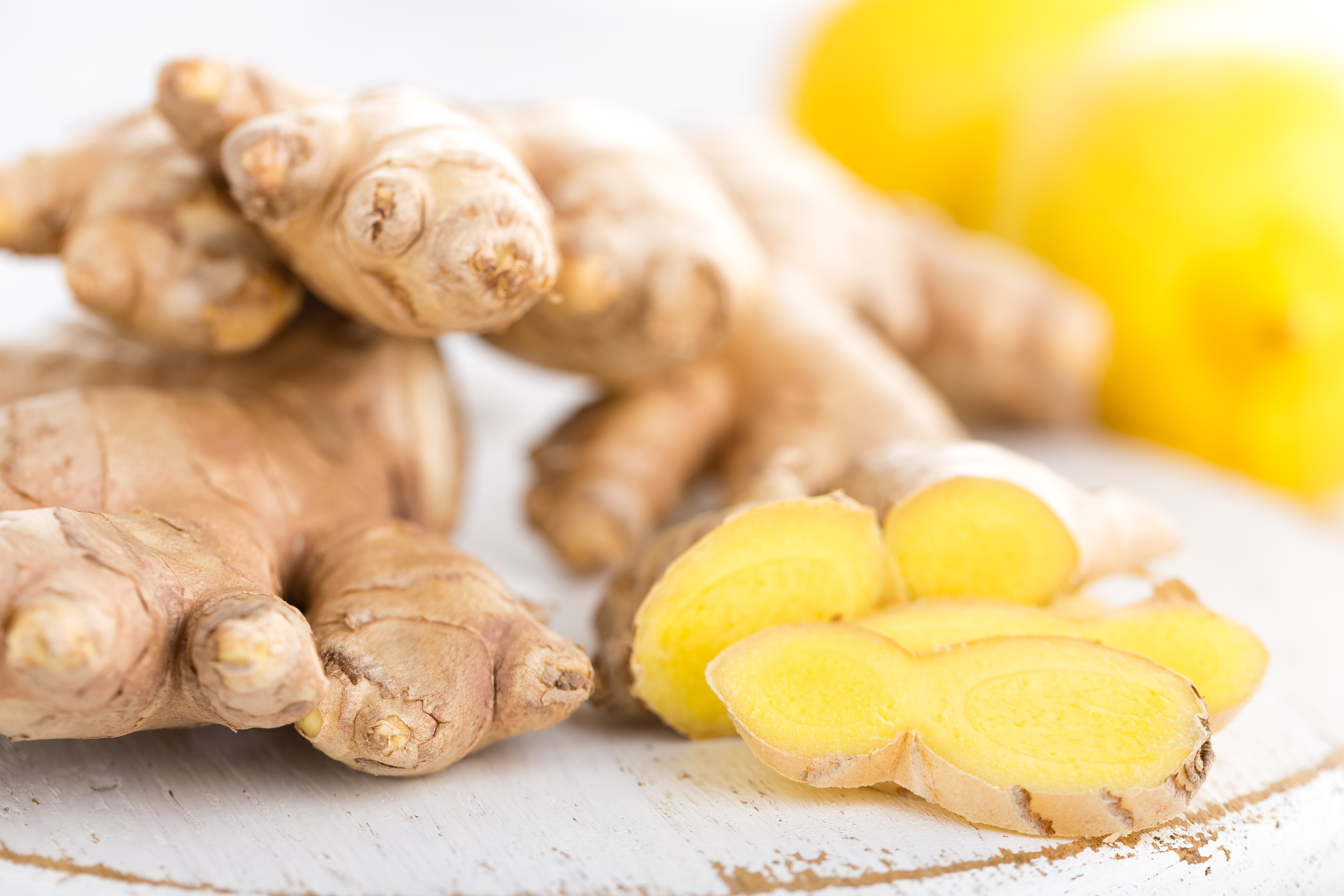
Ginger has been a cornerstone of traditional medicine in Asia for centuries, revered for its ability to treat a wide range of ailments. Its anti-inflammatory and antioxidant properties make it effective in relieving nausea, reducing muscle pain, and improving digestion. Ancient Chinese and Indian healers used ginger to treat respiratory and digestive disorders, and modern research has confirmed its efficacy in these areas. Ginger's ability to soothe the stomach and reduce inflammation makes it a valuable natural remedy for motion sickness, morning sickness, and arthritis, demonstrating its enduring relevance in health and wellness.
7. Lavender: The Calming Herb
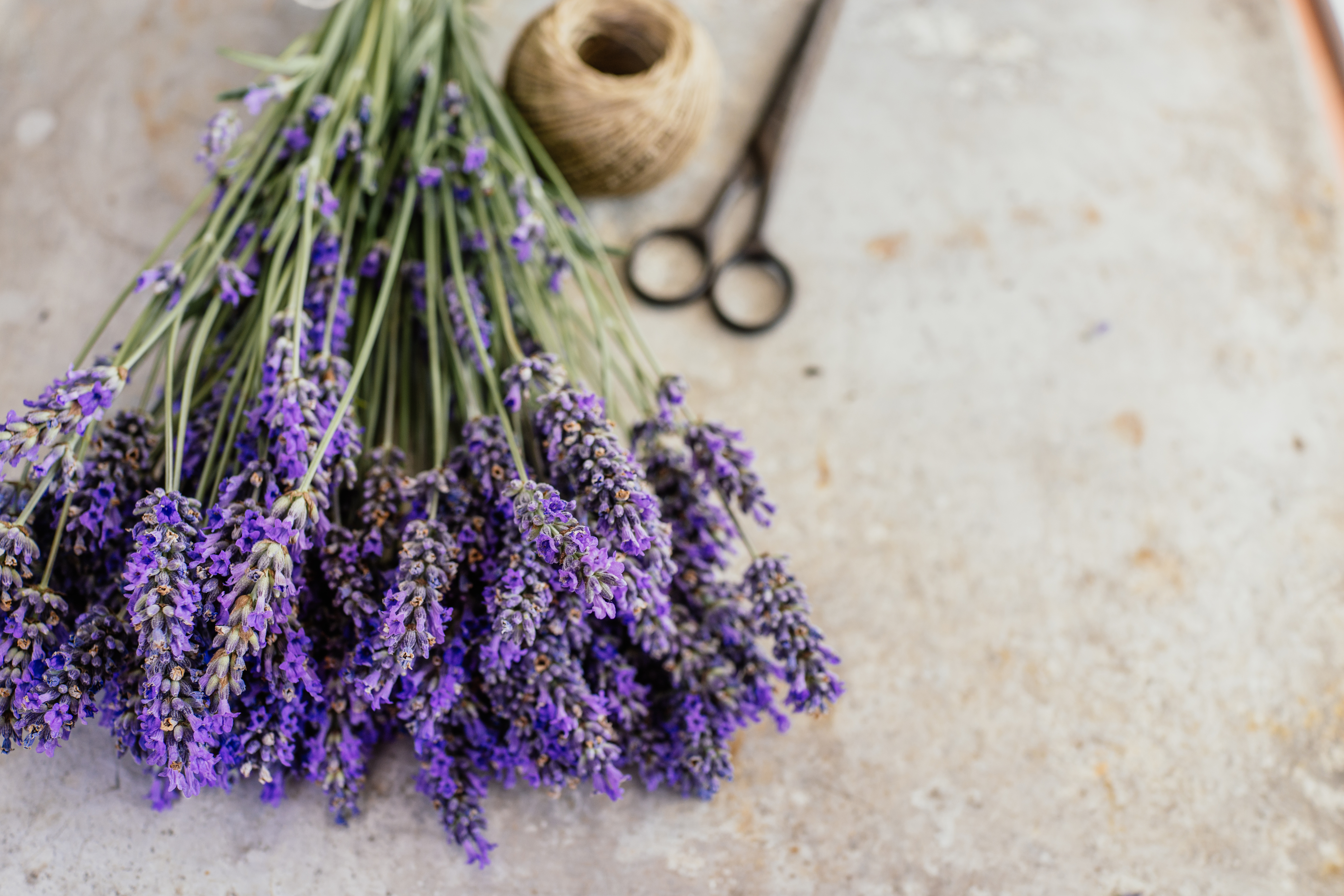
Lavender has been used for centuries to promote relaxation and treat anxiety, insomnia, and depression. Ancient Romans and Egyptians valued lavender for its calming scent and healing properties, using it in baths and as a natural perfume. Modern studies have shown that lavender's essential oil can reduce stress and anxiety levels, improve sleep quality, and even alleviate symptoms of depression. Its soothing aroma and gentle effects make lavender a popular choice for aromatherapy and natural stress relief, bridging the gap between ancient wisdom and contemporary wellness practices.
8. Eucalyptus: The Breath of Fresh Air
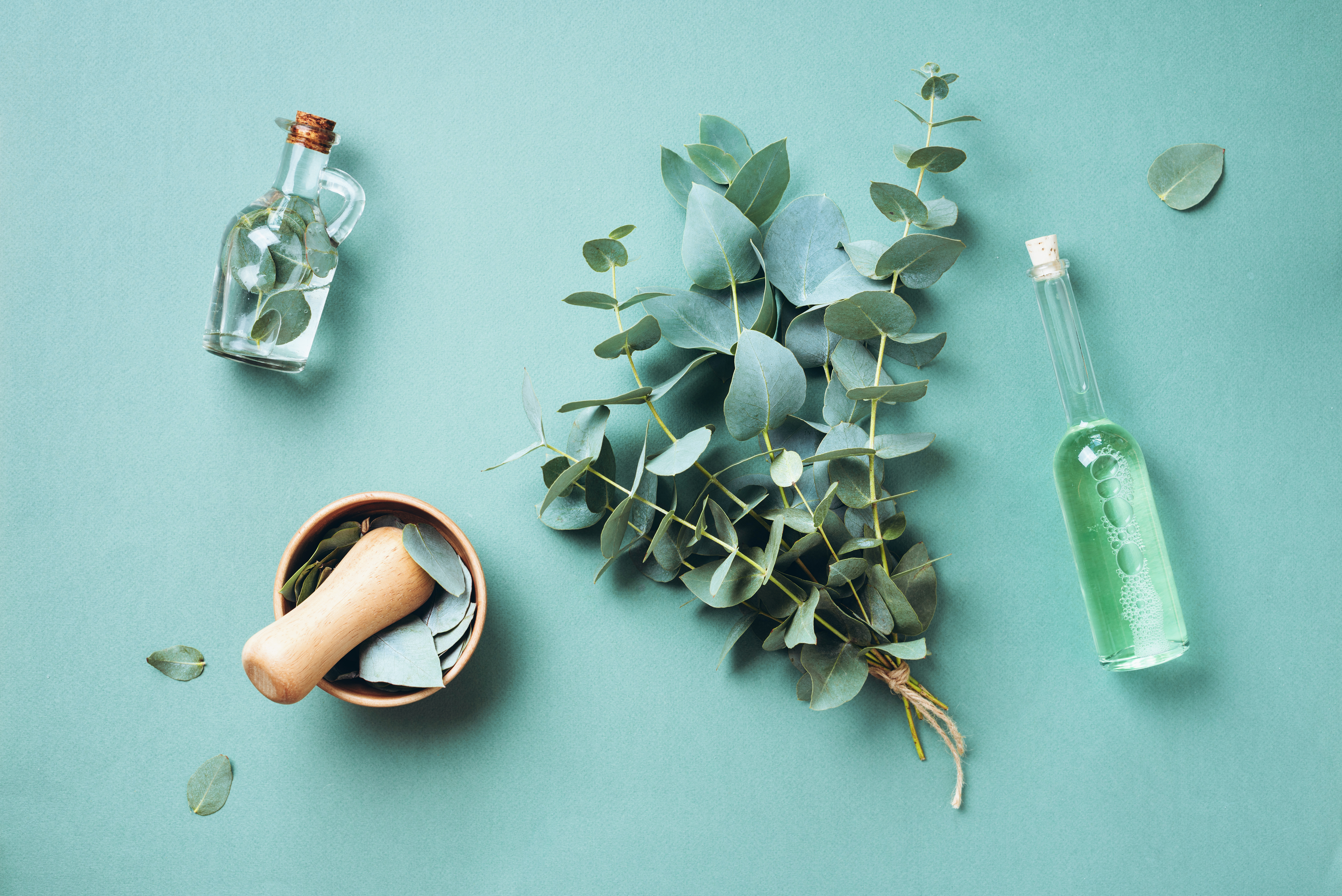
Eucalyptus has been used by indigenous Australians for its medicinal properties for thousands of years. Known for its ability to clear the respiratory tract and reduce inflammation, eucalyptus oil is a popular remedy for colds and respiratory infections. The plant's active compounds, such as eucalyptol, have been shown to relieve congestion, soothe sore throats, and improve breathing. Eucalyptus is also used in topical applications to relieve muscle pain and improve circulation. Its refreshing scent and powerful healing properties make it a valuable addition to natural medicine cabinets around the world.
9. Peppermint: The Digestive Soother
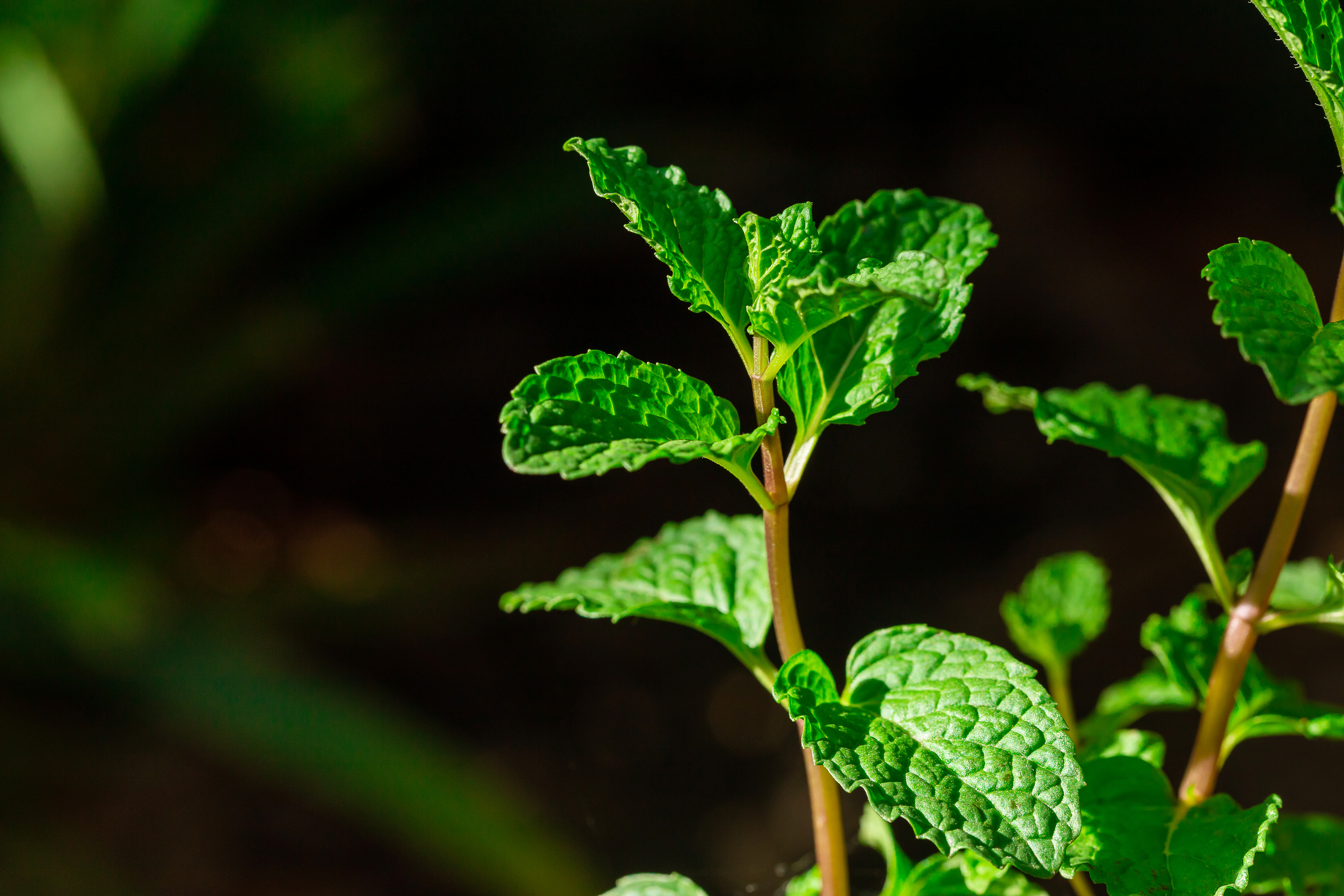
Peppermint has been used since ancient times to treat digestive issues and relieve pain. Its essential oil contains menthol, which has a calming effect on the gastrointestinal tract, reducing symptoms of irritable bowel syndrome (IBS) and indigestion. Ancient Egyptians and Greeks used peppermint to soothe stomach aches and improve digestion, and modern research has confirmed its efficacy in these areas. Peppermint's ability to relax the muscles of the digestive tract and reduce bloating makes it a popular natural remedy for digestive discomfort, showcasing its timeless appeal in holistic health.
10. Frankincense: The Sacred Resin
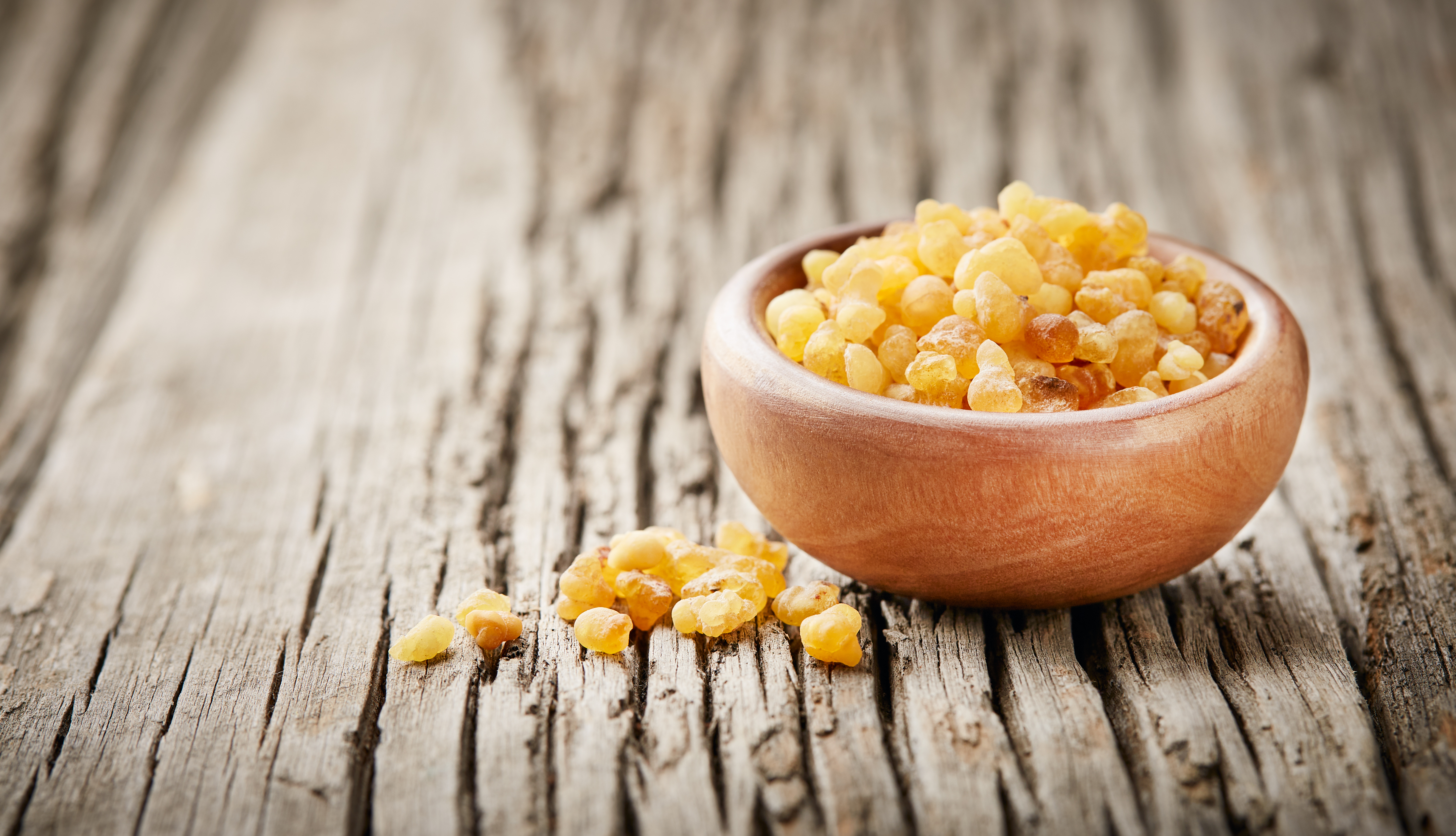
Frankincense, a resin derived from the Boswellia tree, has been used in religious and medicinal practices for thousands of years. Revered in ancient Egypt and the Middle East, frankincense was valued for its ability to purify the air and promote spiritual well-being. Modern research has revealed that frankincense contains compounds with anti-inflammatory and analgesic properties, making it effective in treating arthritis and other inflammatory conditions. Its calming scent and healing properties continue to make frankincense a popular choice in aromatherapy and natural medicine, bridging the gap between ancient rituals and modern wellness.
11. Licorice Root: The Sweet Healer
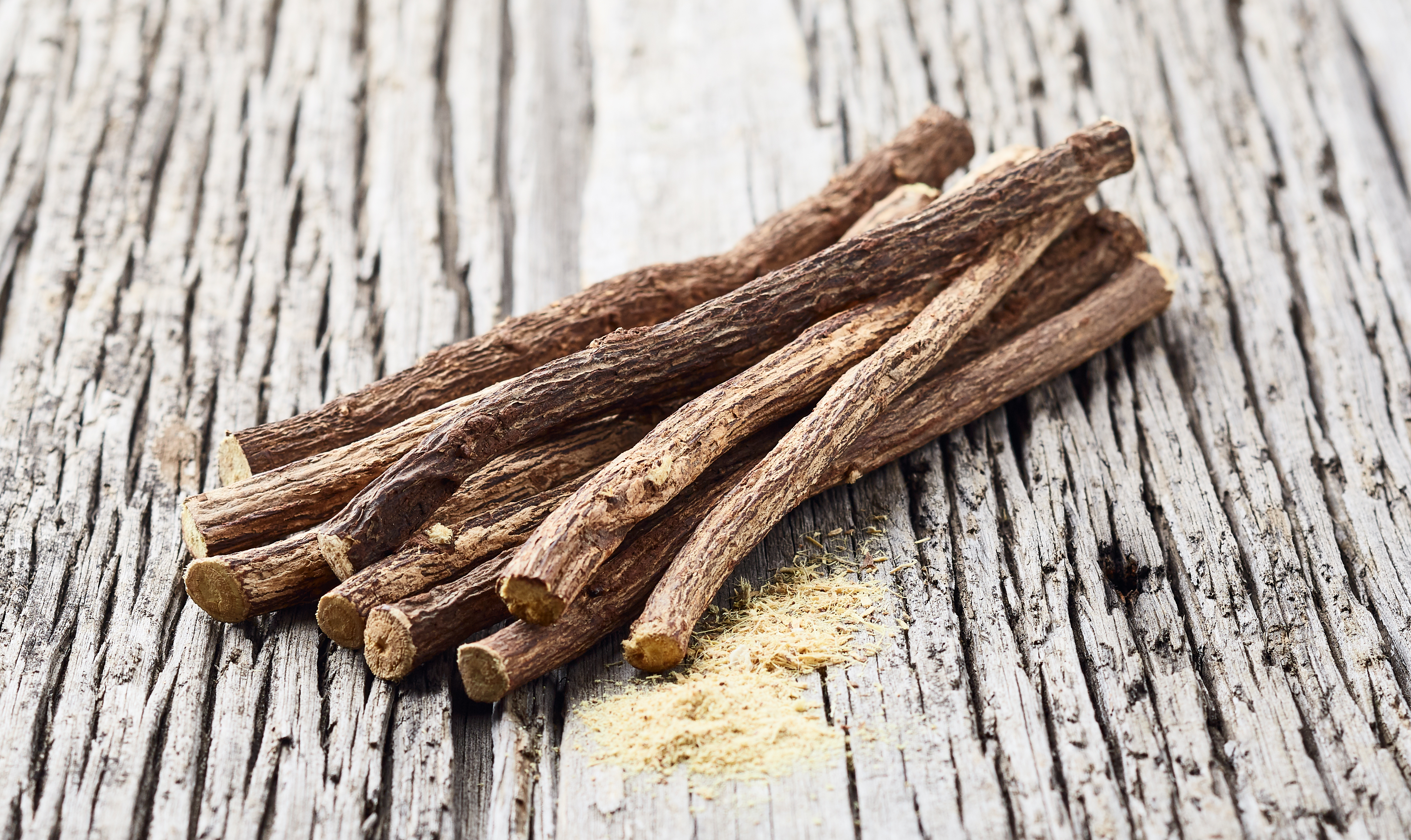
Licorice root has been used in traditional Chinese and Ayurvedic medicine for its healing properties, particularly in treating respiratory and digestive issues. The root contains glycyrrhizin, a compound known for its anti-inflammatory and immune-boosting effects. Ancient practitioners used licorice root to soothe sore throats, reduce coughs, and improve digestion, and modern studies have supported these uses. Licorice root's ability to modulate the immune system and reduce inflammation makes it a valuable natural remedy for a variety of ailments, highlighting its enduring significance in holistic health.
12. Chamomile: The Gentle Calmer
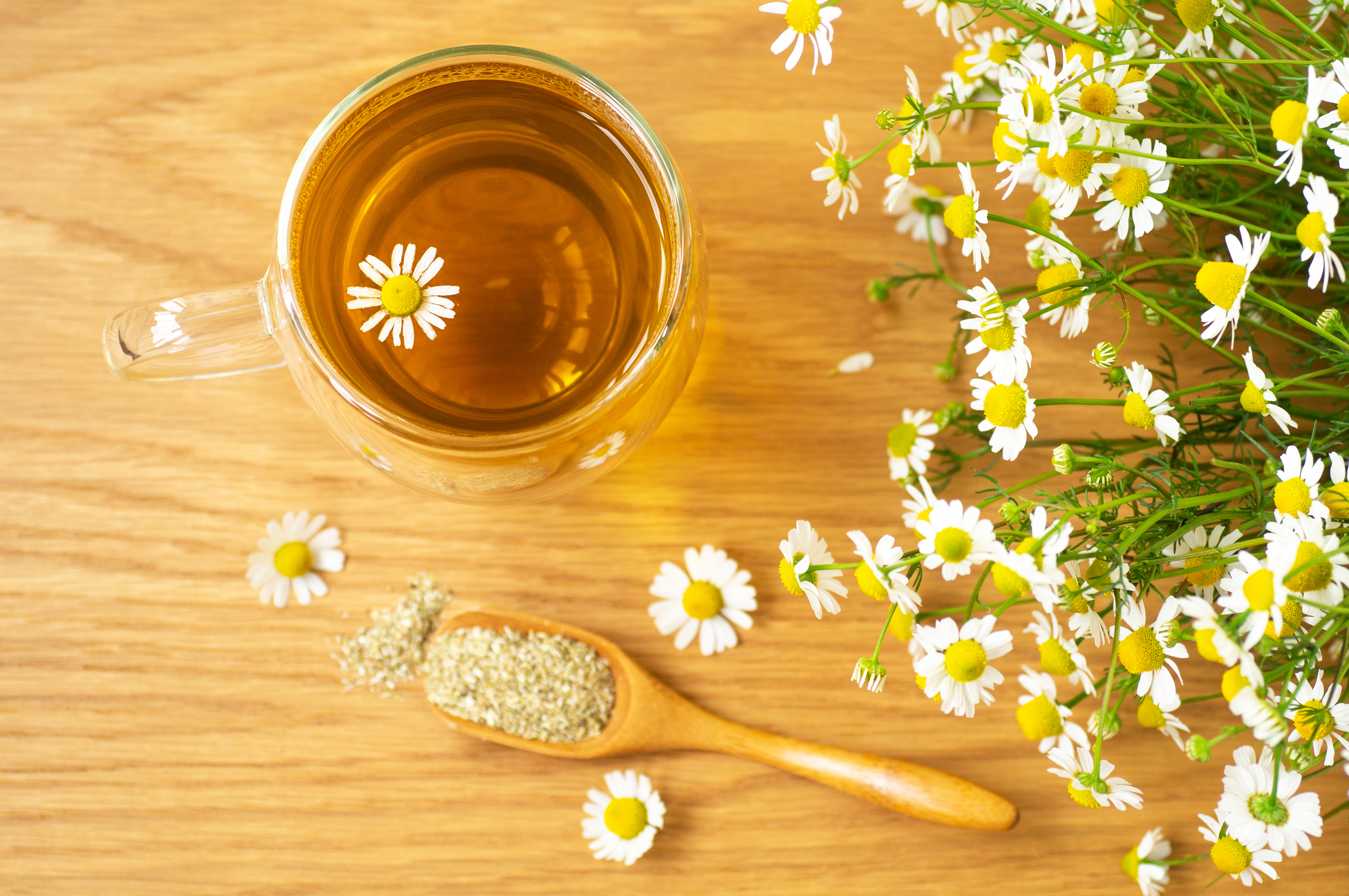
Chamomile has been used for centuries as a natural remedy for anxiety, insomnia, and digestive issues. Ancient Egyptians and Romans valued chamomile for its calming effects, using it in teas and tinctures to promote relaxation and improve sleep quality. Modern research has confirmed chamomile's efficacy in reducing anxiety and improving sleep, making it a popular choice for those seeking natural stress relief. Its gentle and soothing properties make chamomile a beloved herbal remedy, reflecting the timeless appeal of ancient wisdom in contemporary wellness practices.
13. Ashwagandha: The Ancient Adaptogen
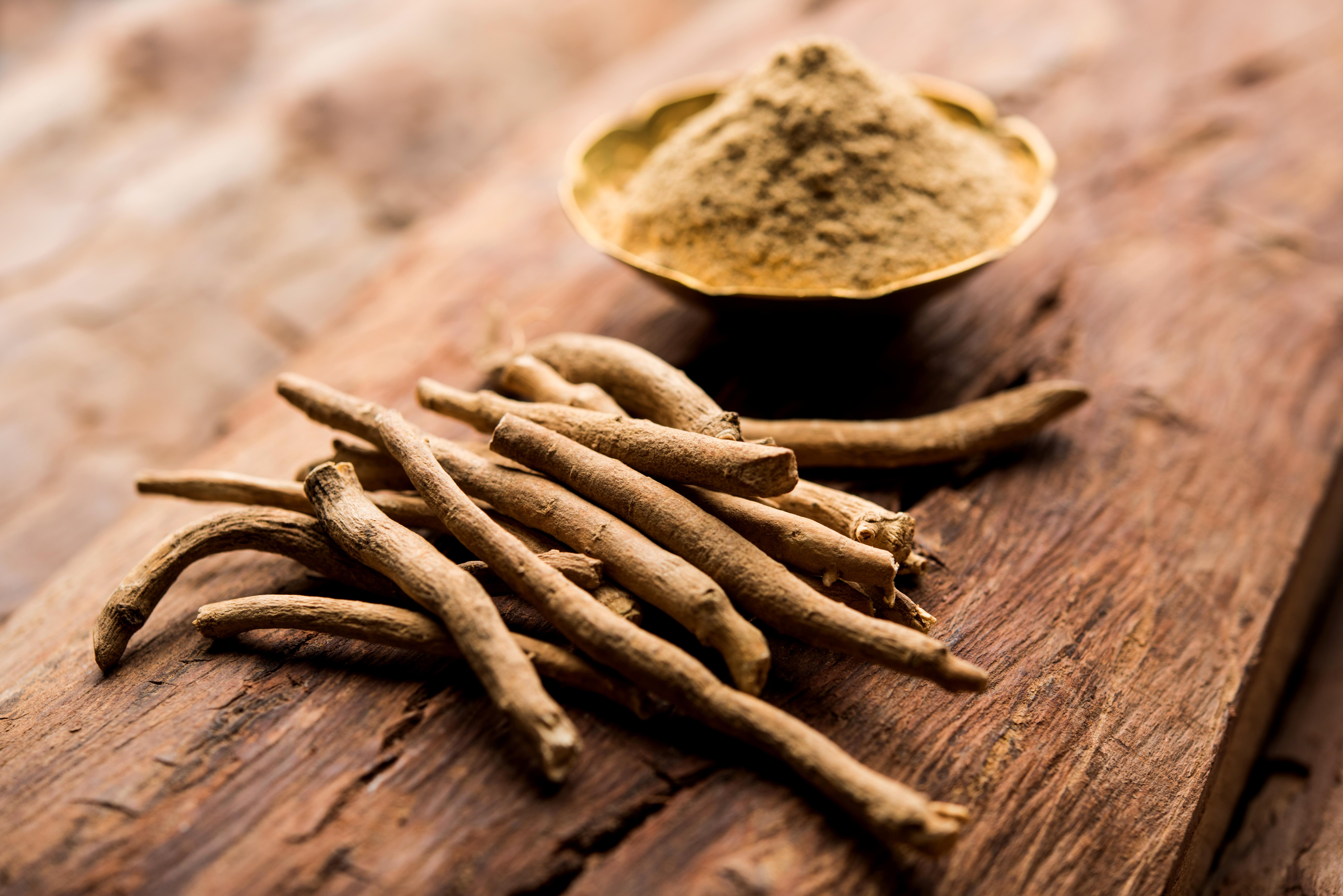
Used for over 3,000 years in Ayurvedic medicine, ashwagandha is an adaptogenic herb revered for its ability to help the body resist physical and mental stress. Known as the “strength of the stallion,” it was traditionally used to rejuvenate energy, enhance stamina, and improve vitality. Modern research supports its calming effects on the nervous system, linking it to reduced cortisol levels, improved sleep, and anxiety relief. It’s also being studied for its potential to enhance cognitive function and thyroid health. Ashwagandha is a prime example of how ancient stress solutions are now making a scientific comeback.
14. Myrrh: The Antiseptic Resin
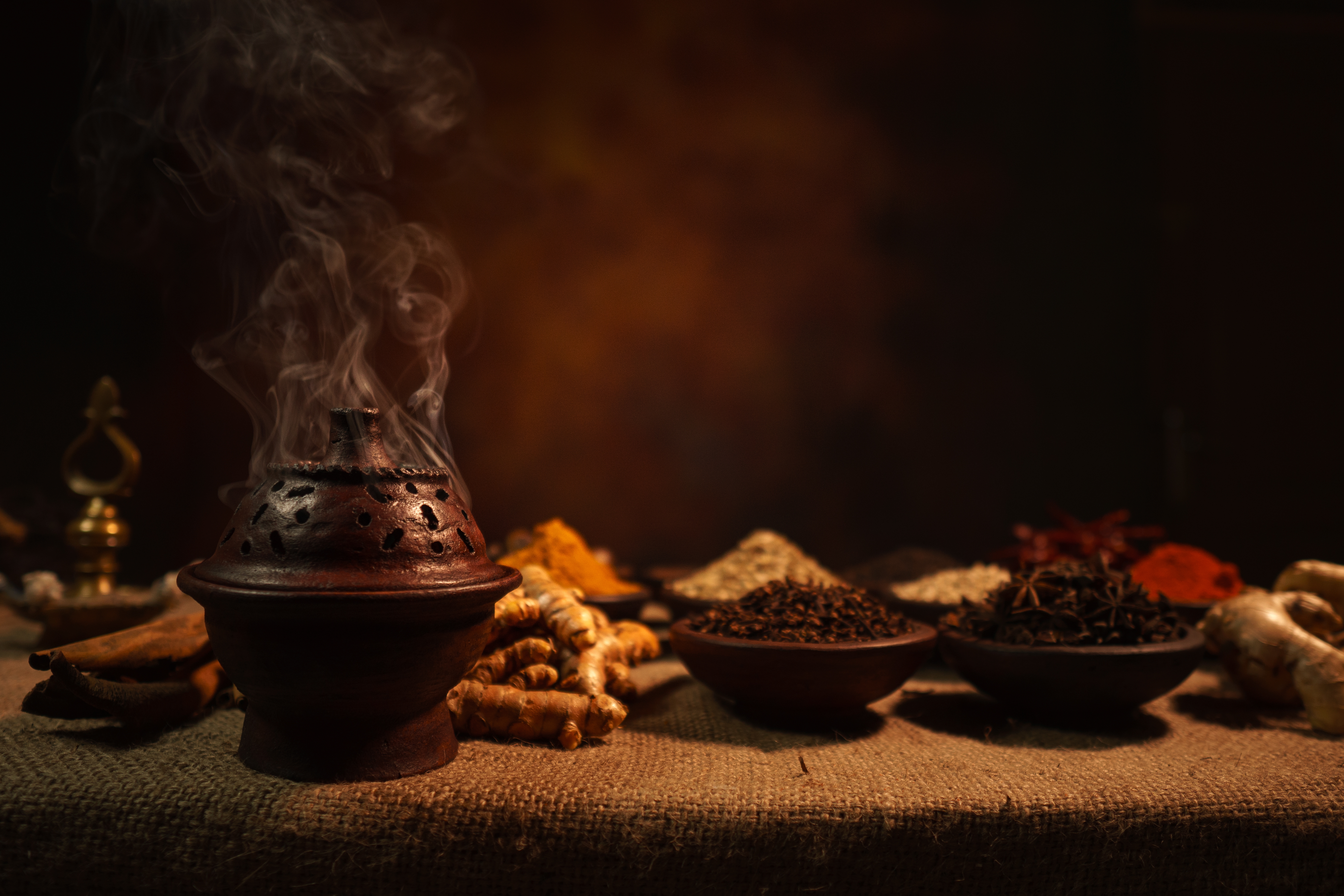
Often overshadowed by frankincense, myrrh was equally prized in ancient Egyptian, Greek, and Chinese medicine. Sourced from the Commiphora tree, myrrh resin was used to treat wounds, infections, and digestive issues. Its antiseptic and anti-inflammatory properties made it a go-to remedy for everything from sore gums to skin infections. Today, myrrh is recognized for its antimicrobial effects and its ability to support oral health, reduce inflammation, and even fight certain fungal strains. This bitter yet powerful resin continues to be used in natural mouthwashes and healing salves, proving that its ancient role as a healer still holds true.
15. Fenugreek: The Seed of Strength
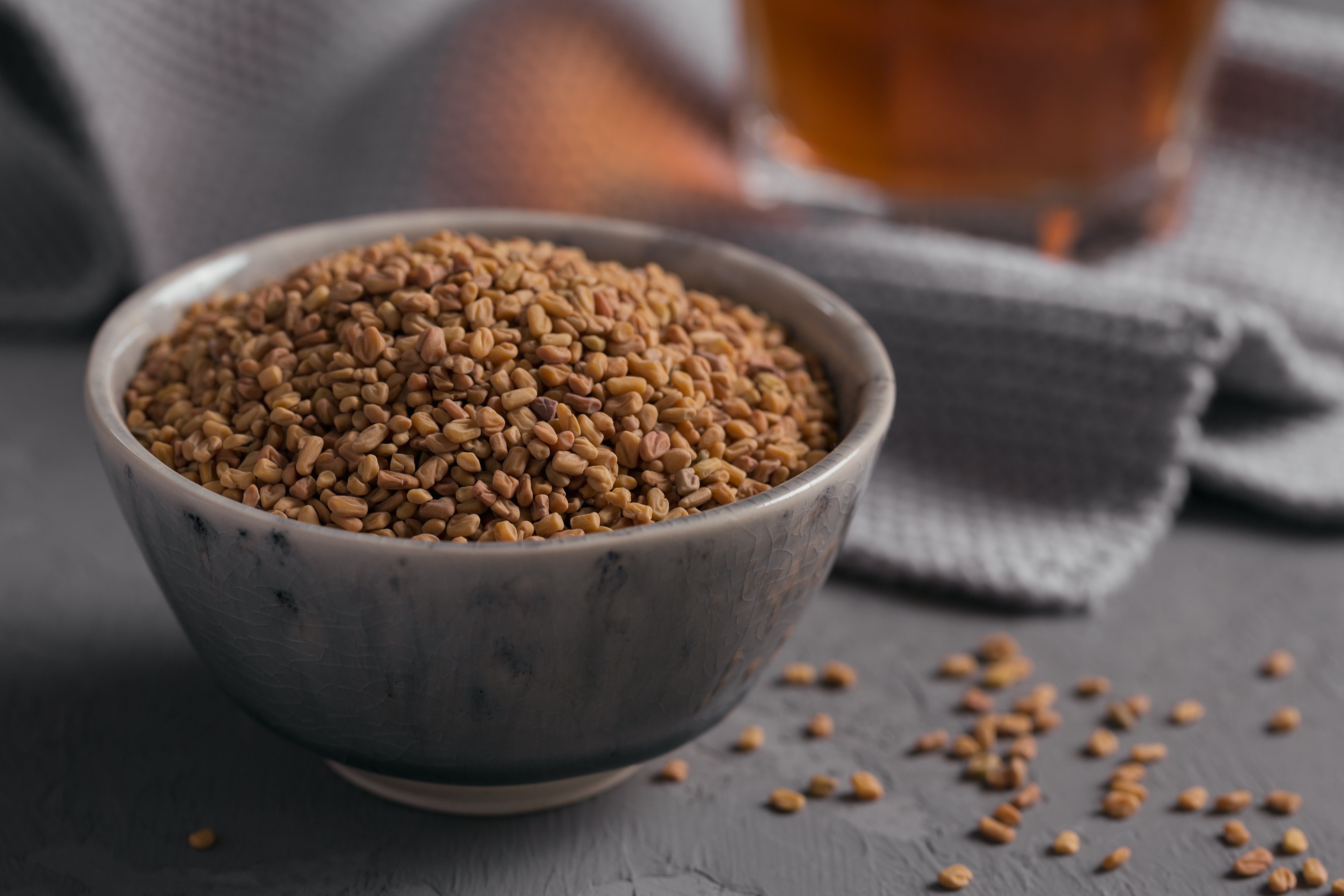
Fenugreek seeds have been used for millennia in Middle Eastern and Indian medicine for everything from increasing milk production in nursing mothers to balancing blood sugar levels. Rich in soluble fiber and plant compounds, fenugreek slows carbohydrate absorption and supports insulin function—making it a valuable ally for people managing diabetes. It was also used to boost libido and ease menstrual cramps. Modern studies support many of these applications, including its role in testosterone support and metabolic health. Whether steeped as tea or ground into spice blends, fenugreek remains a quietly powerful staple in both kitchens and apothecaries.
16. Shilajit: The Himalayan Mineral Cure
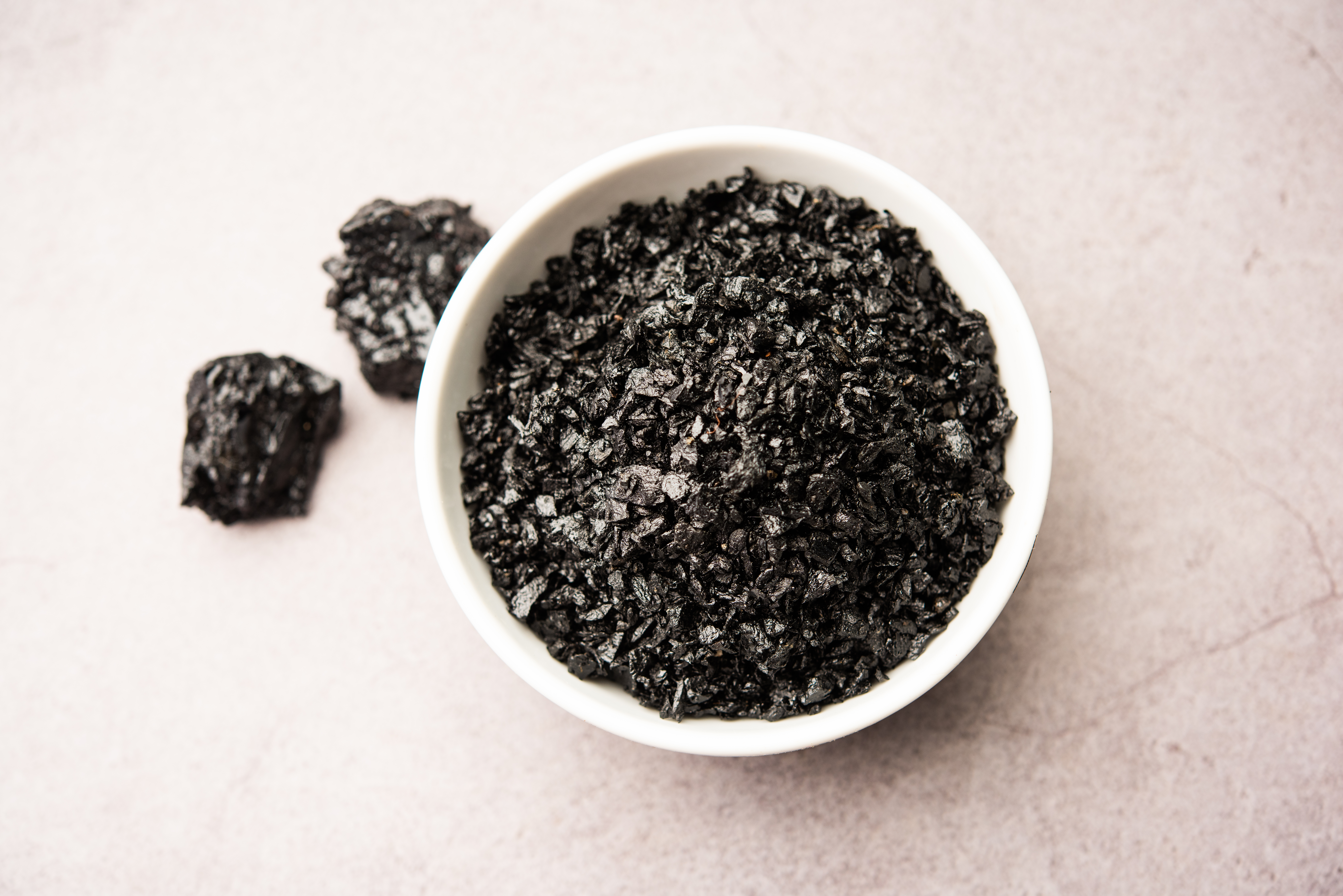
Shilajit is a tar-like substance exuding from Himalayan rocks, revered in Ayurvedic medicine for its rejuvenating properties. Ancient healers used it to enhance vitality, cognitive clarity, and physical stamina. Rich in fulvic acid and trace minerals, shilajit is now being studied for its potential to improve mitochondrial function, reduce fatigue, and support testosterone levels. It’s also known for its antioxidant and anti-inflammatory properties. Often referred to as a “destroyer of weakness,” shilajit is one of the rare ancient remedies that bridges herbalism and mineral therapy—tapping into earth’s raw power for full-body restoration.
17. Thyme: The Warrior’s Herb
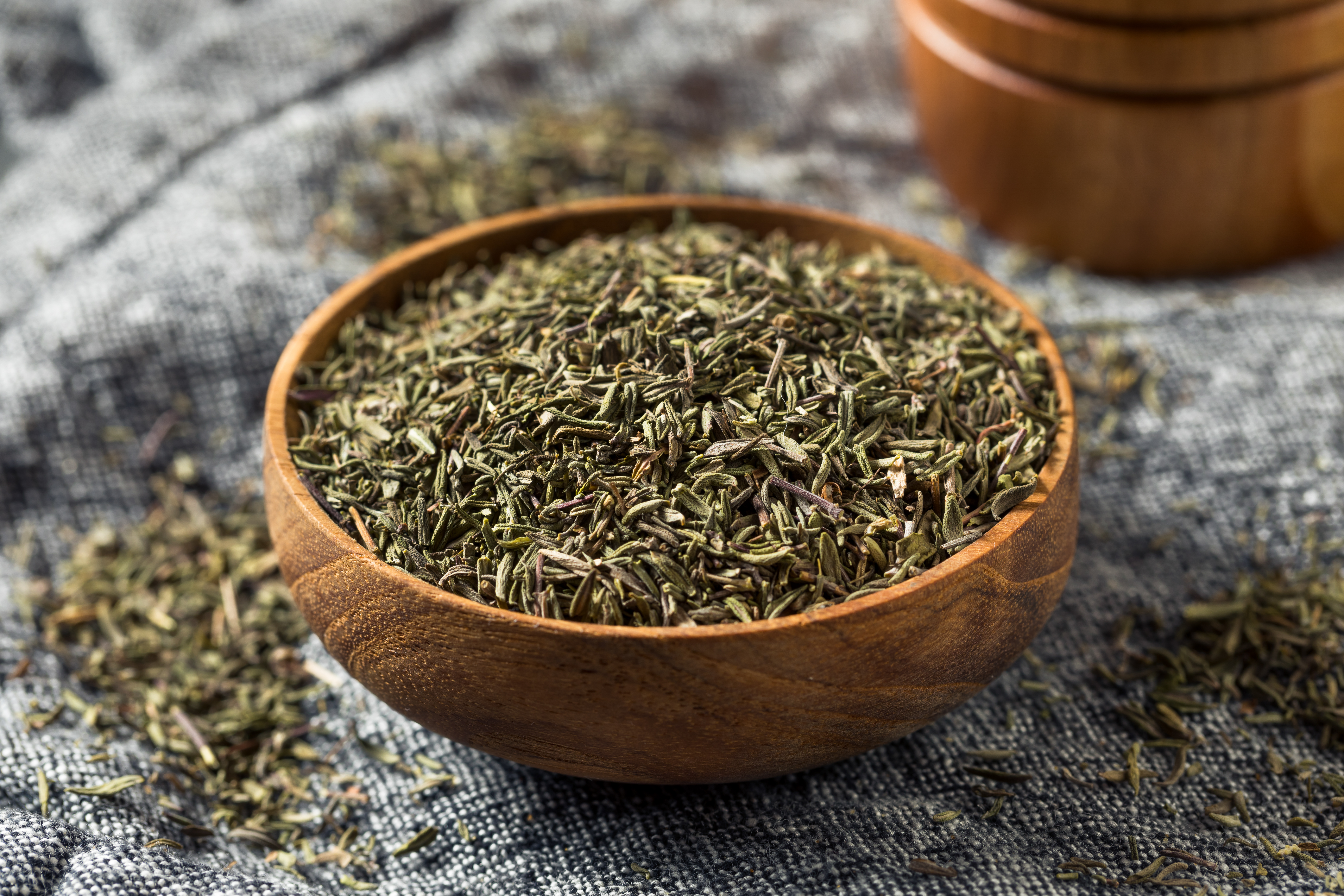
Used by ancient Greeks and Romans in battlefield bandages and temple rituals, thyme was associated with bravery and purification. Its medicinal properties stem from thymol, a potent antiseptic compound that modern science has confirmed to be effective against bacteria, fungi, and even some viruses. Thyme tea has long been used to ease coughs and respiratory infections, while thyme oil remains a staple in natural antiseptics and mouthwashes. This humble herb, once tucked into soldiers’ armor for courage, is now a respected immune supporter in herbal medicine. Sometimes, the boldest remedies grow quietly in the garden.
18. Neem: The Village Pharmacy
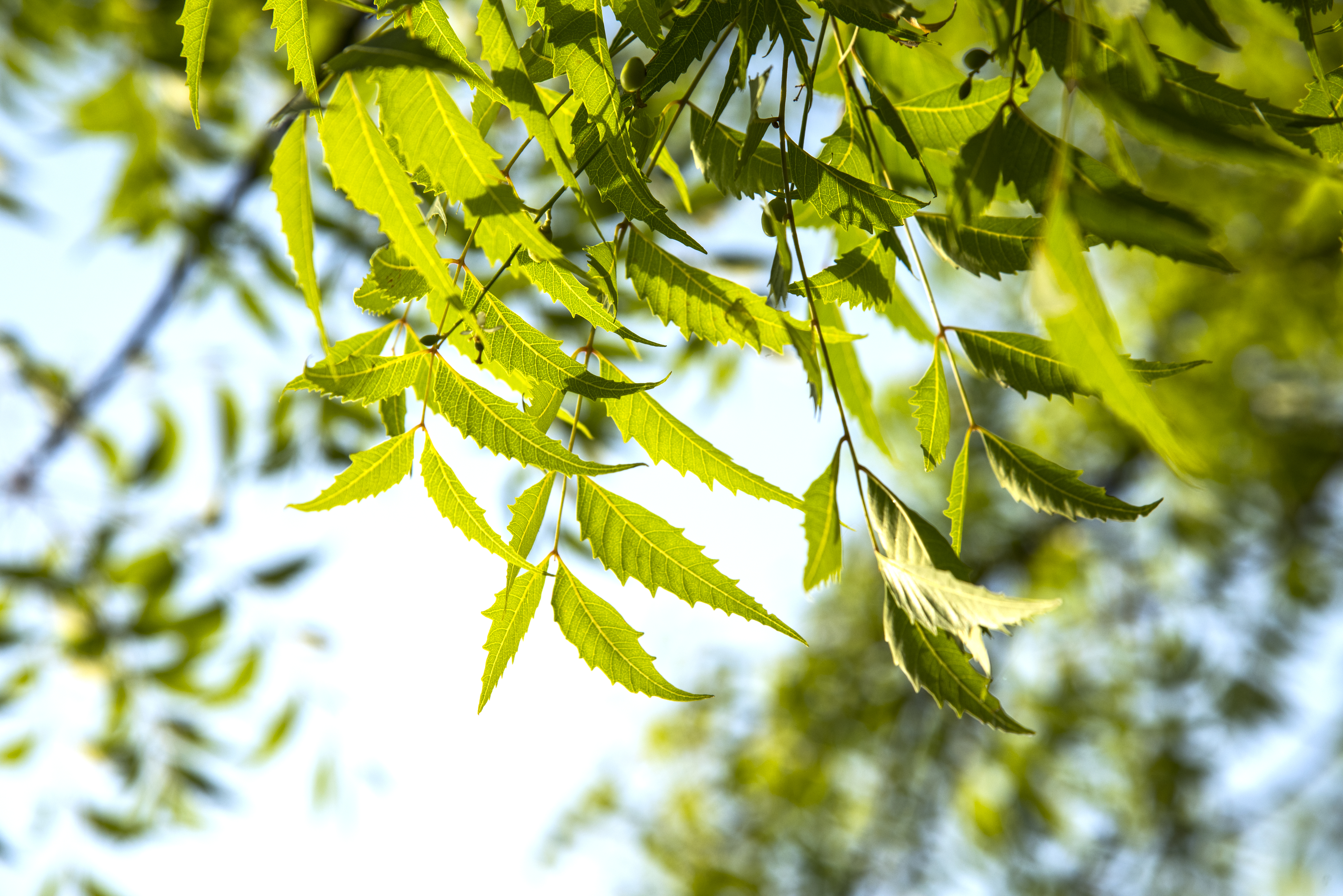
In India, neem is often called “the village pharmacy”—and for good reason. Used for millennia in Ayurvedic and Unani medicine, nearly every part of the neem tree has healing properties. The leaves, packed with anti-fungal and antibacterial compounds, are used for skin infections, while neem oil soothes eczema and scalp conditions. Neem twigs once served as natural toothbrushes—modern studies now confirm their plaque-fighting powers. With emerging research supporting its role in blood sugar regulation and immune support, neem isn’t just an old-world remedy—it’s a multi-purpose powerhouse still delivering results across generations.
19. Moxa (Moxibustion): Warming the Body Back to Balance
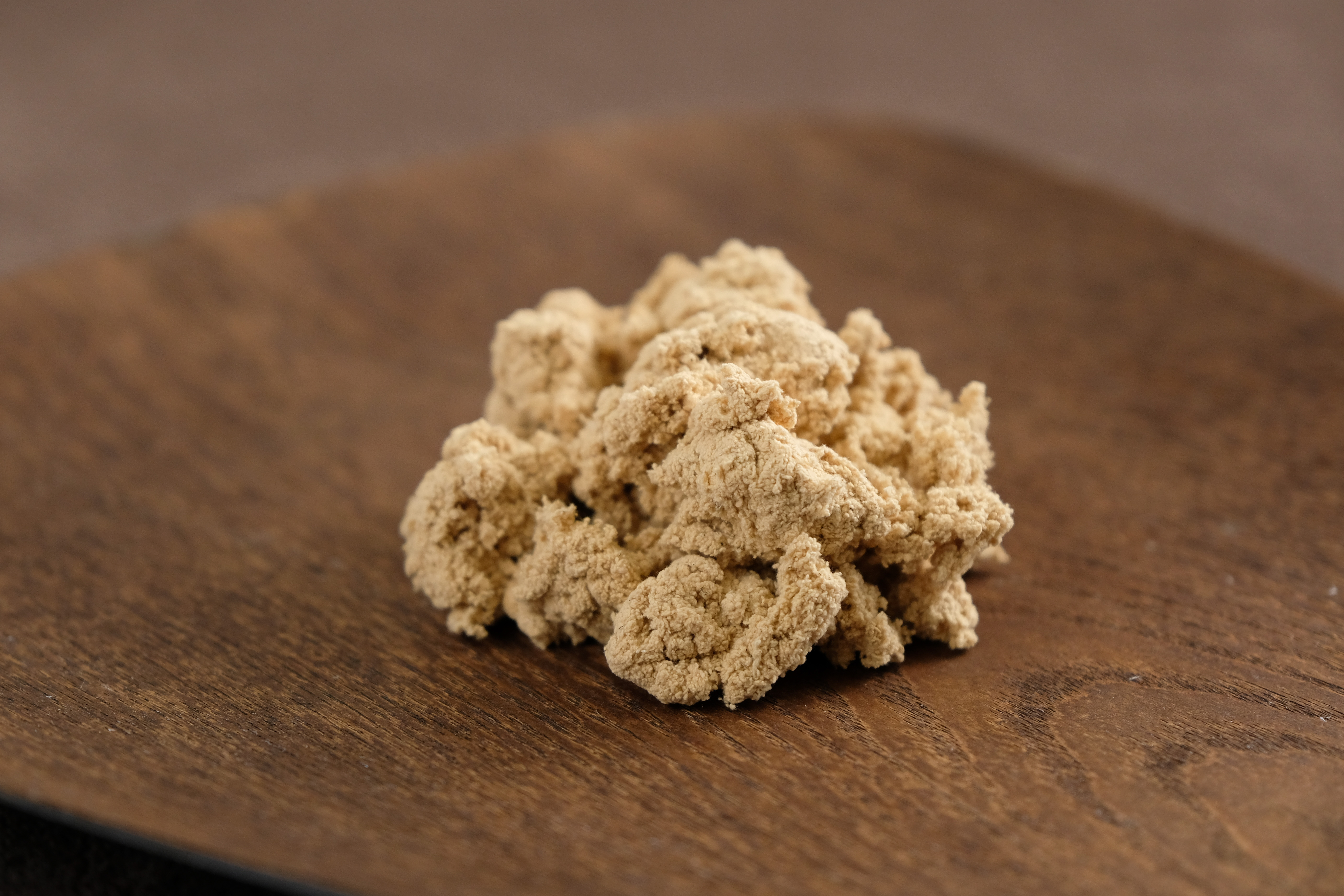
A cornerstone of Traditional Chinese Medicine, moxibustion involves burning dried mugwort (moxa) near specific acupuncture points to stimulate healing and energy flow. Ancient practitioners used it to warm the meridians, expel cold, and treat chronic pain or fatigue. Today, it's gaining recognition for improving circulation, easing menstrual cramps, and even correcting breech positions in pregnancy. Unlike acupuncture, moxa adds a literal layer of heat and smoke to healing—symbolic of the fire needed to reignite stagnant energy. It may look unusual, but it’s a time-tested therapy with growing modern clinical support.
20. Cabbage Leaves: The Cold Compress of Antiquity
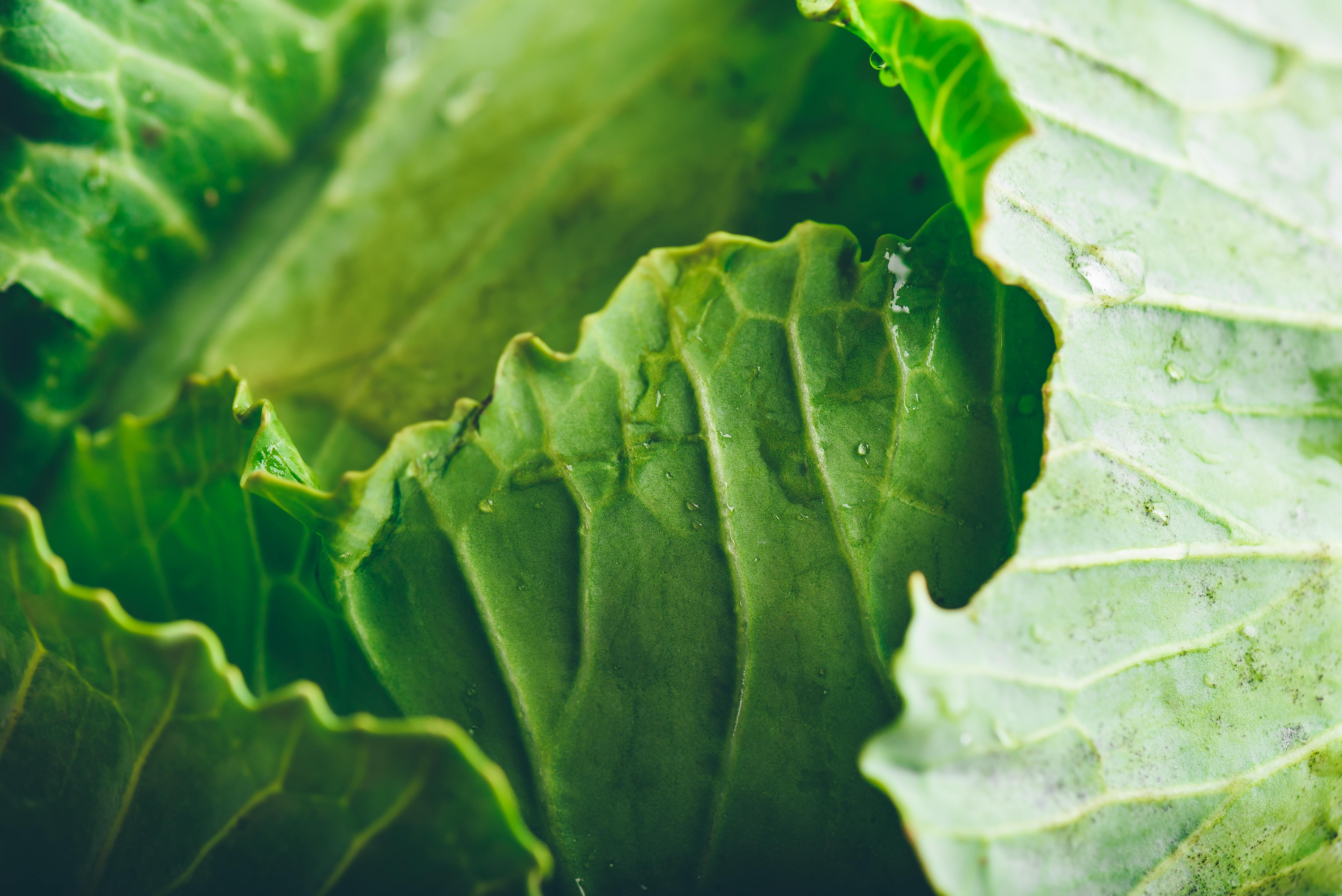
It sounds simple, but ancient Europeans and Egyptians swore by cabbage leaves for reducing swelling and pain. Packed with antioxidants, sulfur compounds, and anti-inflammatory phytochemicals, cabbage compresses were applied to arthritic joints, mastitis-swollen breasts, and even bruises. Today, lactation consultants still recommend chilled cabbage leaves for postpartum relief—and studies suggest they reduce pain and engorgement. What makes this remedy powerful is its accessibility: no tinctures, no tools, just layers of healing built into a humble vegetable. Sometimes, the most effective therapies are already sitting in your kitchen.
21. Pine Resin: Forest Medicine for the Skin
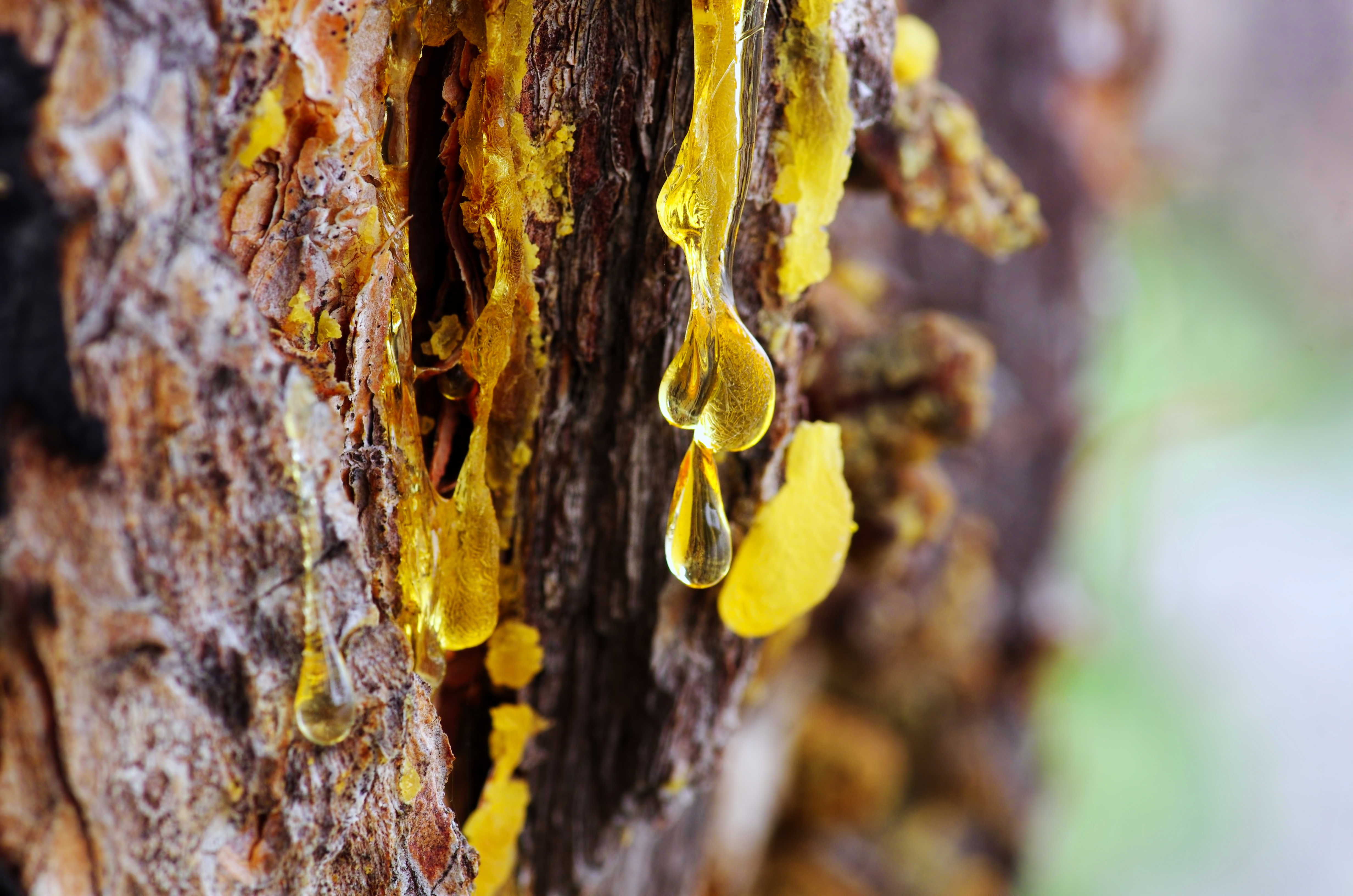
Used by Indigenous peoples across North America and ancient Baltic cultures alike, pine resin was the original wound sealant. Antibacterial, antifungal, and naturally sticky, it was applied directly to cuts, boils, and infections—both as a barrier and a treatment. Pine resin salves are making a comeback today for healing skin conditions, with lab research confirming its antiseptic and regenerative properties. Beyond the science, there’s something deeply grounding about tree medicine: the idea that towering pines offer protection not just from the elements—but from pathogens, too.
22. Bone Broth: Ancient Elixir for Modern Guts
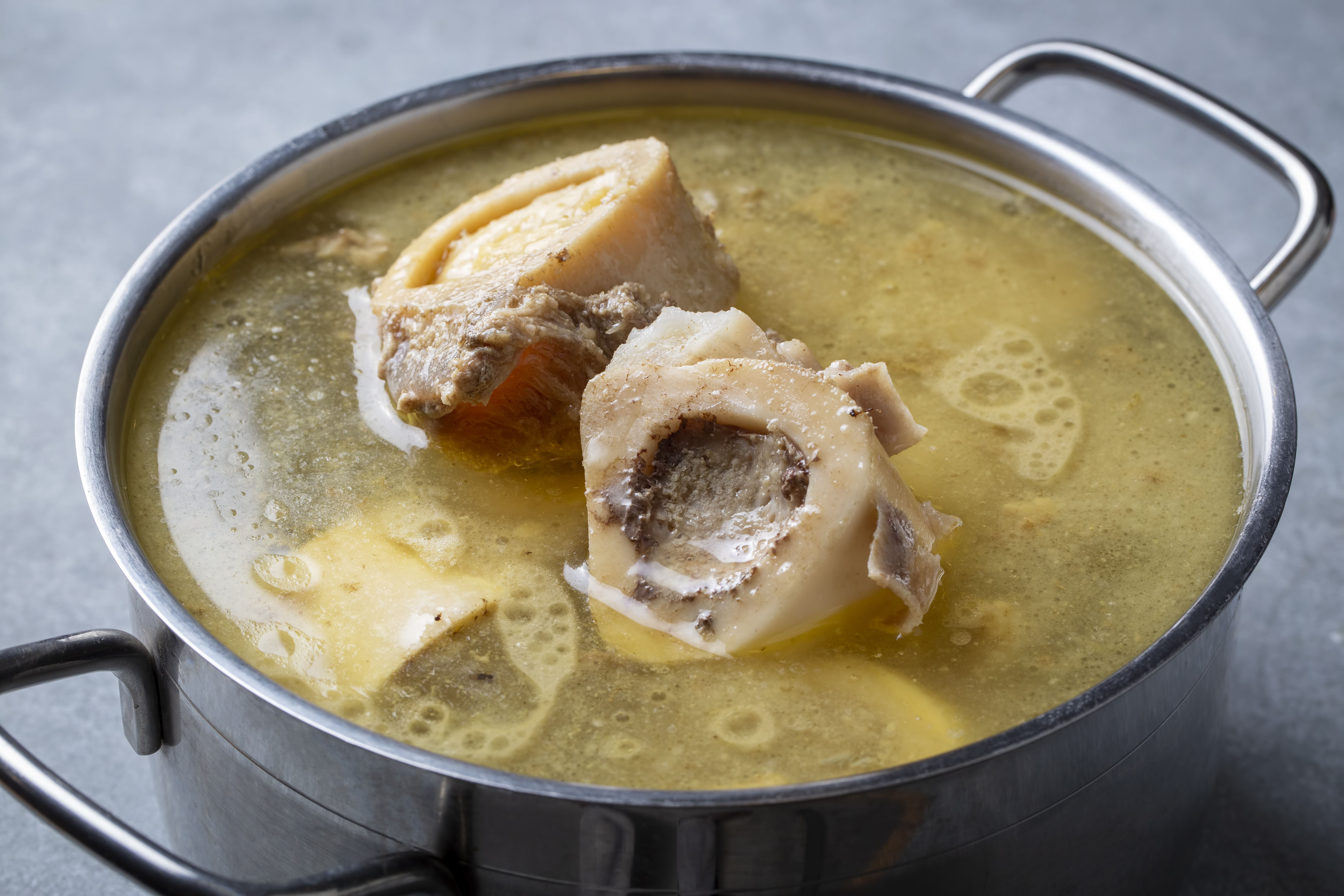
Long before collagen powders and gut-healing protocols, bone broth was a global staple—from Chinese tonics to Jewish penicillin (chicken soup). Simmering bones for hours releases gelatin, minerals, and amino acids like glycine and proline—compounds essential for joint, skin, and digestive health. Ancient cultures believed this broth could “warm the marrow” and restore life force. Today, dietitians recommend bone broth for leaky gut, post-illness recovery, and even sleep support. It’s slow food with staying power—a timeless remedy brewed not just for comfort, but for true healing from the inside out.
23. Castor Oil: The Ancient Detox Tool
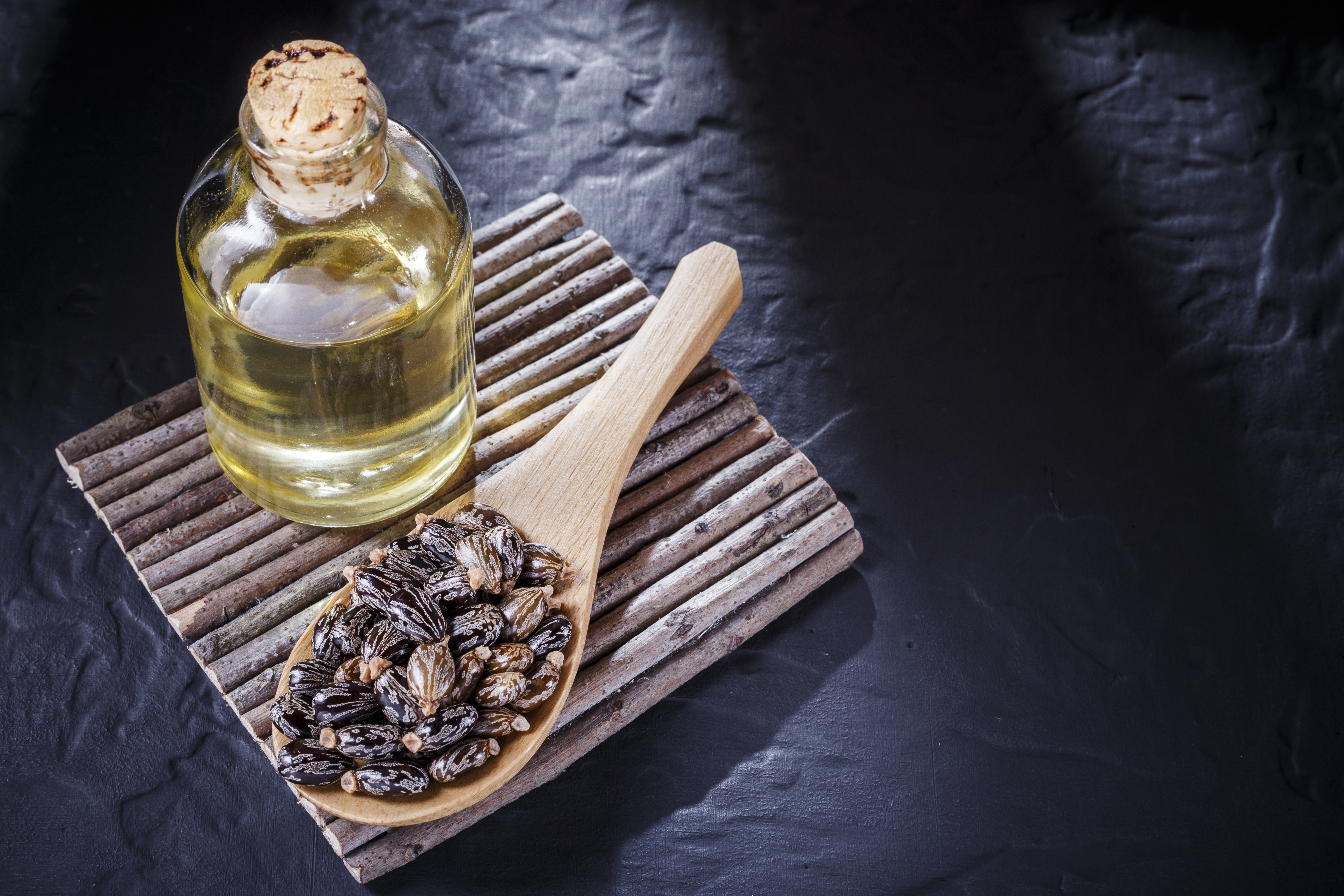
Used by the Egyptians and later embraced in Ayurvedic and folk medicine, castor oil was once considered a cure-all—from laxative to skin salve. Pressed from castor beans, the oil contains ricinoleic acid, which has anti-inflammatory and antimicrobial properties. Traditionally applied as a “castor oil pack” over the abdomen, it was believed to detoxify the liver, ease constipation, and reduce pelvic inflammation. Today, it’s gaining attention in holistic circles for supporting lymphatic drainage, menstrual pain, and even hair regrowth. Messy? Yes. Mysterious? A little. But castor oil remains one of the most quietly potent healers passed down through generations.
24. Nettle: The Sting That Soothes
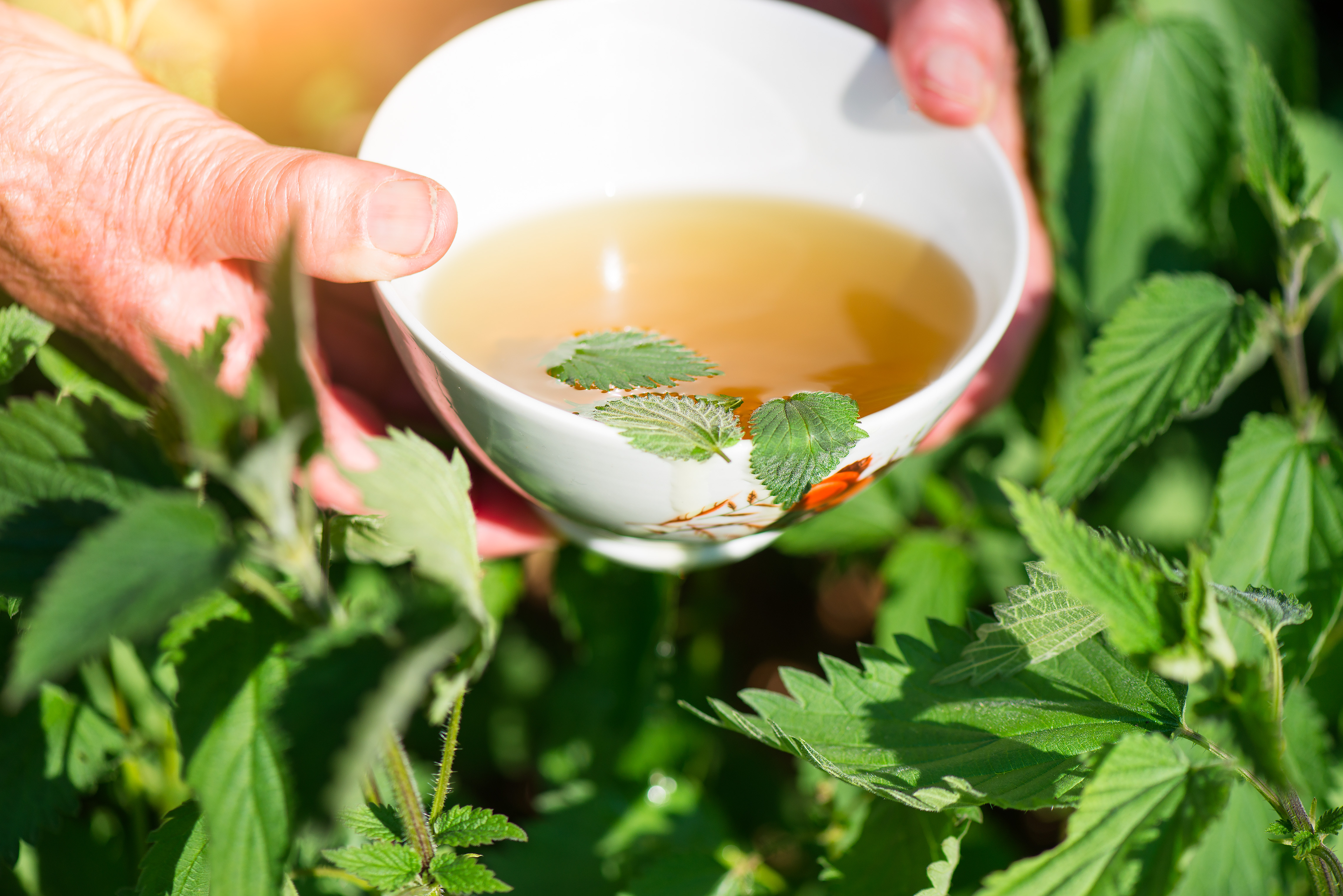
Nettle has a long-standing reputation in European herbalism and Native traditions for its paradoxical healing power. Yes, it stings when fresh—but once dried or cooked, it becomes a nutritional powerhouse and anti-inflammatory herb. Ancient herbalists used it for joint pain, allergies, and anemia. Modern research shows nettle may inhibit pro-inflammatory cytokines and reduce histamine responses, making it effective for arthritis and seasonal allergies. Rich in iron, calcium, and chlorophyll, it also supports blood health and detoxification. Brew it as tea, blend it into soups, or take as a supplement—the sting, it turns out, carries serious healing.
25. Rose Water: Perfume with a Purpose
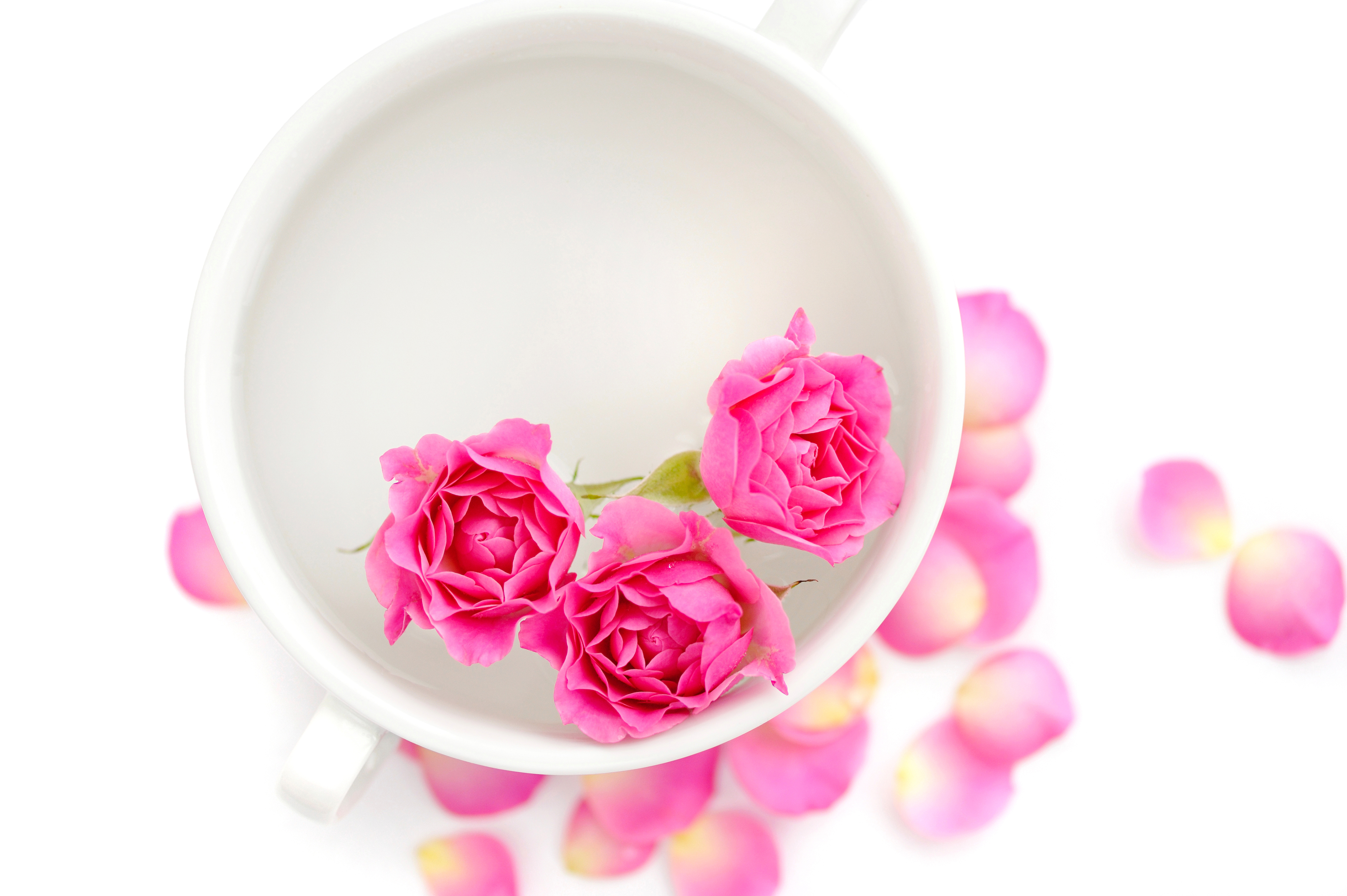
From Persian apothecaries to Mughal beauty rituals, rose water was more than fragrance—it was medicine. Distilled from rose petals, this floral tonic was traditionally used to cool inflammation, soothe sore eyes, and calm the heart. In Ayurveda and Unani medicine, rose water balanced heat (pitta) and was often applied to the skin for its anti-inflammatory and antibacterial effects. Today, studies support its antioxidant and mood-lifting properties, making it a favorite in both skincare and stress-relief rituals. Add a splash to drinks, dab it on tired skin, or use in compresses. It’s floral medicine with staying power.
26. Icelandic Moss: The Forgotten Lung Healer

Used for centuries by Nordic and Celtic healers, Icelandic moss (actually a lichen) was prized for its demulcent, soothing properties—particularly for coughs, bronchitis, and digestive issues. During times of famine, it was also used as food. Its mucilage content coats and calms irritated tissue, while bitter compounds stimulate digestion. Modern herbalists now use it in syrups and teas for dry coughs, throat irritation, and GI support. With antibiotic resistance on the rise, this moss is regaining interest as a natural lung ally. In the harshest climates, Icelandic moss taught us that resilience begins with gentle, protective strength.
27. Black Seed (Nigella Sativa): Prophet’s Remedy, Modern Marvel
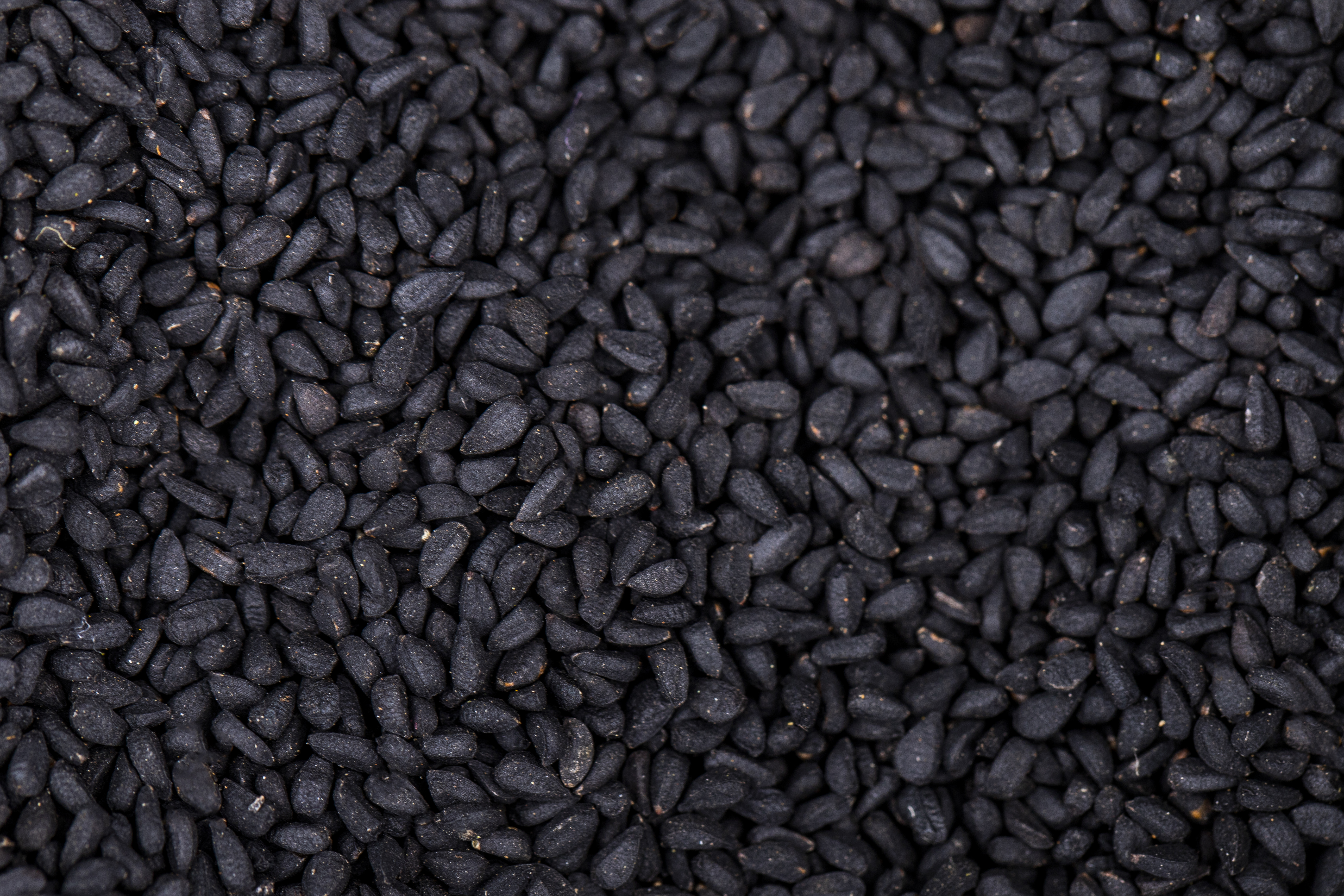
Often referred to as “the seed that cures everything but death” in Islamic tradition, black seed has been used in Middle Eastern, Indian, and North African medicine for over a millennium. Its tiny black seeds contain thymoquinone, a compound with anti-inflammatory, antioxidant, and antimicrobial properties. Ancient texts praised it for boosting immunity, aiding digestion, and treating respiratory conditions. Today, studies confirm its benefits for blood sugar regulation, asthma, and even metabolic syndrome. Whether consumed as oil or seeds, black seed remains one of the most potent, multipurpose remedies to transcend both tradition and time.
28. Apple Cider Vinegar: The Ancient Tonic for Modern Guts
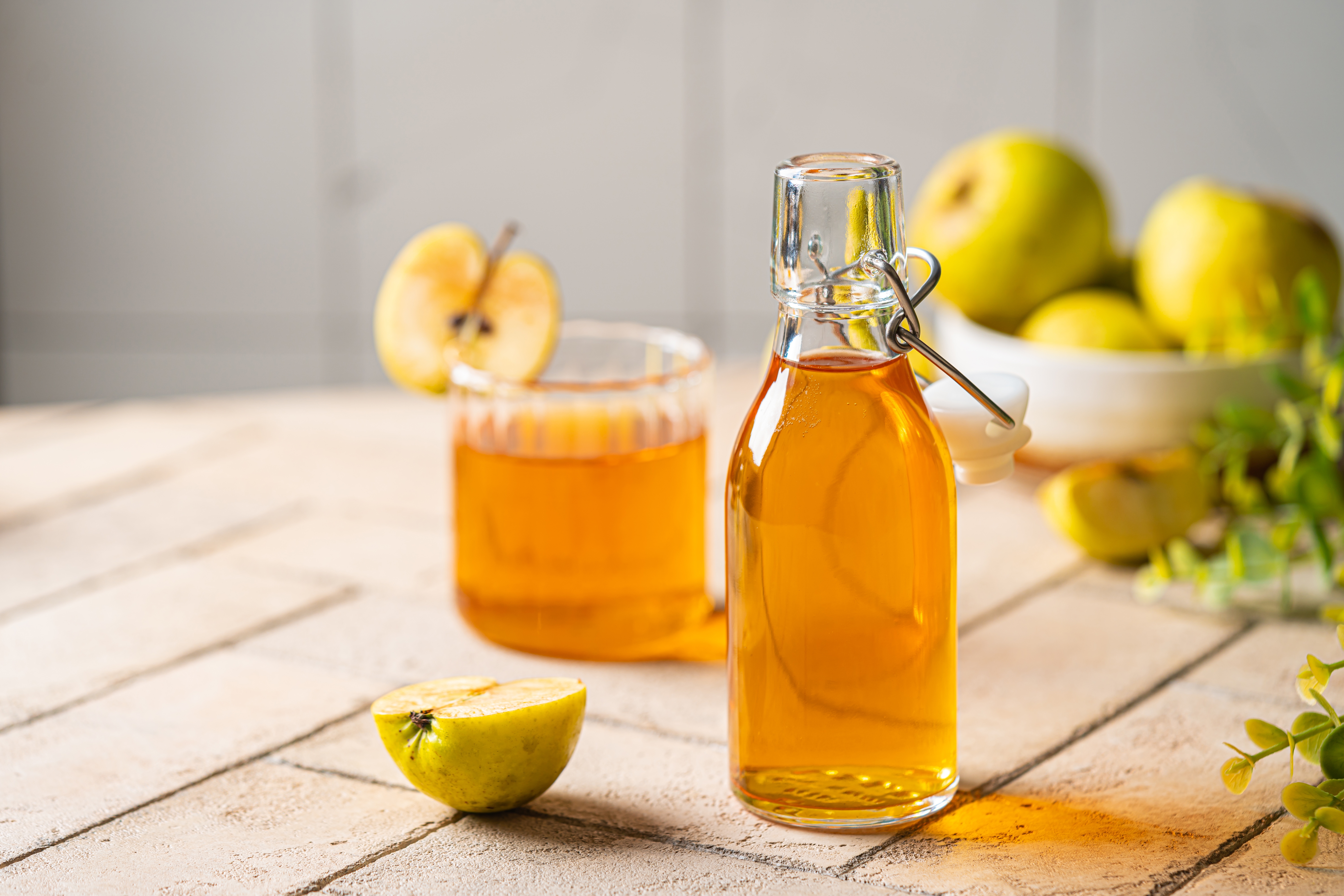
Long before it became a health trend, apple cider vinegar was used by Hippocrates in ancient Greece as a tonic for healing wounds and soothing ailments. Its medicinal power lies in its acetic acid, which has been shown to improve digestion, support a healthy gut microbiome, and regulate blood sugar levels. Traditional folk remedies used it to aid in detoxification and weight management. Today, modern research supports its role in improving insulin sensitivity and balancing pH levels. A simple spoonful mixed with water remains a time-tested remedy for everything from indigestion to stabilizing blood sugar.
29. Echinacea: The Native Immune Booster
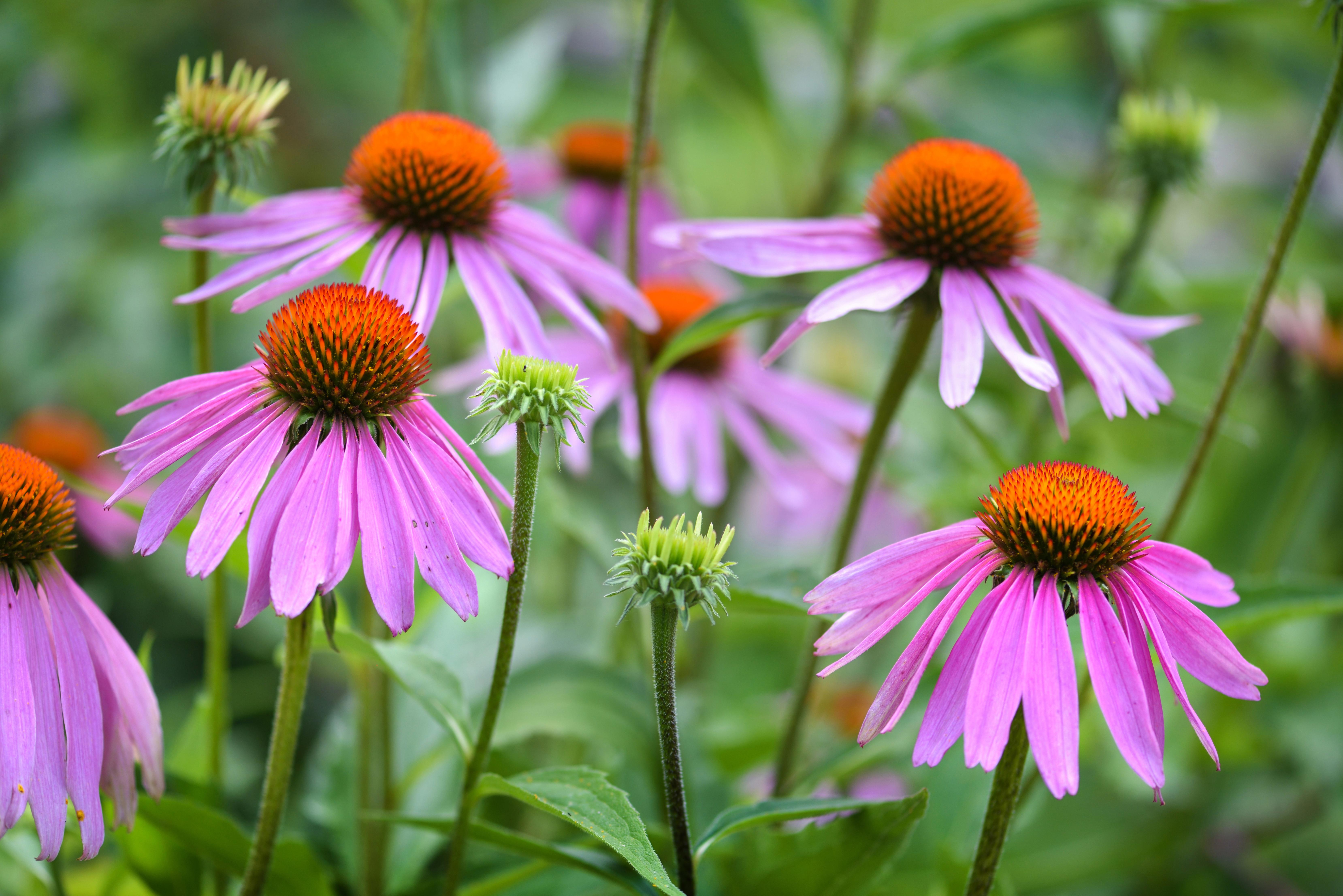
Used for centuries by Native American tribes to treat infections, wounds, and snakebites, echinacea is a powerful herb revered for its immune-boosting properties. Its active compounds, including alkylamides and polysaccharides, are believed to stimulate the immune system and reduce inflammation. Today, echinacea is one of the most popular herbal remedies for preventing and shortening the duration of the common cold and flu. Its use bridges a rich Native tradition with modern herbalism, proving that this ancient warrior against illness is still a relevant ally in today's wellness landscape.
30. Cinnamon: The Sweet Spice of Metabolic Balance
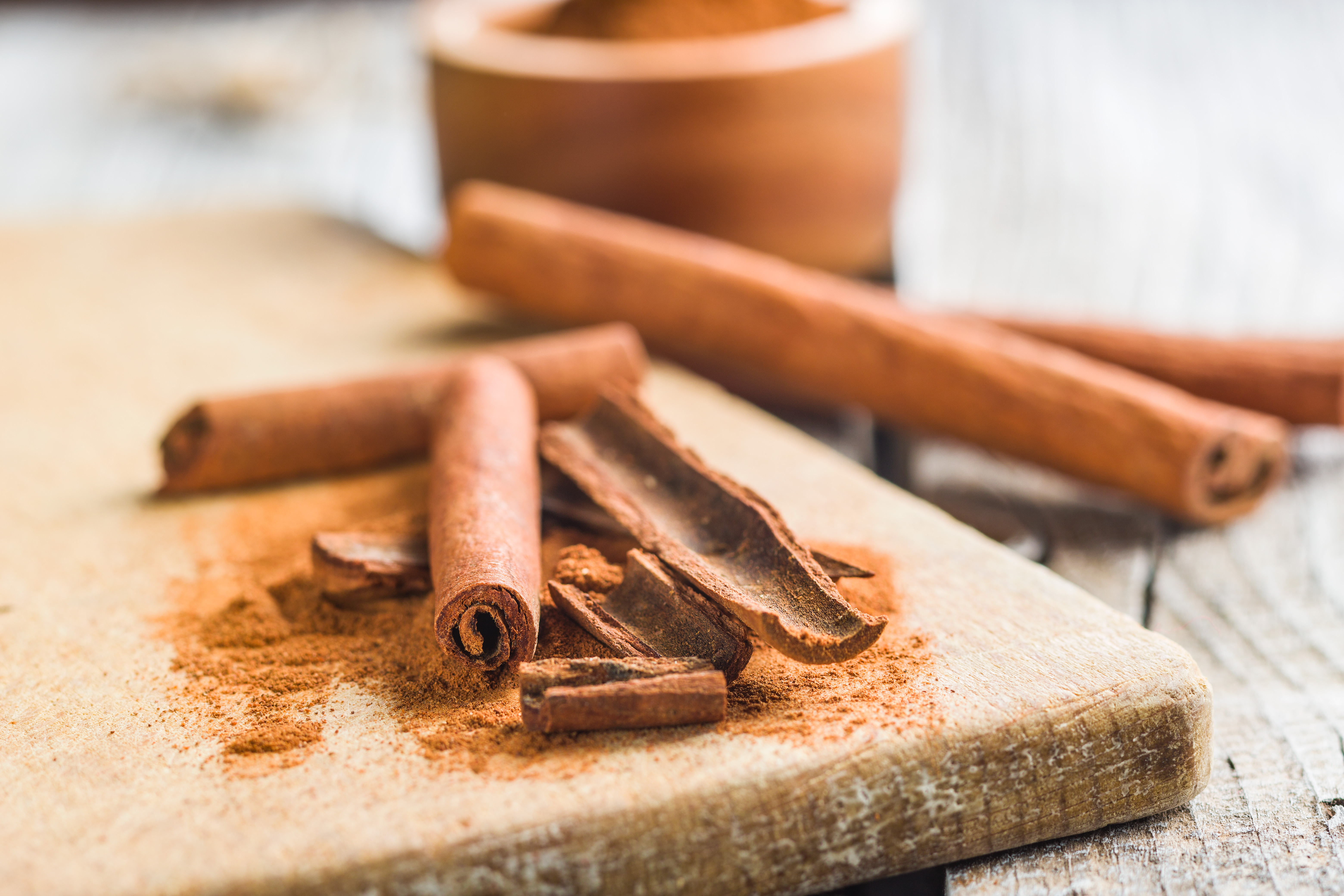
Beyond its warm aroma and flavor, cinnamon has been used in both Ayurvedic and traditional Chinese medicine for thousands of years. Ancient healers used it for its anti-inflammatory and digestive properties, but modern science has confirmed its surprising role in metabolic health. The active compound, cinnamaldehyde, has been shown to improve insulin sensitivity, helping cells to more efficiently use glucose. This makes cinnamon a powerful, natural tool for managing blood sugar levels. A simple sprinkle in your coffee or oatmeal is a delicious way to harness this ancient wisdom for modern metabolic balance.
31. Reishi Mushrooms: The Mushroom of Immortality
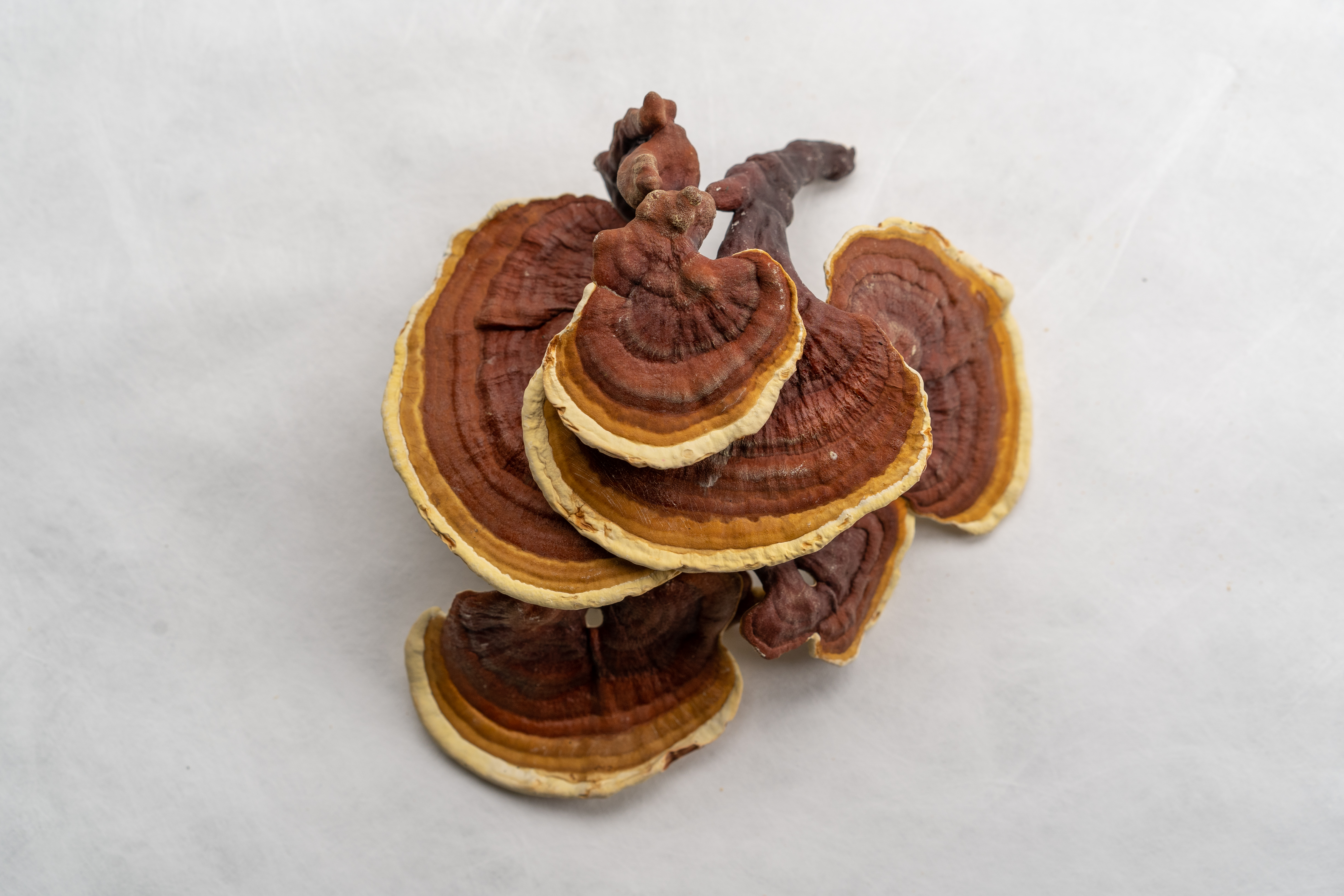
Revered in traditional Chinese medicine for over 2,000 years, reishi mushrooms are known as the "Mushroom of Immortality" for their profound ability to support overall health and longevity. They contain compounds like triterpenes and beta-glucans, which are believed to modulate the immune system, reduce stress, and improve sleep. Ancient practitioners used reishi to calm the mind and support liver function. Today, it is used as a powerful adaptogen, helping the body manage stress and maintain balance. Reishi mushrooms are a testament to the quiet power of fungi as a source of deep, systemic healing.
32. Ginseng: The Root of Vitality
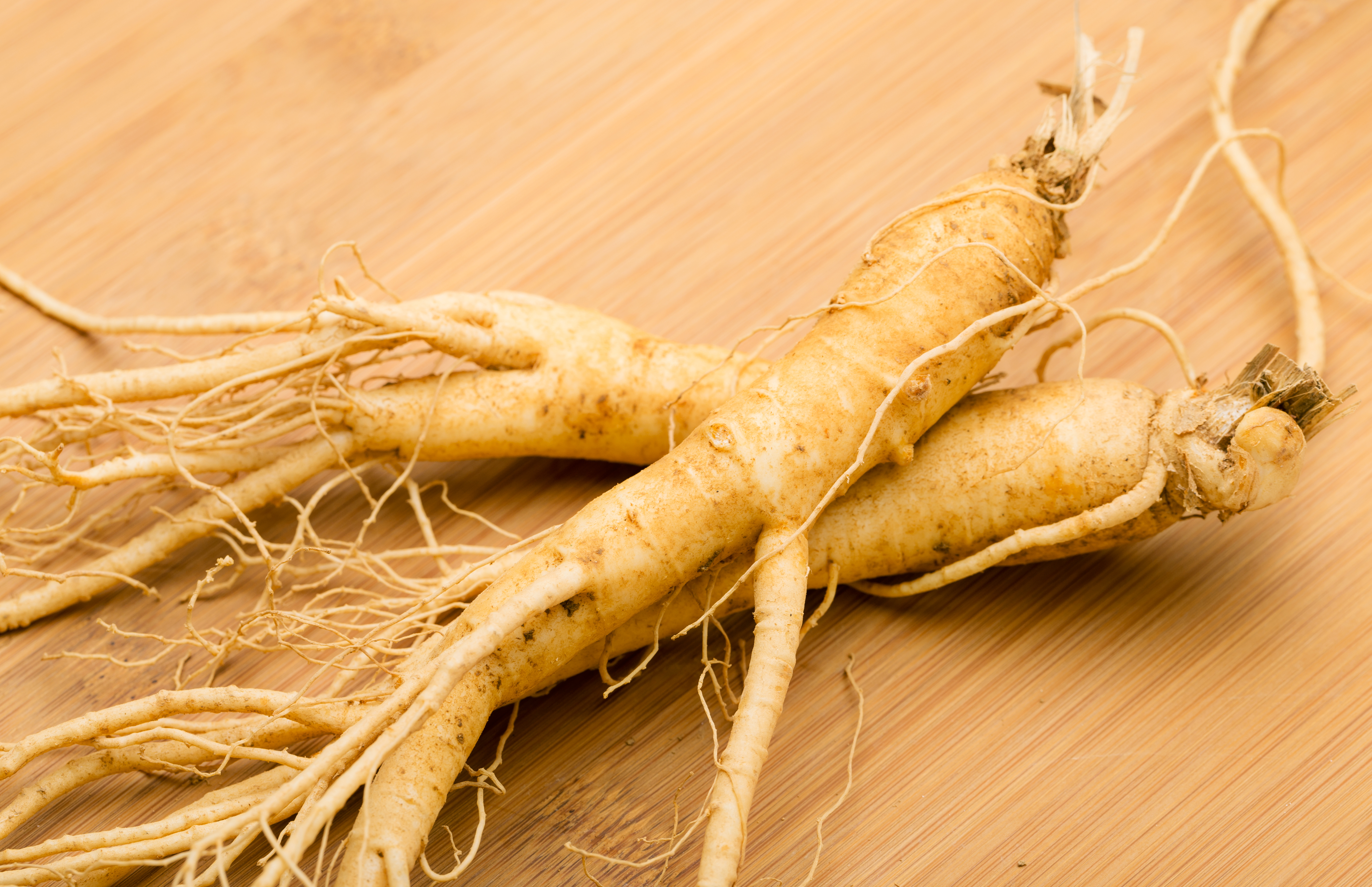
Ginseng, a staple in traditional Chinese medicine, is a revered root known for its ability to boost energy, enhance cognitive function, and improve vitality. Its active compounds, called ginsenosides, have been shown to reduce inflammation, improve circulation, and combat fatigue. Ancient healers used ginseng as an adaptogen to help the body cope with stress and maintain balance. Today, it is a popular supplement for enhancing physical and mental performance. Ginseng is a true testament to the enduring power of ancient wisdom, offering a natural and effective way to support overall health and well-being.
33. Clove: The Dental Anesthetic of the Ages
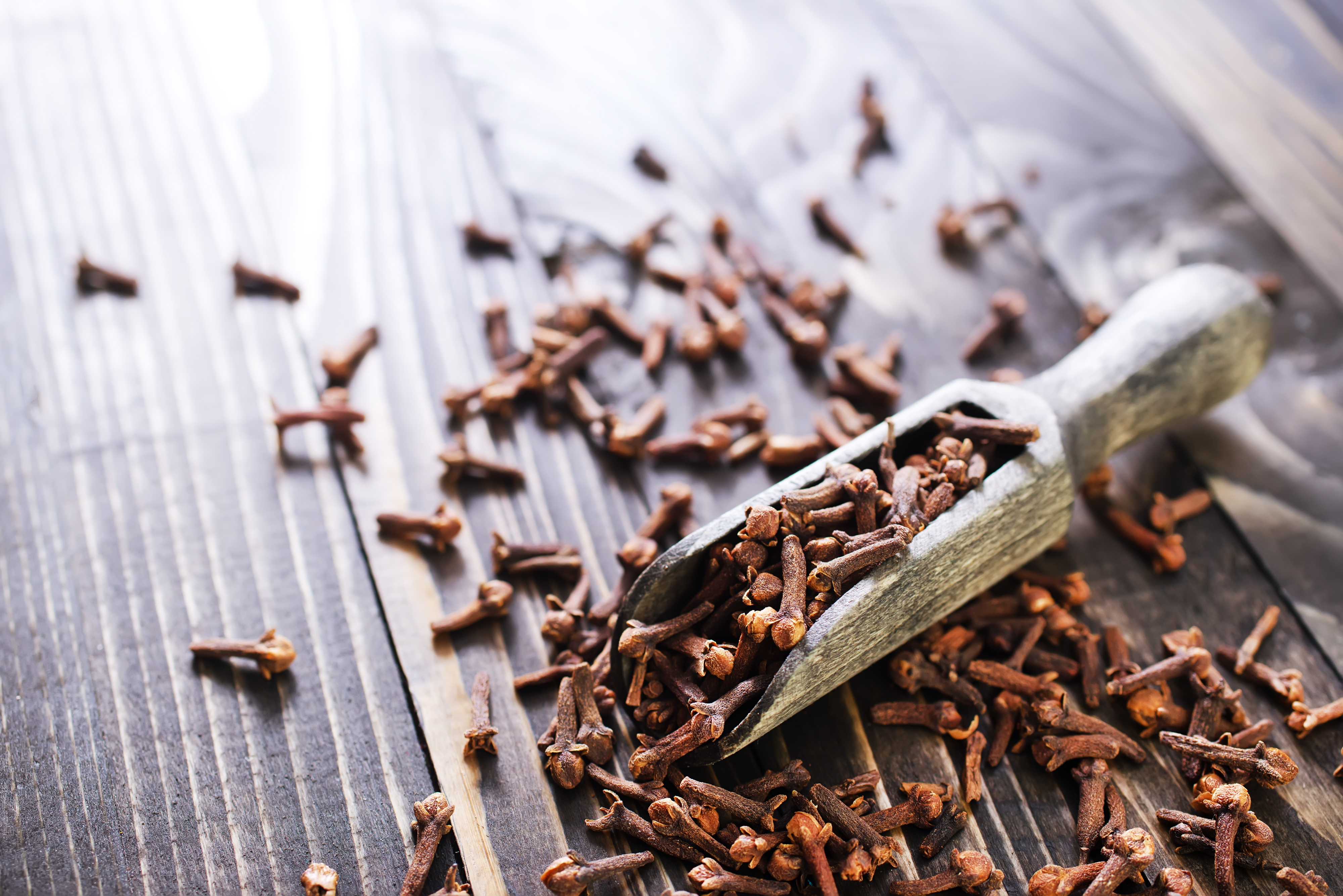
Clove has been a cornerstone of ancient medicine for centuries, particularly for its pain-relieving properties. Used in traditional Chinese and Ayurvedic practices, its primary medicinal compound, eugenol, is a potent natural anesthetic and antiseptic. Ancient healers would apply cloves directly to sore gums or aching teeth to provide immediate pain relief. Modern dentistry still uses eugenol in some applications, validating its ancient use as a powerful topical painkiller. Today, clove oil is a popular natural remedy for toothaches and oral infections, bridging the gap between historical remedies and modern-day wellness.
34. Saffron: The Luxurious Golden Mood-Lifter
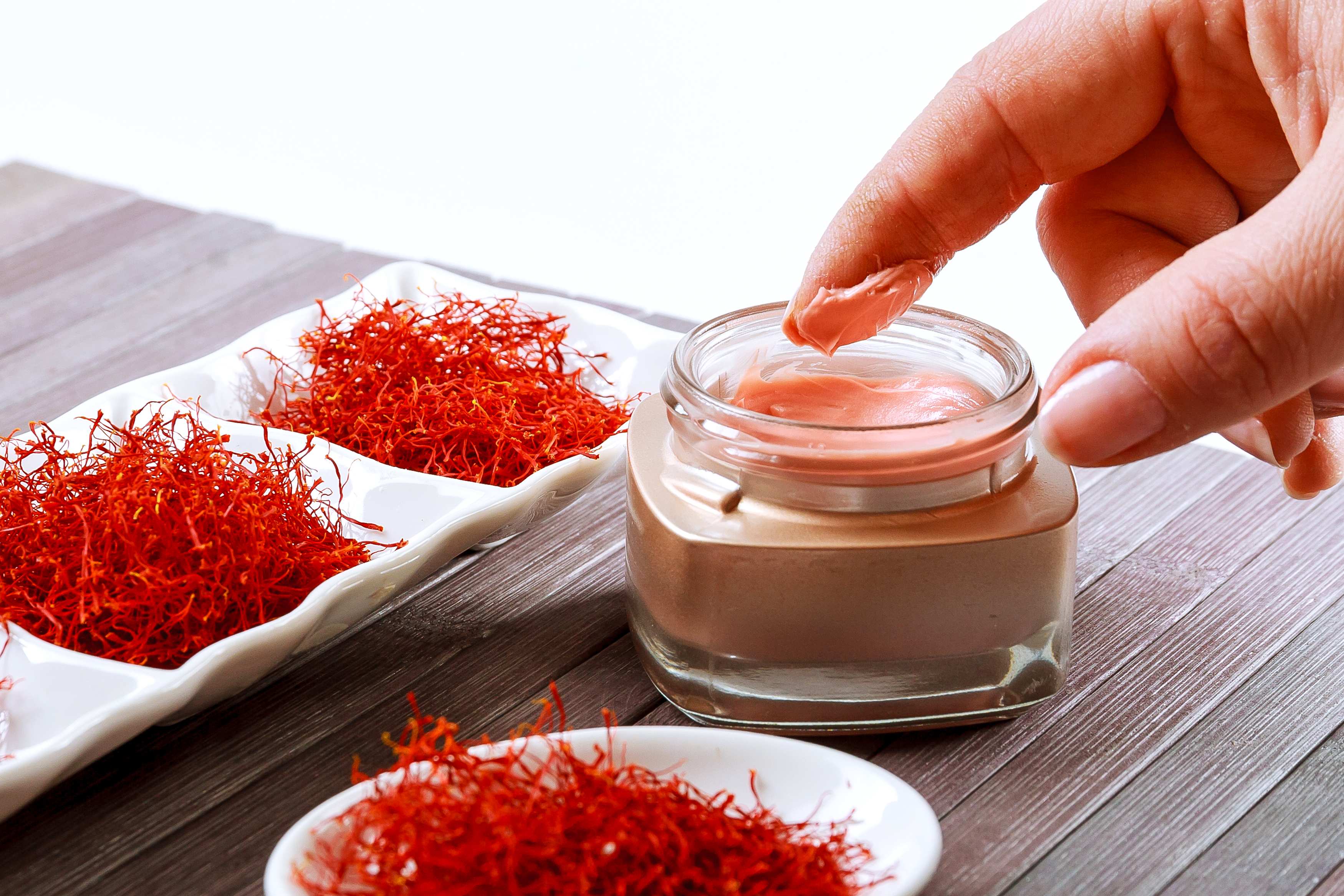
Saffron, the world's most expensive spice, was used in ancient Persian and Ayurvedic medicine to treat everything from depression to inflammation. Its thread-like stigmas contain crocetin and crocin, compounds with powerful antioxidant and mood-lifting properties. Modern studies have supported saffron’s ability to improve mood and reduce symptoms of depression and anxiety, often comparing its efficacy to conventional antidepressants. Its use as a natural mood stabilizer and stress reliever shows that ancient remedies can be both luxurious and profoundly beneficial for mental well-being.
35. Milk Thistle: The Liver's Ancient Ally
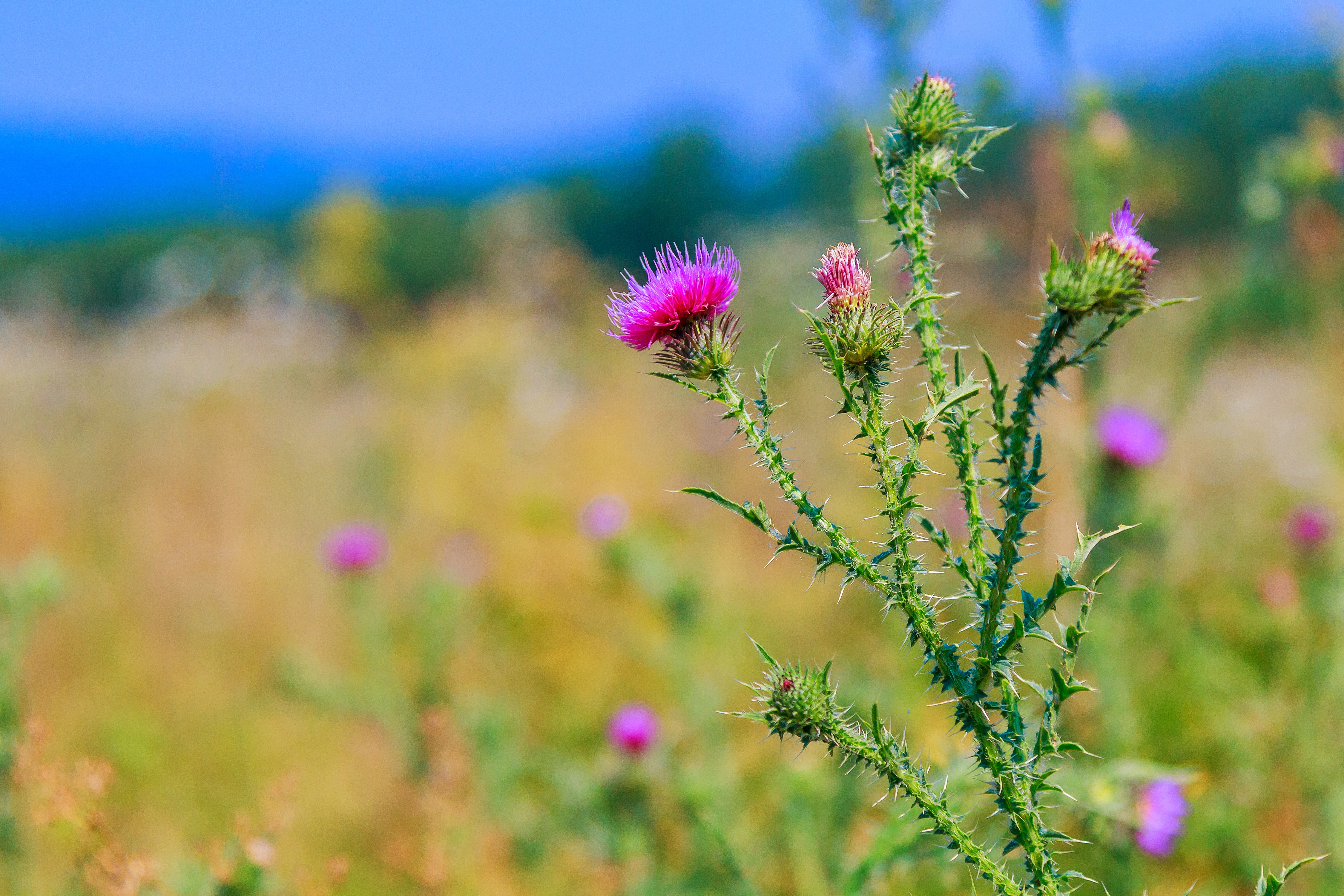
Milk thistle has been used for over 2,000 years in traditional medicine, particularly in Europe, for liver and gallbladder ailments. Its active compound, silymarin, is a powerful antioxidant that protects liver cells from damage and aids in their regeneration. Ancient healers used it as a tonic to support detoxification and treat liver-related issues. Modern research confirms its benefits for liver health, including its ability to reduce inflammation and protect against toxins. This herb remains a foundation of natural liver support, a testament to its enduring role as a detoxifying ally.
36. Valerian Root: The Sleep-Inducing Calmer
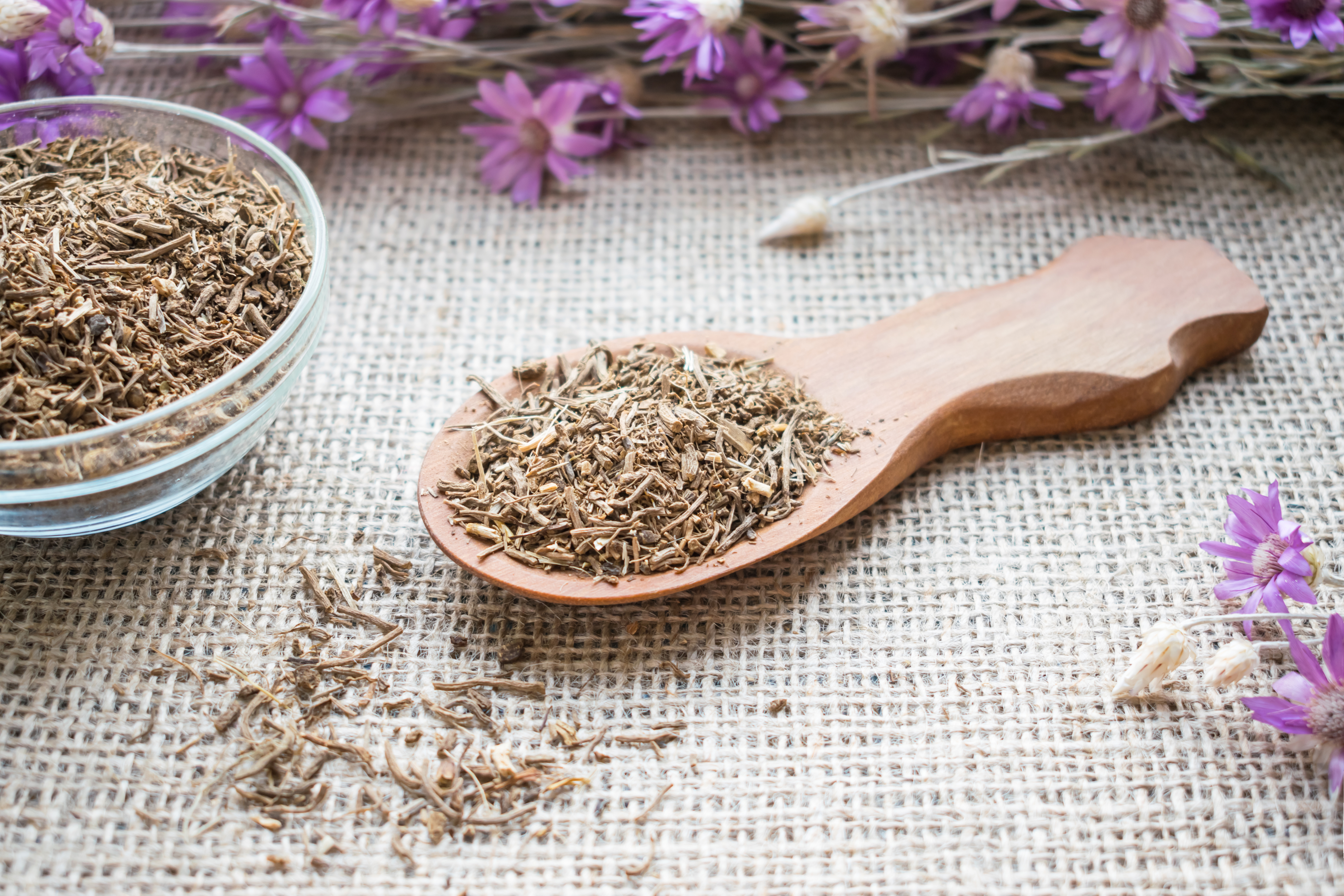
Valerian root has been used since ancient Greek and Roman times as a natural sleep aid and anti-anxiety remedy. Ancient physicians, including Hippocrates, prescribed it for insomnia and nervousness. The root contains compounds that increase levels of GABA, a neurotransmitter that has a calming effect on the nervous system. Today, valerian root is one of the most popular herbal supplements for sleep and anxiety. Its gentle sedative properties make it an effective, natural alternative to synthetic sleep medications, connecting ancient wisdom to contemporary sleep wellness.
37. Cod Liver Oil: The Nordic Elixir of Health

Used for centuries by Nordic and Celtic cultures to treat a range of ailments from arthritis to poor vision, cod liver oil was a foundational health tonic. Its medicinal power lies in its rich content of omega-3 fatty acids, which have potent anti-inflammatory effects, and its high levels of vitamins A and D. Ancient healers used it to strengthen bones, improve immunity, and support overall vitality. Modern research has validated these uses, and cod liver oil remains a cornerstone of nutritional supplements, a testament to its enduring role as a source of foundational nutrients.
38. Arnica: The Ancient Remedy for Bruises and Pain
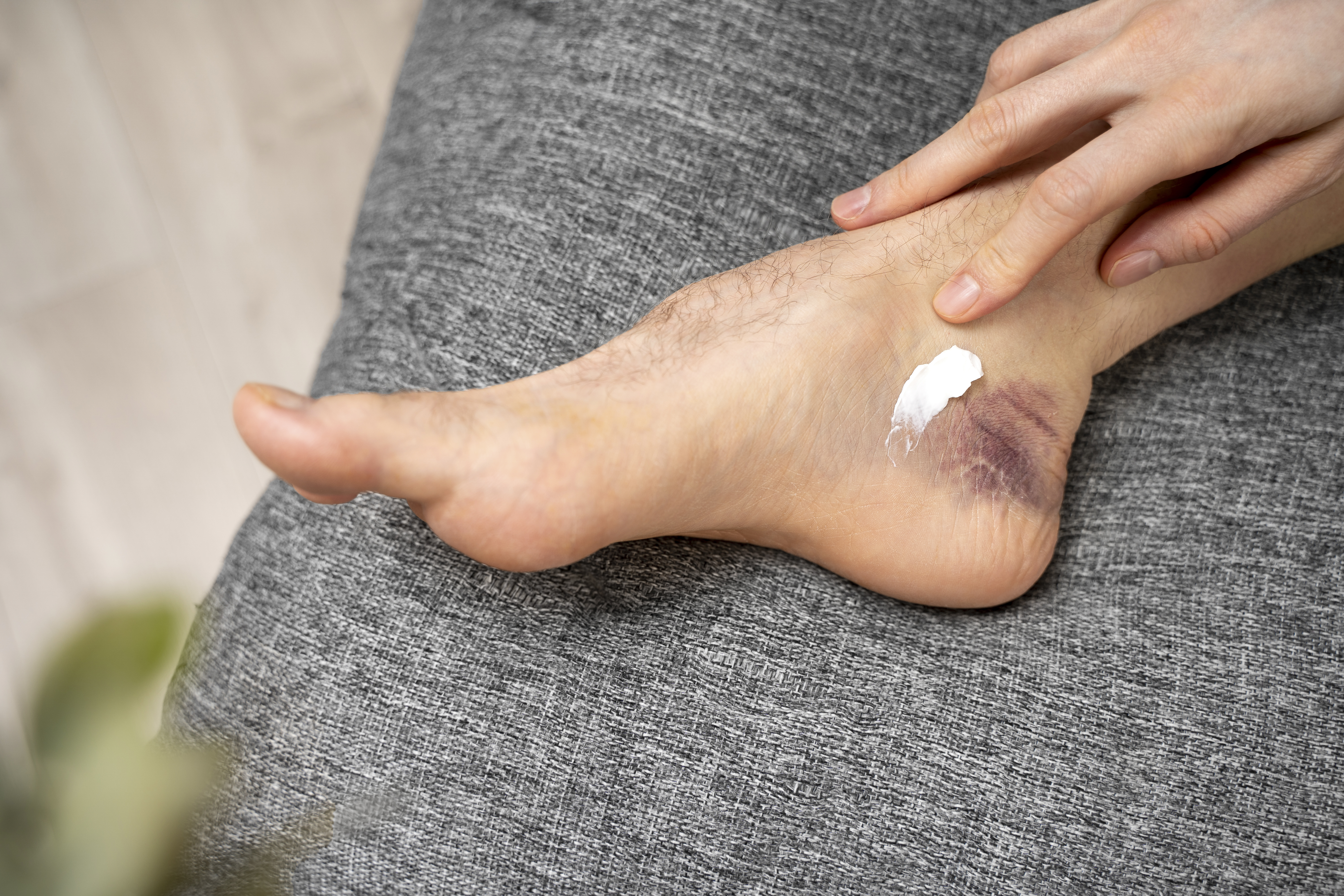
Arnica, a bright yellow flower, has been used for centuries in traditional European medicine to treat bruises, sprains, and muscle soreness. Its anti-inflammatory properties are well-documented, and it is still a popular homeopathic and topical remedy today. Ancient healers would apply crushed arnica flowers to the skin to reduce swelling and speed up the healing process. Modern research supports its use for pain relief and wound healing, making it an effective, natural alternative to synthetic pain relievers. This humble flower proves that some of the most effective remedies are found in nature’s own pharmacy.
39. Slippery Elm: The Soothing Demulcent

Slippery elm, an herb derived from the inner bark of the Ulmus rubra tree, was used by Native Americans to soothe inflammation and irritation. Its key component, mucilage, forms a gel-like substance when mixed with water, which creates a protective layer over mucous membranes. This demulcent property makes it an excellent remedy for a variety of ailments, including sore throats, coughs, and digestive issues. Modern research supports its use for soothing inflammatory bowel diseases and promoting gut health. This versatile herb remains a staple in natural medicine, valued for its gentle and effective healing power.
40. Cayenne Pepper: The Fiery Circulatory Booster
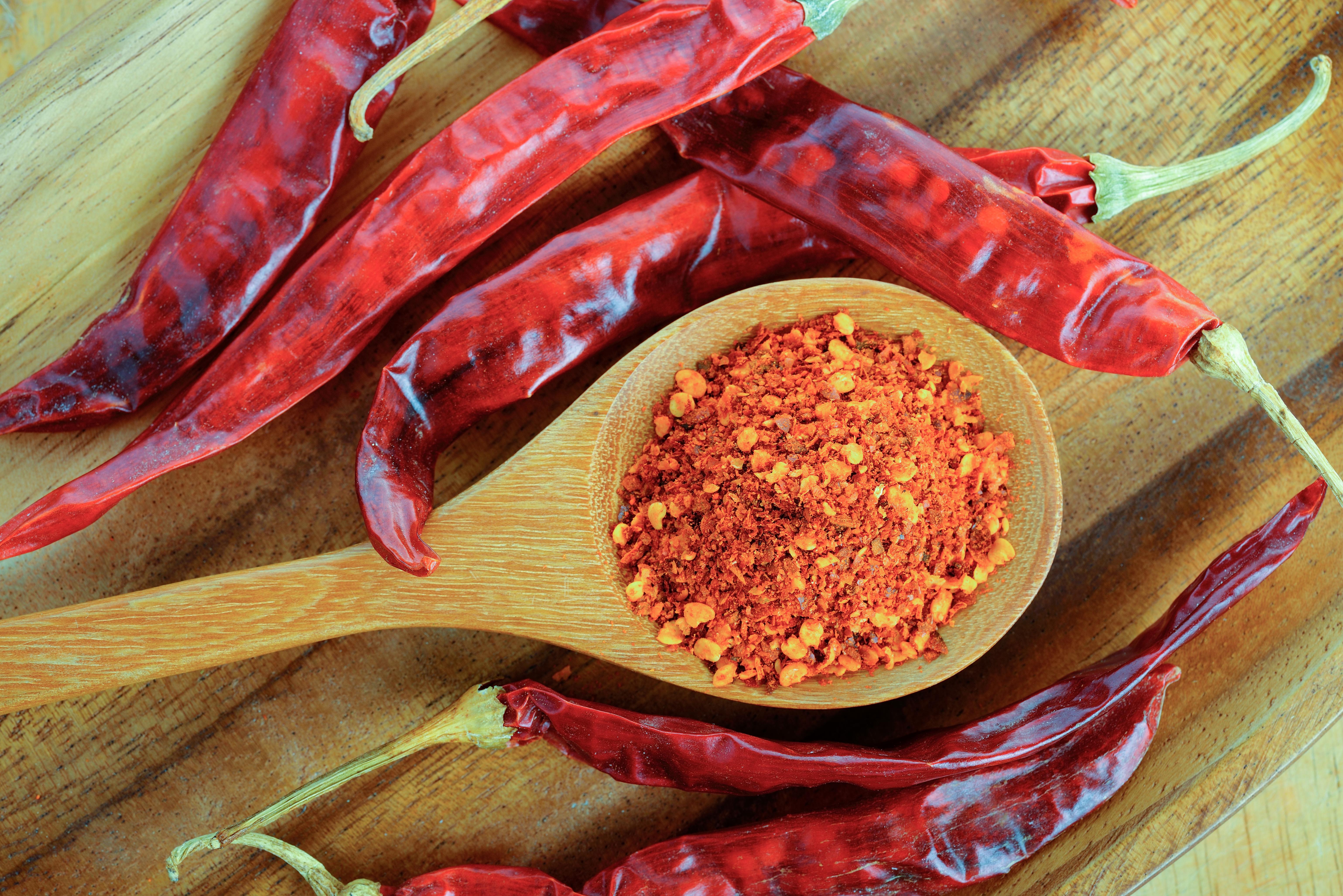
Used in traditional medicine across the Americas for centuries, cayenne pepper is a potent herb renowned for its capsaicin content. This compound is known to improve circulation, relieve pain, and boost metabolism. Capsaicin has been shown to increase blood flow by stimulating the release of nitric oxide, which widens blood vessels. Cayenne pepper also possesses anti-inflammatory properties and can act as a natural decongestant, providing relief from cold symptoms. Incorporating a small amount of cayenne into your meals can add a fiery kick while supporting cardiovascular health and a healthy metabolism.
41. Epsom Salt: The Mineral Soak
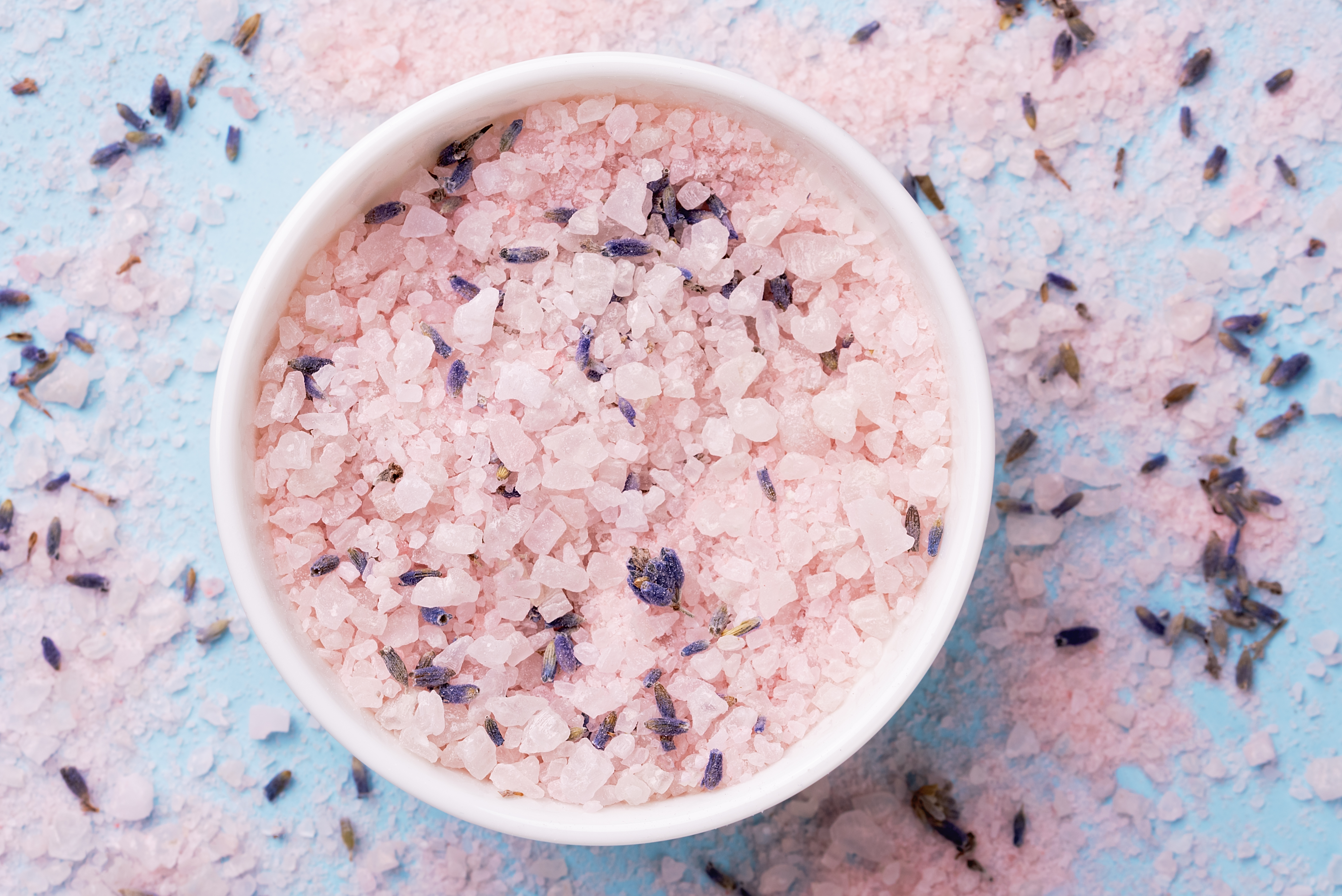
Epsom salt, a mineral compound of magnesium and sulfate, has been used for centuries in traditional medicine to soothe muscle aches, reduce inflammation, and promote relaxation. Ancient healers believed that soaking in a bath of Epsom salt could help draw toxins out of the body and replenish magnesium levels. Modern research supports its use for muscle pain relief and stress reduction. A warm bath with Epsom salt is a simple and effective way to relax, soothe sore muscles, and support overall well-being, connecting ancient wisdom to contemporary wellness.
42. Yarrow: The Blood-Stopping Herb
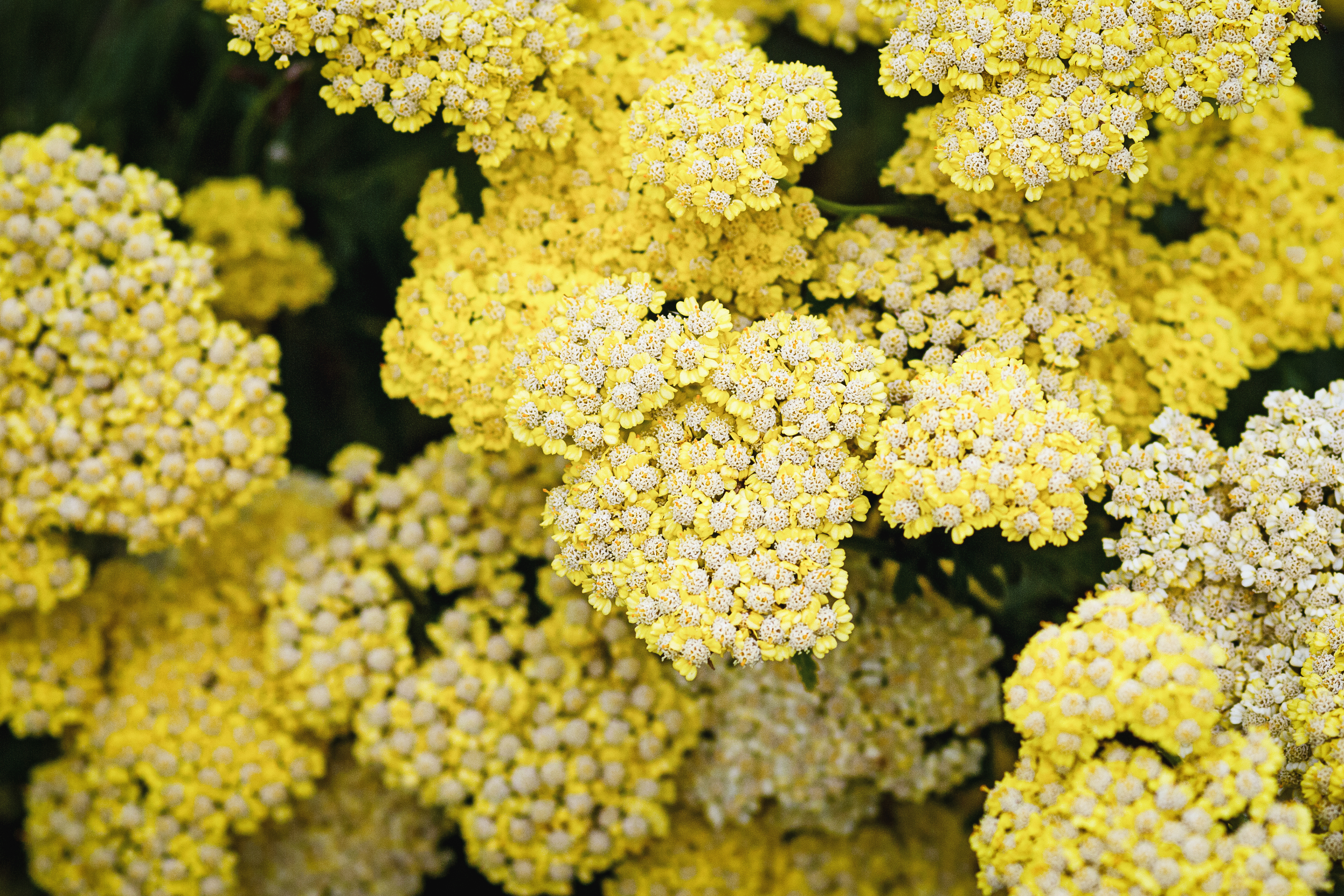
Yarrow, a flowering plant with a long history in ancient medicine, was used by Native Americans and ancient Europeans alike for its wound-healing properties. Its botanical name, Achillea millefolium, is said to be derived from the mythical Greek hero Achilles, who used it to treat his soldiers' wounds. Yarrow contains compounds that promote blood clotting and act as an antiseptic, making it an effective remedy for stopping bleeding and preventing infection. Today, yarrow is still used in herbal medicine for its anti-inflammatory and wound-healing properties, a testament to its enduring role as a natural healer.
43. Marshmallow Root: The Ulcer Soother
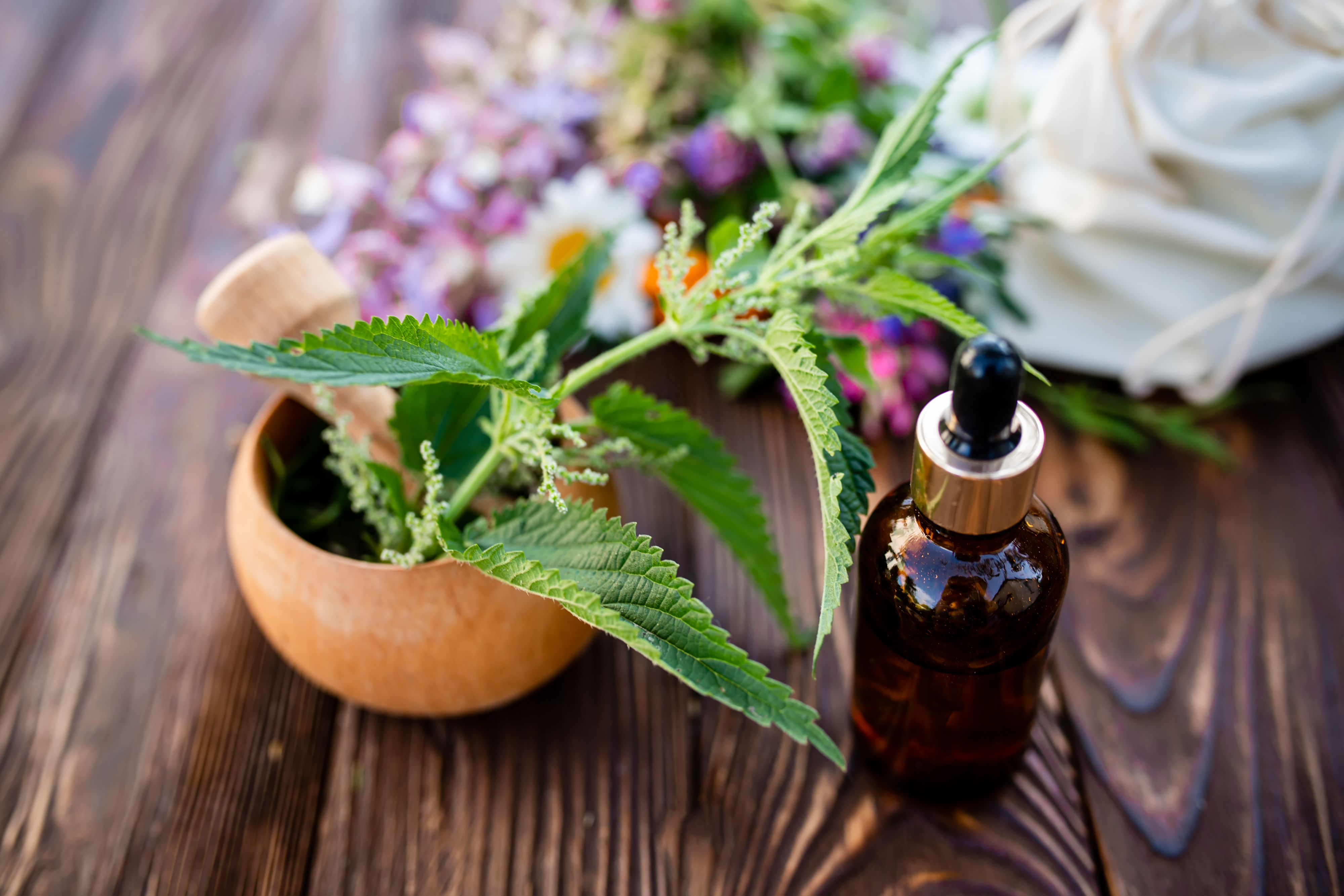
Not to be confused with the puffy treat, marshmallow root has been a staple in ancient Egyptian and Greek medicine for centuries. Its medicinal power comes from a high mucilage content—a sticky, gel-like substance that forms a protective, soothing layer when it comes into contact with water. Ancient practitioners used it to coat and heal irritated mucous membranes, making it a go-to remedy for sore throats, dry coughs, and stomach ulcers. Modern studies now confirm its demulcent properties and its ability to calm inflammation throughout the digestive tract. It's a gentle yet powerful example of how nature’s pharmacy can provide a protective shield from within.
44. Gotu Kola: The Longevity Herb
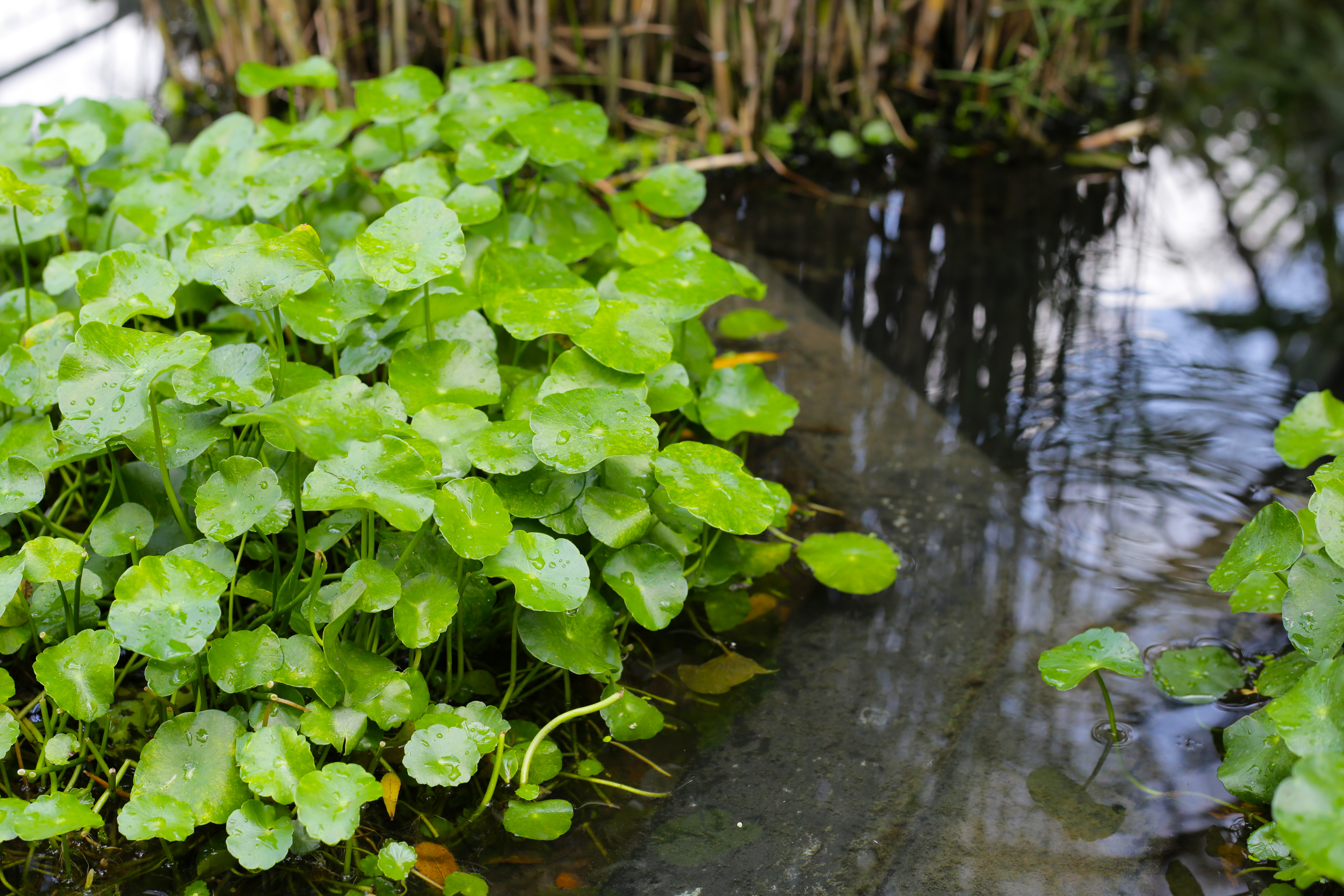
Gotu Kola, a herb revered in both Traditional Chinese Medicine and Ayurveda, is often called the "herb of longevity." It was traditionally used to boost brain function, heal skin ailments, and promote overall vitality. Ancient texts describe its use for improving memory and blood circulation. Modern science is catching up, showing that Gotu Kola can help stimulate collagen production, which is crucial for wound healing and skin elasticity. It’s also being studied for its potential to protect nerve cells and improve cognitive function. This unassuming herb is a testament to ancient wisdom, offering a holistic approach to not just treating illness, but enhancing life itself.
45. Comfrey: The Bone-Knit Herb
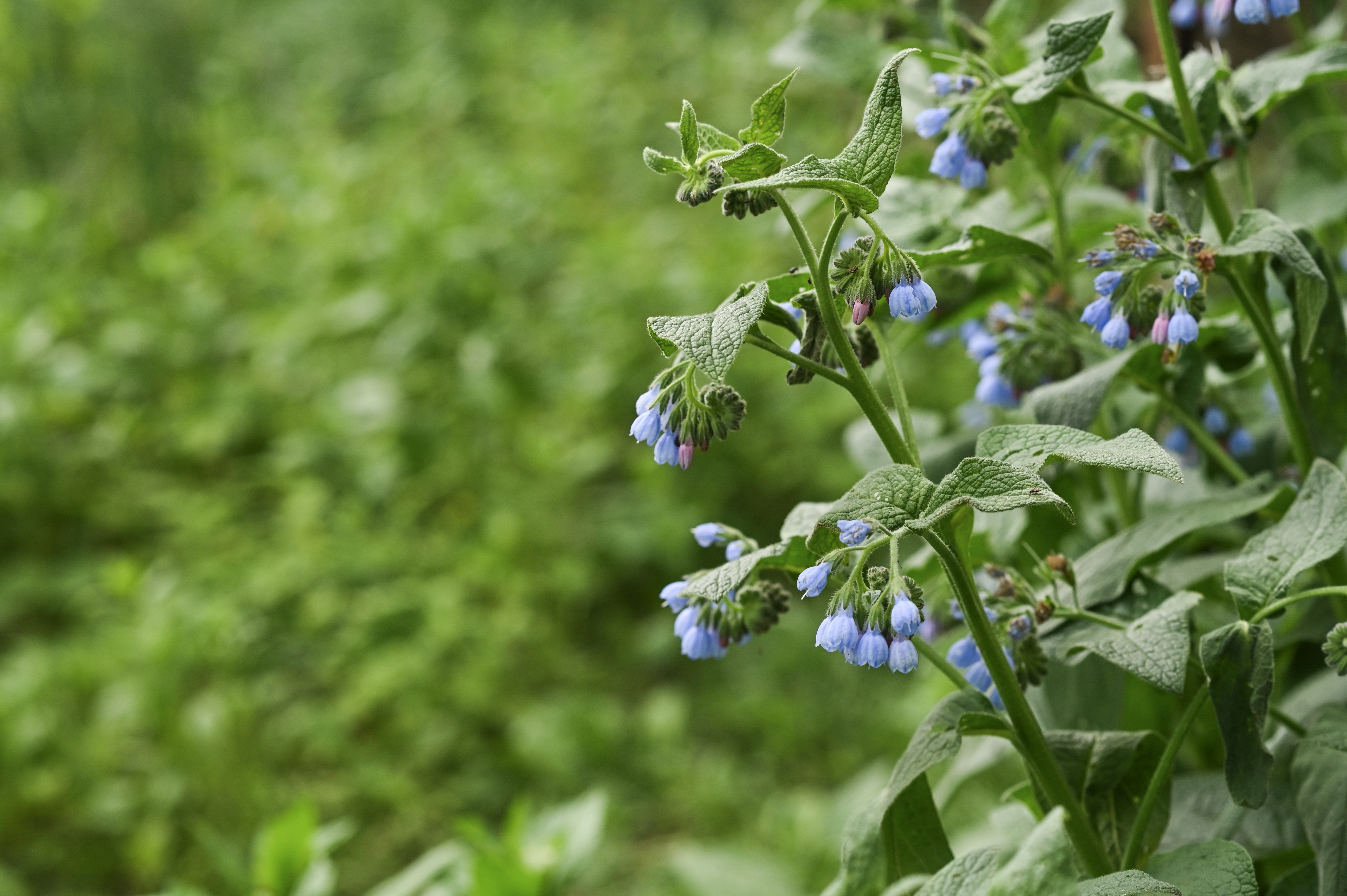
For centuries, comfrey was a legendary remedy in European folk medicine, earning the nickname "bone-knit" for its remarkable ability to help heal broken bones and sprains. The plant contains allantoin, a compound that promotes cell proliferation and tissue regeneration. Ancient healers would create poultices or salves from the crushed leaves and roots to apply directly to fractures and wounds. While its internal use is now cautioned due to certain compounds, comfrey remains a powerful and trusted topical healer. This potent herb exemplifies the ancient, hands-on wisdom of using nature’s own reparative agents to mend and restore the body's structure.
46. Dandelion: The Bitter Cleanser

Often dismissed as a common weed, dandelion was a powerhouse in ancient medicine across Europe and Asia. Its leaves and roots were used as a powerful diuretic and liver tonic. Ancient practitioners recognized its ability to stimulate bile flow, which helps the body flush out toxins and digest fats more efficiently. Today, dandelions are still used in herbal medicine to support liver and kidney health and to reduce water retention. The simple act of adding its bitter leaves to a salad or brewing a tea from its roasted root taps into a time-honored tradition of using bitterness to promote internal cleansing and vitality.
47. Horsetail: The Mineral Mender
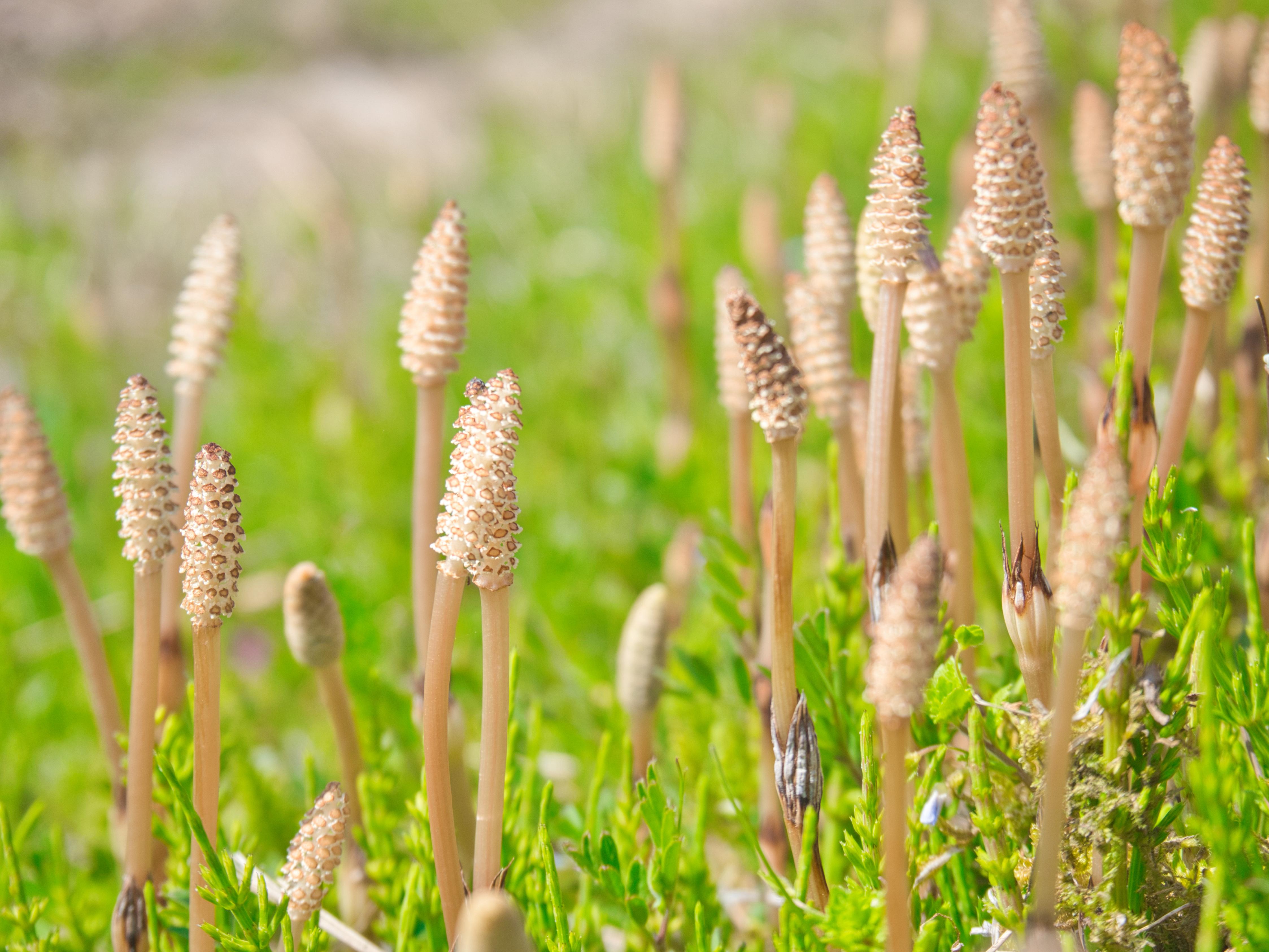
Horsetail, a primitive plant dating back to prehistoric times, has a long history in ancient Greek and Roman medicine. Its name comes from its distinct, brush-like appearance. The plant's remarkable healing properties are due to its unusually high concentration of silica, a mineral crucial for the health of bones, hair, and connective tissues. Ancient healers used it as a diuretic to treat fluid retention and topically as a poultice to heal wounds and stop bleeding. Today, horsetail is still valued in herbalism for its ability to strengthen and repair connective tissue, making it a valuable remedy for supporting bone and skin health from within.
48. Chaga Mushrooms: The Adaptogenic Elixir
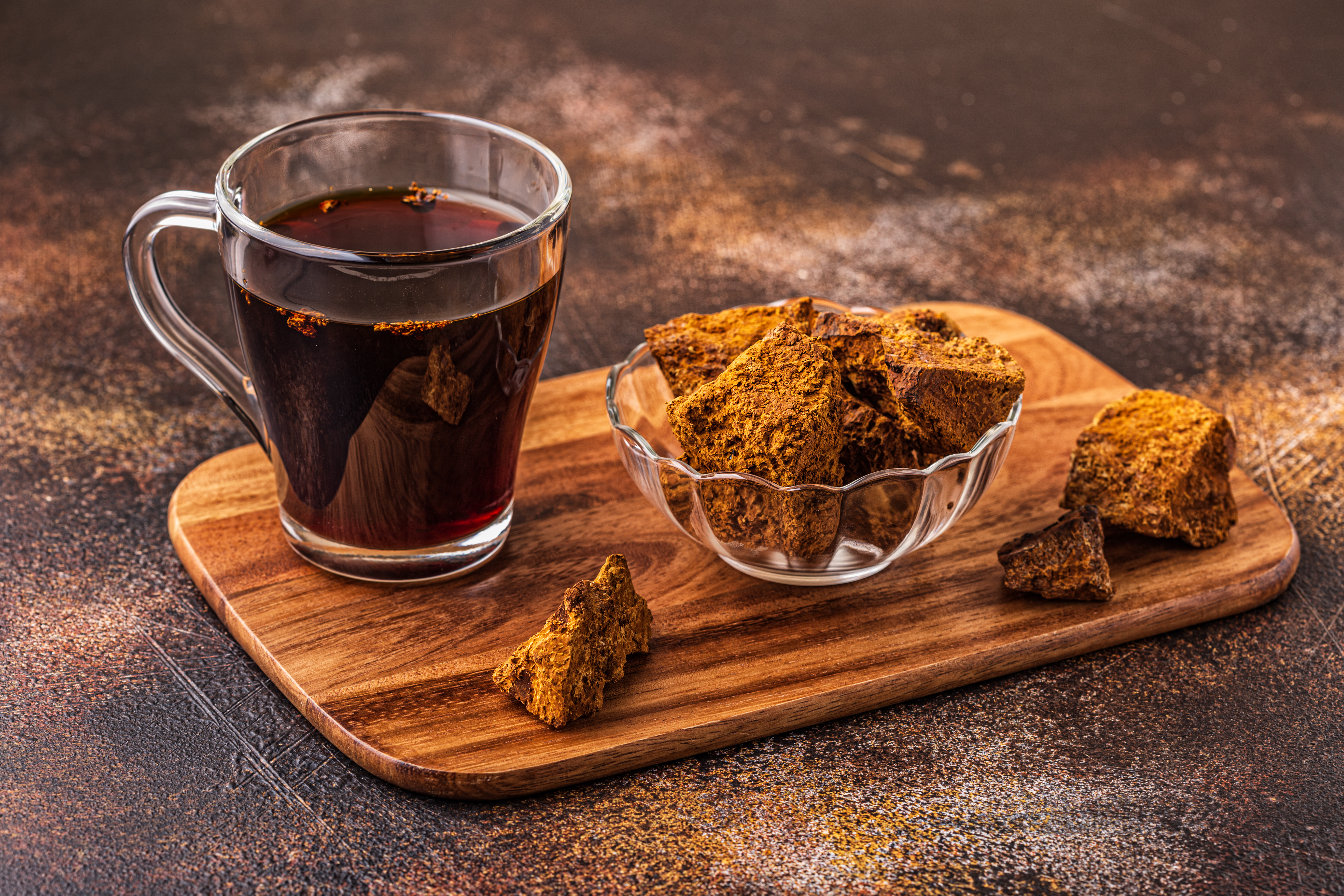
Revered for centuries in Siberian and Russian folk medicine, the chaga mushroom, or "King of Herbs," was used as a daily tonic to promote longevity and resilience. While it doesn't fit the typical herbal profile, this unique fungus, which grows on birch trees, is a potent adaptogen. Ancient practitioners used it to boost energy, improve digestion, and strengthen the immune system. Modern research now confirms chaga's rich antioxidant content and its ability to modulate the immune response and reduce inflammation. This ancient elixir proves that some of nature's most powerful healers are also the most unconventional.
49. Moringa: The Miracle Tree
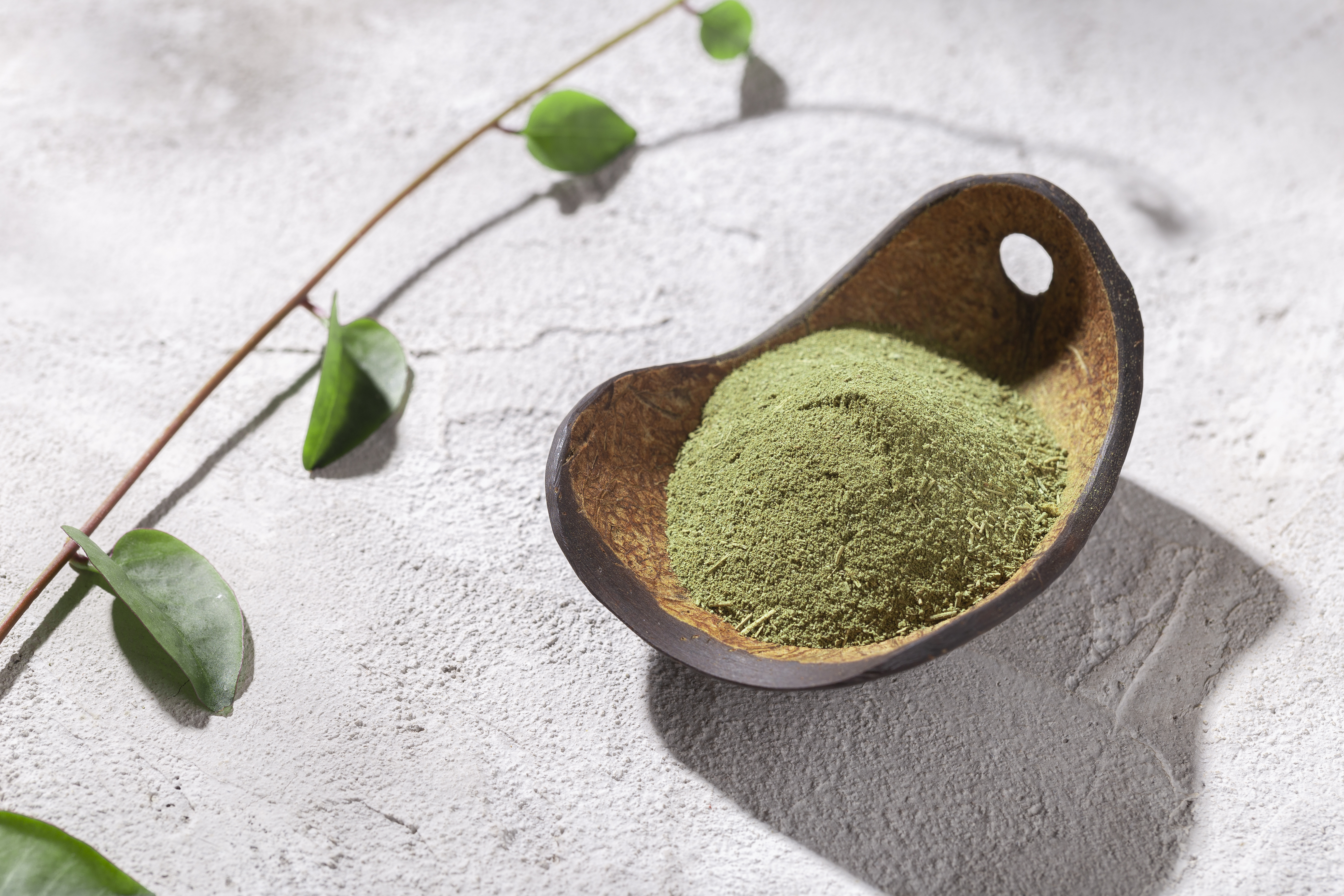
Moringa, a tree native to India and Africa, has been a foundational part of Ayurvedic and traditional African medicine for thousands of years. Often called the “Miracle Tree” or “Tree of Life,” nearly every part of the plant was used for its medicinal properties. The leaves, in particular, are packed with vitamins, minerals, and amino acids, and were used to treat malnutrition and improve overall vitality. Modern science has validated moringa's anti-inflammatory, antioxidant, and blood sugar–regulating properties. This nutrient-dense plant is a testament to the fact that some of the most powerful remedies are also the most accessible.
50. Oil Pulling: The Oral Detox

Originating in ancient Ayurvedic medicine, oil pulling is a simple yet powerful ritual for oral health. The practice involves swishing a tablespoon of oil—traditionally sesame or coconut—in the mouth for up to 20 minutes. Ancient texts claimed it could purify the body and improve dental hygiene. Modern research supports its ability to reduce harmful bacteria in the mouth, combat bad breath, and reduce inflammation of the gums. This timeless ritual is a non-invasive, gentle way to support oral health, proving that some of the most effective healing practices are a matter of daily routine rather than expensive interventions.
51. Charcoal: The Ancient Purifier
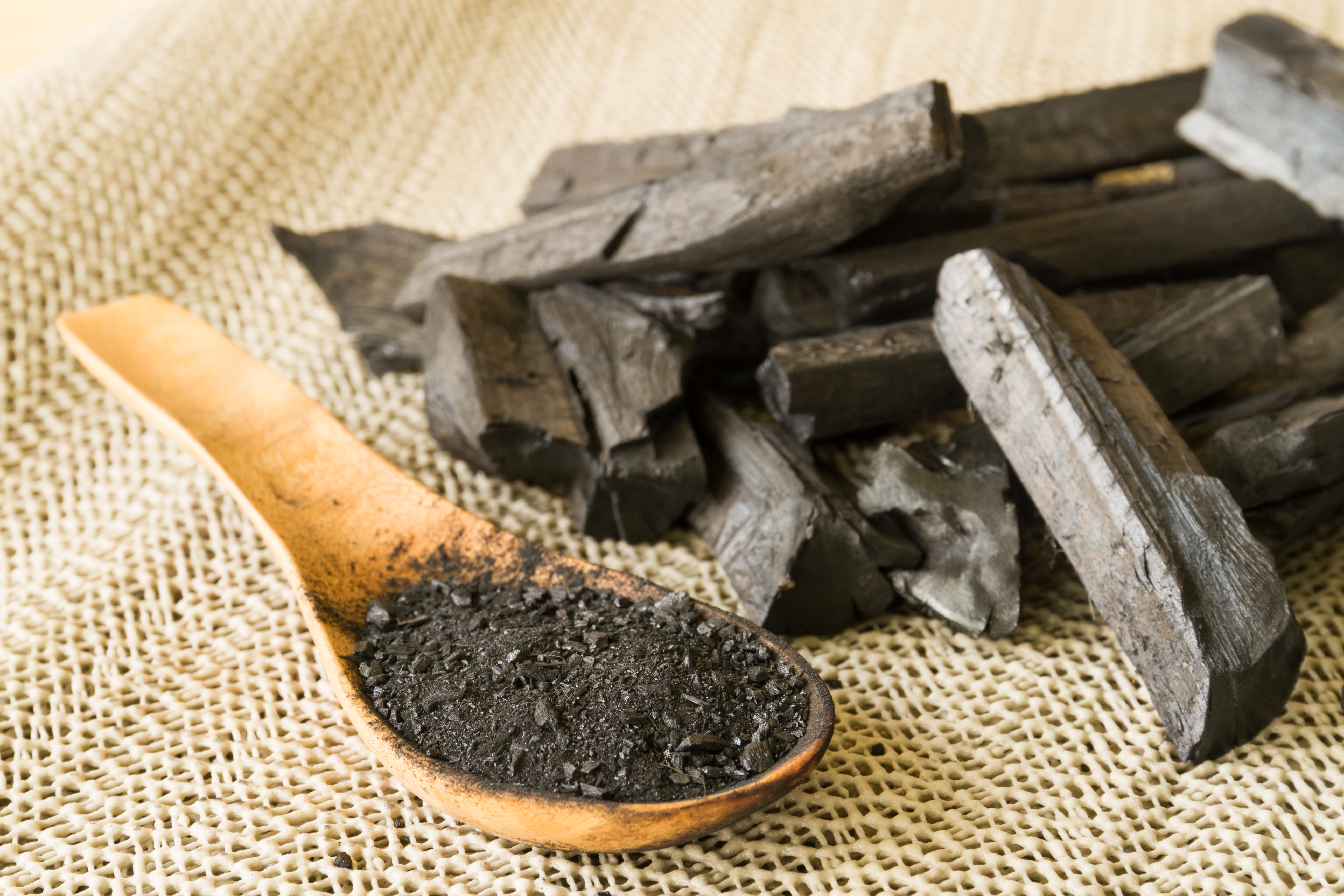
Before modern medicine, ancient Egyptians and Hippocrates used charcoal as a powerful antidote for poisoning and a topical treatment for infections. They recognized its unique porous structure, which allows it to trap toxins and impurities, preventing them from being absorbed by the body. Modern emergency rooms still use activated charcoal to treat overdoses and poisoning. Beyond its life-saving use, charcoal was also a key component in ancient water filtration systems. This simple, black substance shows how ancient cultures understood the power of purification, both for the body and for their daily lives.
52. Lemon Balm: The Herb of Longevity
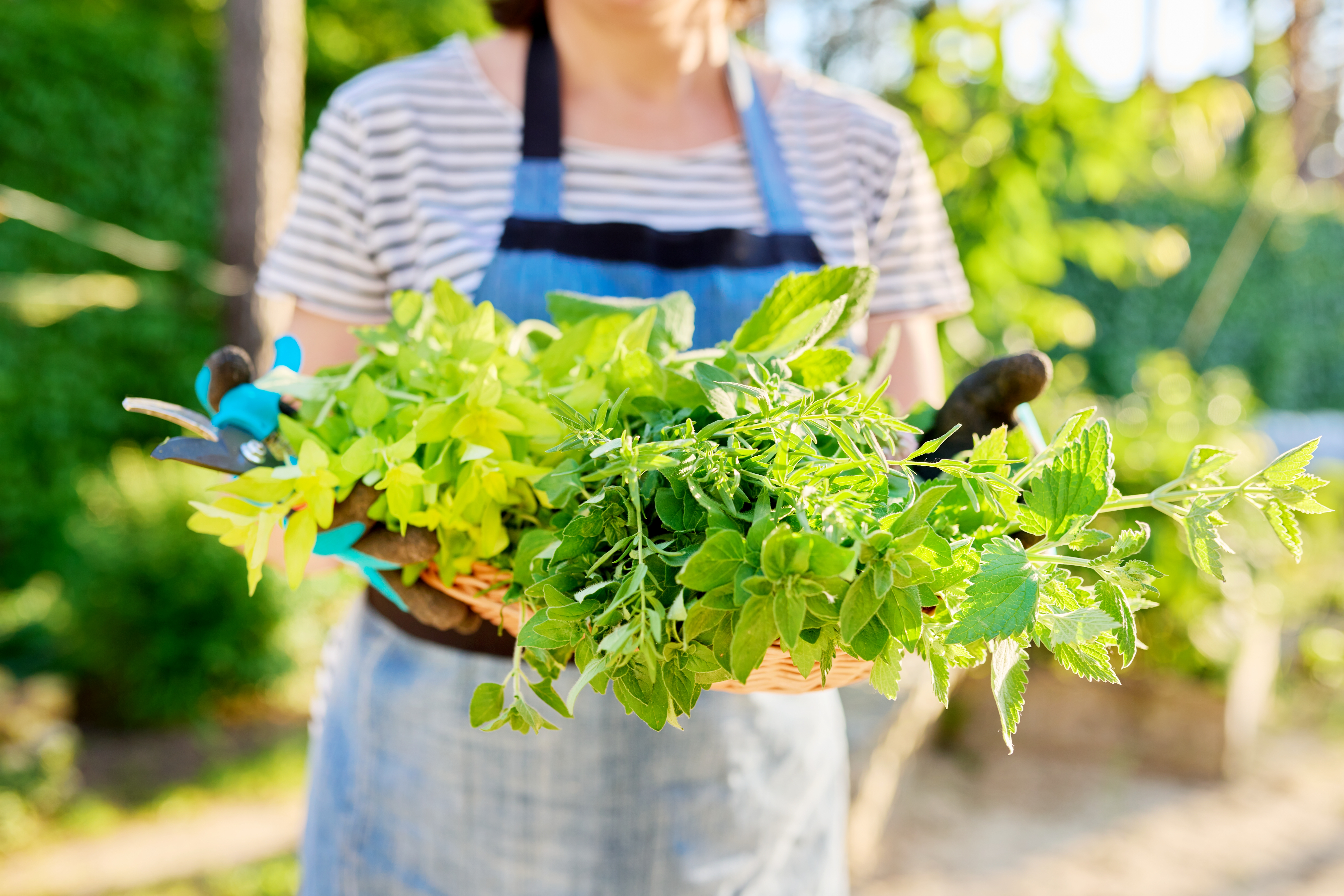
Lemon balm, a member of the mint family, has been used for over 2,000 years in traditional European medicine for its calming and uplifting properties. Ancient healers, including the Greeks and Romans, used it to treat anxiety, insomnia, and nervous disorders. Its active compounds, particularly rosmarinic acid, have been shown to reduce stress and improve cognitive function. Lemon balm tea is a gentle, natural remedy for promoting relaxation and improving sleep quality. This herb was also believed to promote longevity and was a staple in ancient apothecaries, a testament to its enduring role as a source of deep, systemic healing.
53. Feverfew: The Migraine Reliever
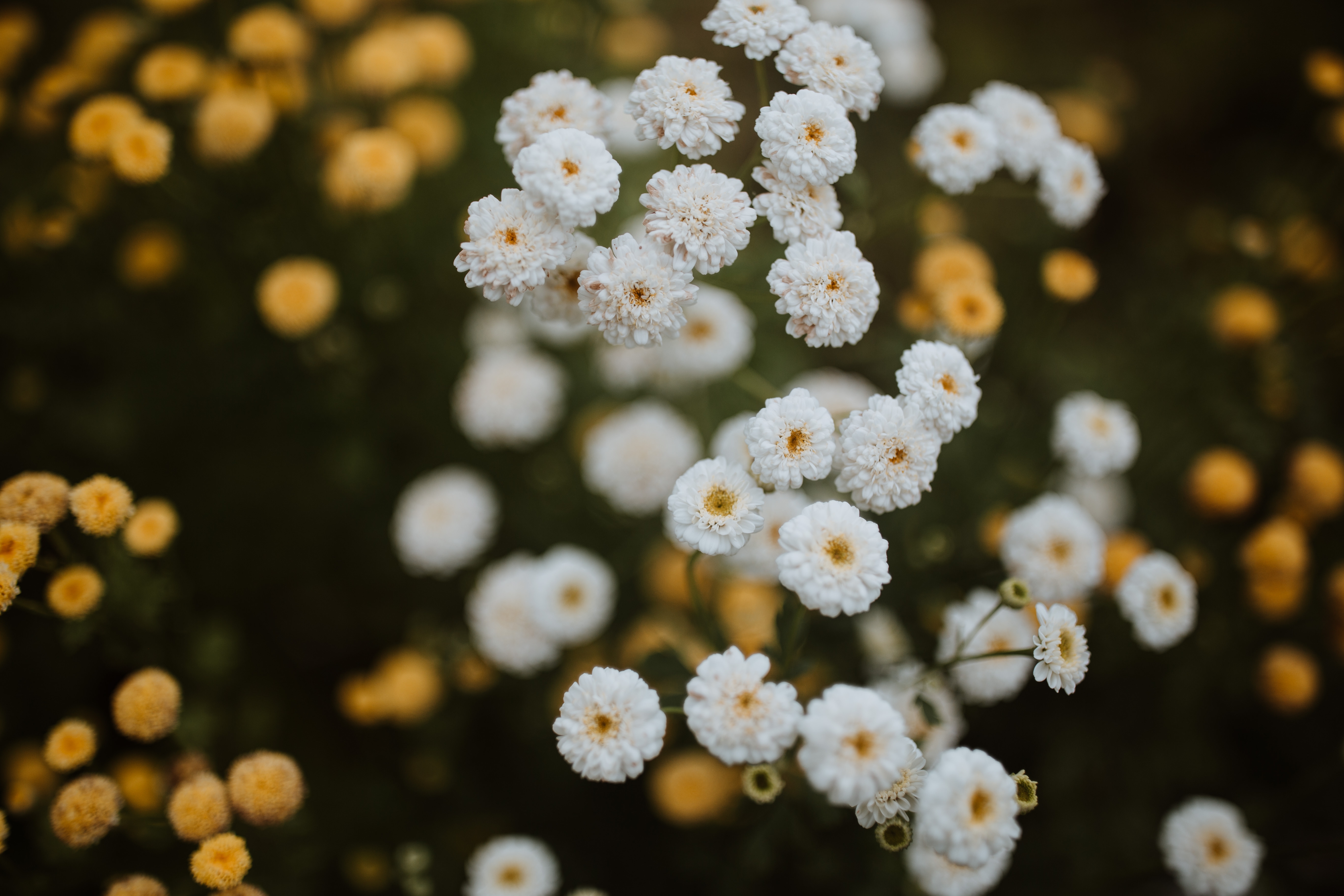
Used for centuries in traditional European herbalism, feverfew was a go-to remedy for headaches, fevers, and arthritis. Its medicinal properties are attributed to parthenolide, a compound that helps reduce inflammation and inhibit blood vessel spasms, which are key triggers for migraines. Ancient texts describe its use in preventing and treating severe headaches. Modern research has validated these uses, and feverfew is a popular herbal supplement for migraine prevention. This humble flower proves that some of the most effective remedies for chronic pain are found in nature’s own pharmacy.
54. Hawthorn Berry: The Heart's Ancient Ally
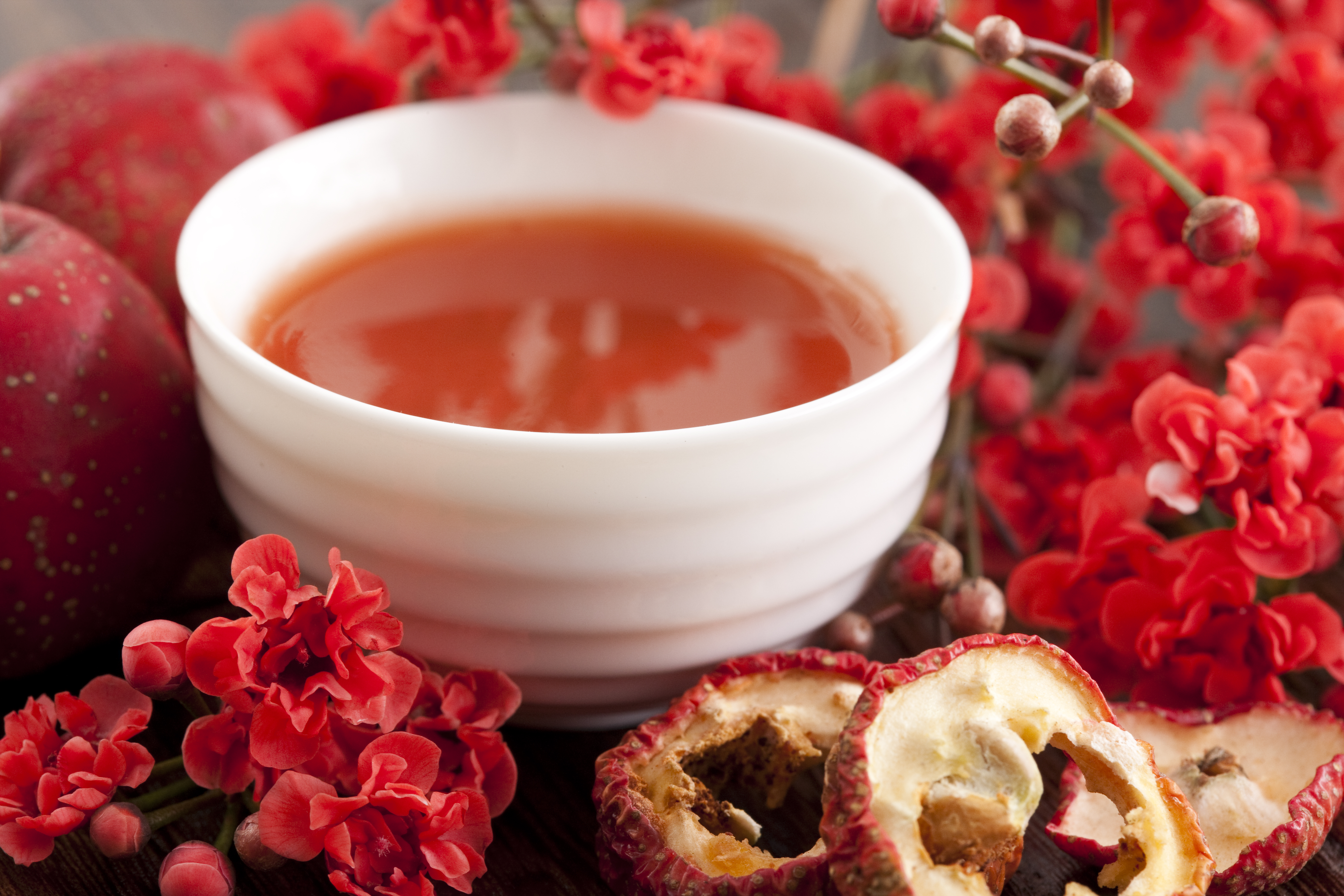
For centuries, European folk medicine and Traditional Chinese Medicine have revered hawthorn berry for its profound effects on the heart. Ancient practitioners used it to strengthen cardiovascular function, improve circulation, and soothe nervous tension. The berries, leaves, and flowers contain powerful flavonoids and proanthocyanidins, which are now known to protect blood vessels, improve blood flow, and may help lower blood pressure. Today, hawthorn is a foundational herb for cardiovascular support, bridging ancient wisdom with modern research on heart health.
55. St. John's Wort: The Sun-Kissed Mood Booster
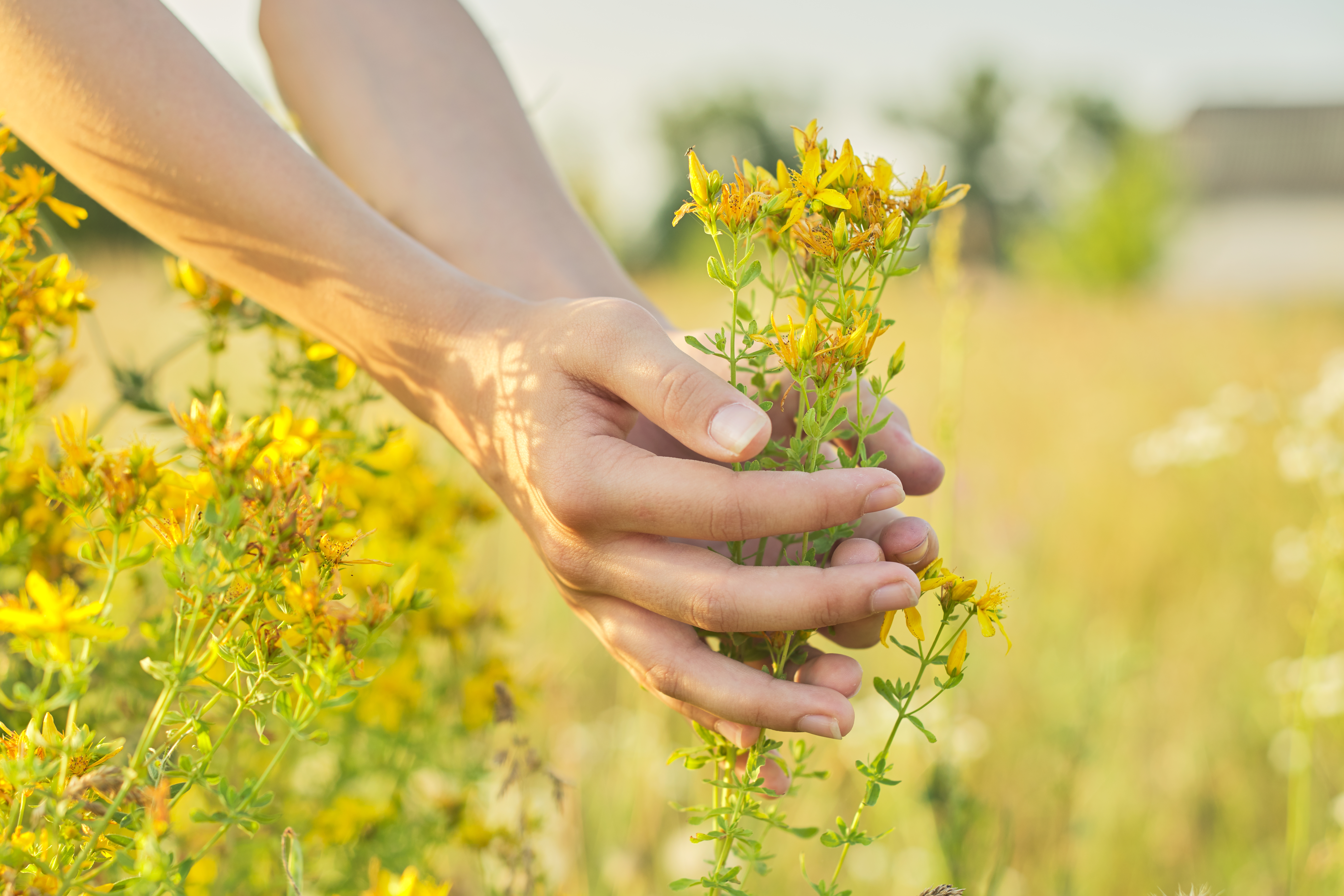
St. John's Wort, a flowering plant with a long history in ancient Greek and European medicine, was used to treat mood disorders and nerve pain. Its primary active compounds, hypericin and hyperforin, are believed to increase levels of neurotransmitters like serotonin, which have a calming effect on the nervous system. Today, St. John's Wort is a popular herbal supplement for mild depression and anxiety. This sun-kissed herb is a testament to the enduring power of ancient wisdom, offering a natural and effective way to support mental and emotional well-being.
56. Elderberry: The Viral Warrior
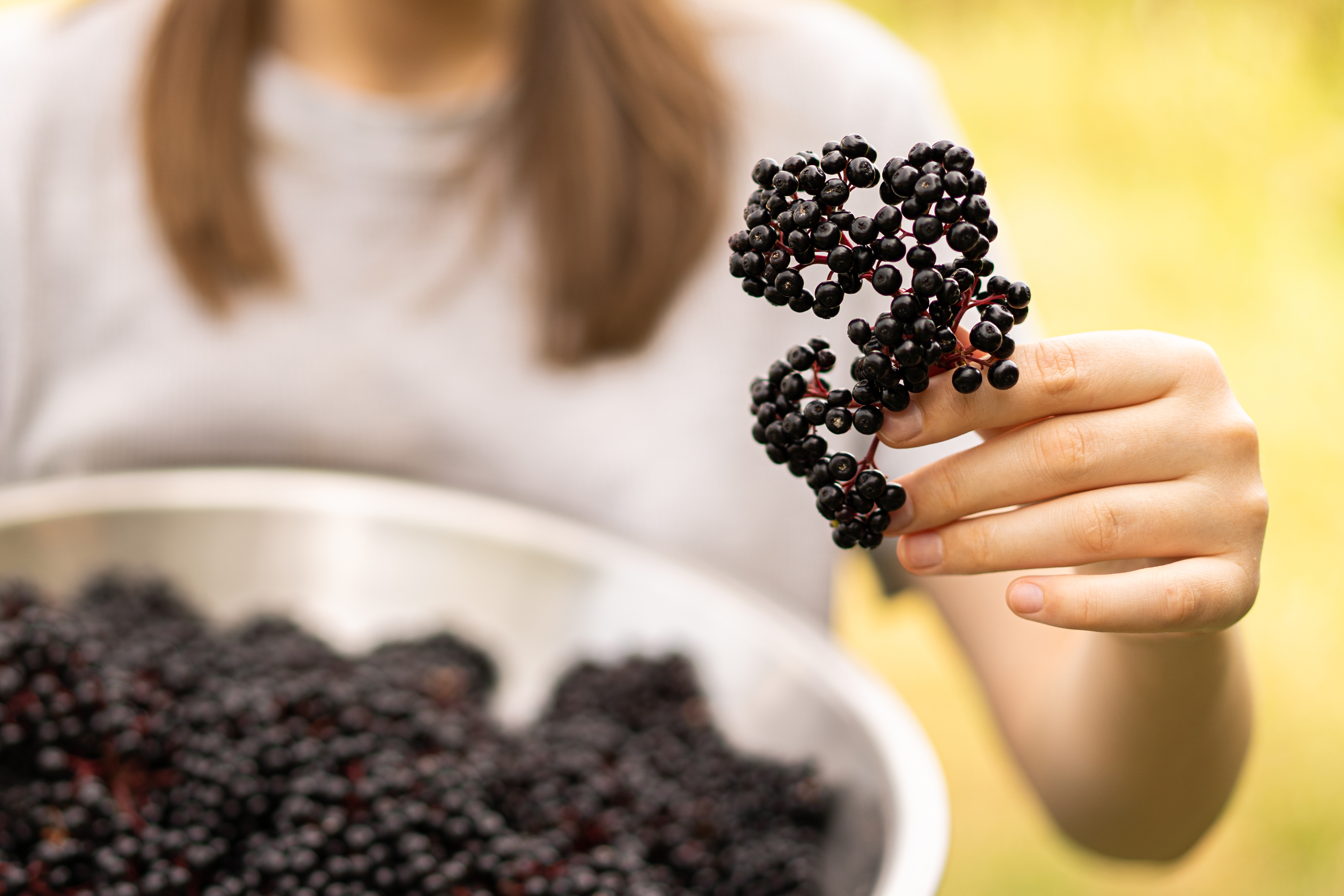
Elderberry has been a foundational remedy in European folk medicine for centuries, used to treat colds, flu, and respiratory infections. Its dark purple berries are rich in anthocyanins, which have powerful anti-inflammatory and antioxidant properties. Ancient healers used elderberry to boost the immune system and reduce the severity of viral infections. Modern research has validated these uses, showing that elderberry can help block viruses from entering and replicating in cells. This humble berry remains a staple in natural medicine, valued for its ability to strengthen the immune system and provide a natural defense against illness.
57. Oats: The Soothing Skin and Gut Healer
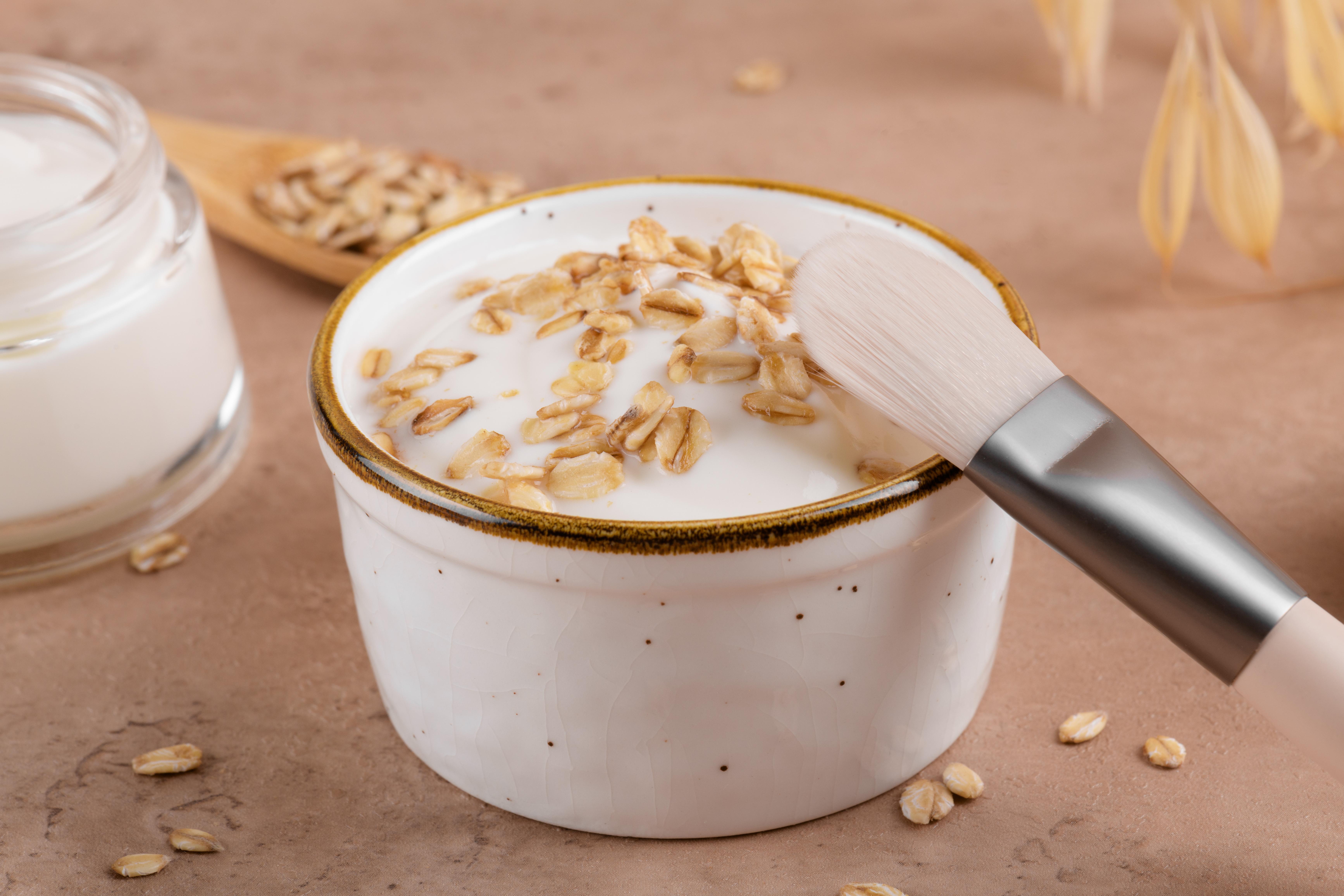
Oats have been a staple in traditional medicine for centuries, particularly in European and Native American traditions. They were used to soothe skin irritations and digestive issues. Oats contain beta-glucan, a type of soluble fiber that forms a gel-like substance in the digestive tract, which helps to soothe and protect the gut lining. This demulcent property makes it an excellent remedy for digestive discomfort. As a topical remedy, oats were used to relieve skin irritations, such as eczema and psoriasis. This humble grain remains a staple in both traditional and modern medicine, valued for its gentle and effective healing power.
58. Bee Propolis: The Hive's Antiviral Shield

For millennia, Egyptians, Greeks, and Romans used Propolis—a sticky, resinous substance bees create by mixing tree sap and beeswax—to embalm, treat infections, and heal wounds. Bees use Propolis to seal their hives and sterilize them against bacteria, viruses, and fungi. Its medicinal power lies in over 300 active compounds, especially flavonoids and caffeic acid phenethyl ester (CAPE). Ancient healers prized it for its immune-boosting and antiseptic qualities. Modern science now confirms Propolis is a potent natural antiviral and anti-inflammatory agent, particularly effective against upper respiratory infections and supporting oral health. This powerful, sticky shield is a testament to the fact that some of nature’s most effective pharmacies are built by its smallest inhabitants.
59. Bladderwrack (Fucus Vesiculosus): The Seaweed Metabolism Booster
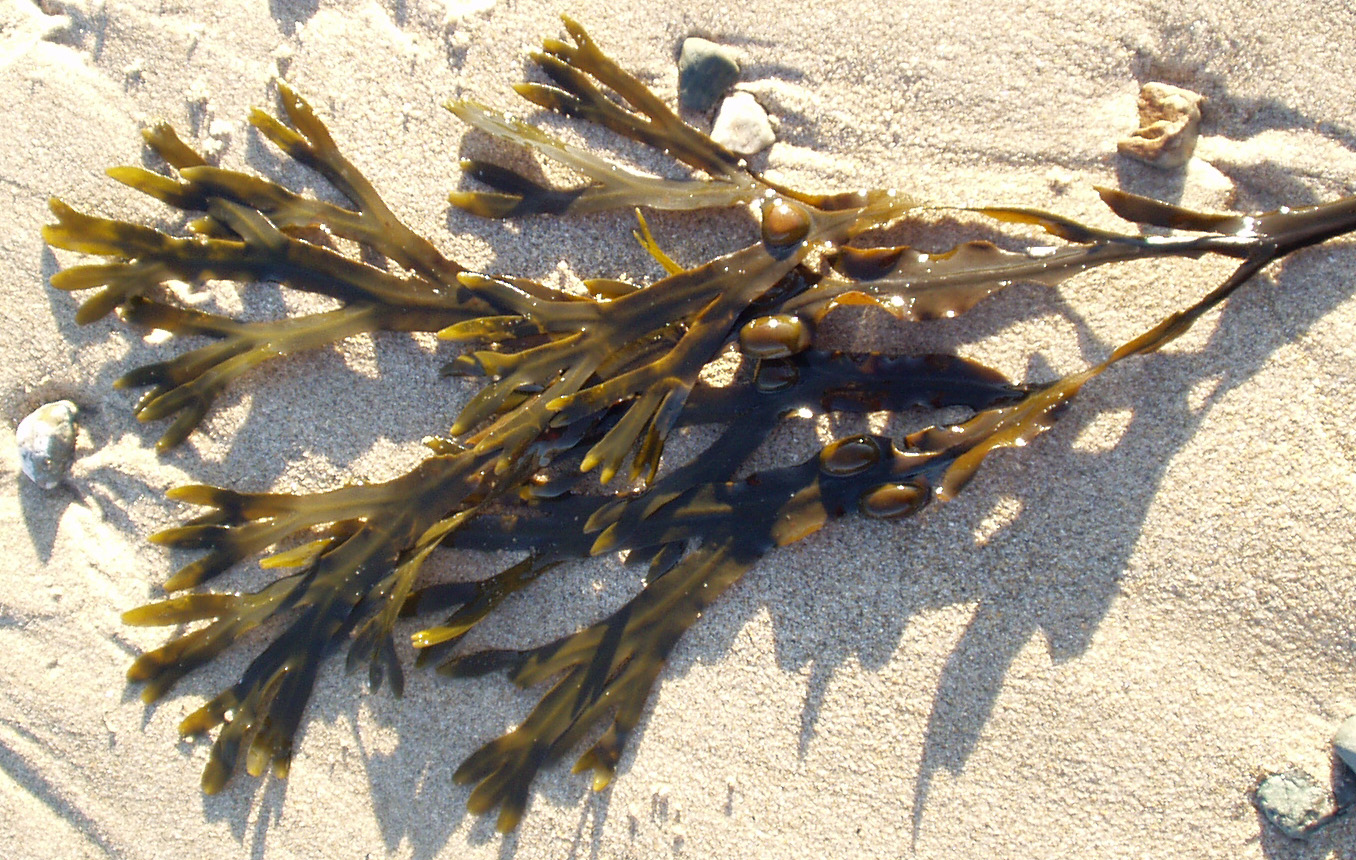
Bladderwrack, a type of brown seaweed, has been used in European folk medicine for centuries, particularly in coastal regions, as a traditional remedy for supporting a sluggish thyroid. Its healing power comes from its naturally high concentration of iodine, a mineral essential for the production of thyroid hormones that govern metabolism and energy. Ancient healers used it as a tonic for overall vitality. When iodine is deficient, metabolic processes slow down, which can hinder the body's ability to efficiently manage healing and inflammation. Bladderwrack provides a foundational, mineral-rich approach to ensure the metabolic systems needed for all other healing processes are functioning optimally.
60. Pine Bark Extract: The Circulatory Antioxidant

Used by Native Americans and 16th-century French explorers to combat scurvy and aid wound healing, Pine Bark Extract (Pycnogenol) is a potent, concentrated source of procyanidins and bioflavonoids. Its unique power is its ability to directly strengthen capillary walls and improve the elasticity of blood vessels. Ancient healers used it when circulation failed or immunity was compromised, often due to vitamin deficiency. Modern clinical studies now confirm its efficacy in enhancing blood flow, reducing inflammation, and protecting collagen. This powerful, bioavailable antioxidant complex is a direct link between the rugged survival medicine of the past and today's focus on vascular health and longevity.
61. Colloidal Silver: The Traditional Antimicrobial Mineral

Used by ancient civilizations, including the Romans, to purify water and preserve food, colloidal silver was once a foundational antimicrobial agent . Before antibiotics, silver coins were often dropped into drinking water or milk to keep them safe. Its healing power stems from its ability to disrupt the cellular membranes of single-celled pathogens (bacteria and fungi). Though largely replaced by modern antibiotics, modern research continues to explore its potential, especially for topical applications like wound care. This mineral-based remedy represents an ancient understanding of non-herbal preservation and decontamination, bridging alchemy with medicine.
62. Irish Moss (Chondrus Crispus): The Mucilaginous Mineral Base
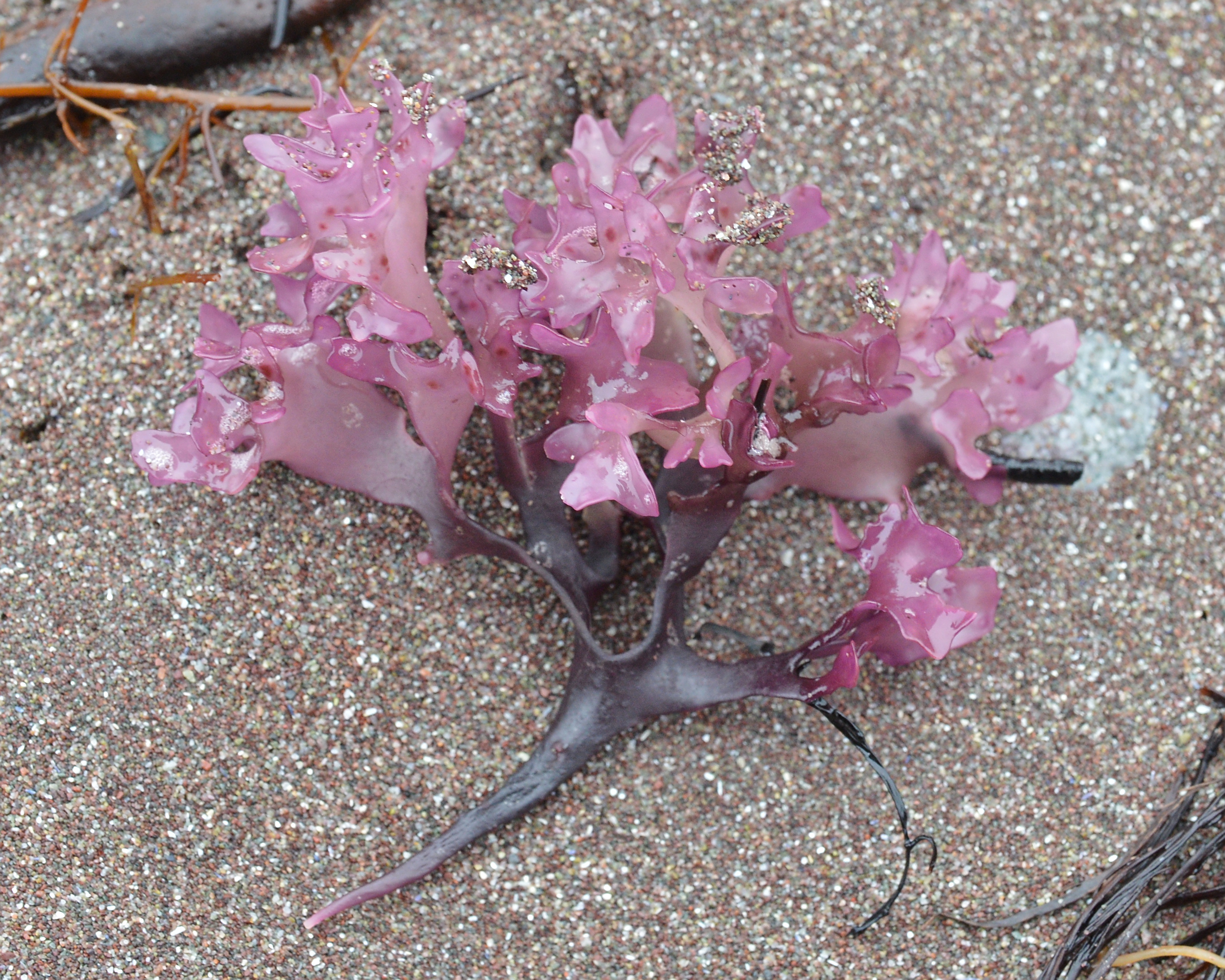
Irish Moss, a type of red seaweed used as a staple by coastal European cultures during times of hardship, is a potent, traditional remedy for respiratory and digestive health. Its medicinal value comes from its high mucilage content, which, like slippery elm, coats and soothes irritated mucous membranes—calming coughs, sore throats, and easing gut inflammation. Beyond its demulcent properties, it is densely packed with 92 of the body's 102 essential minerals, including significant iodine and calcium. This combination made it a powerful foundational tonic, simultaneously soothing irritated tissues while delivering the mineral density needed for systemic recovery and metabolic strength—a full-spectrum healing food from the sea.
Old Roots, Real Results
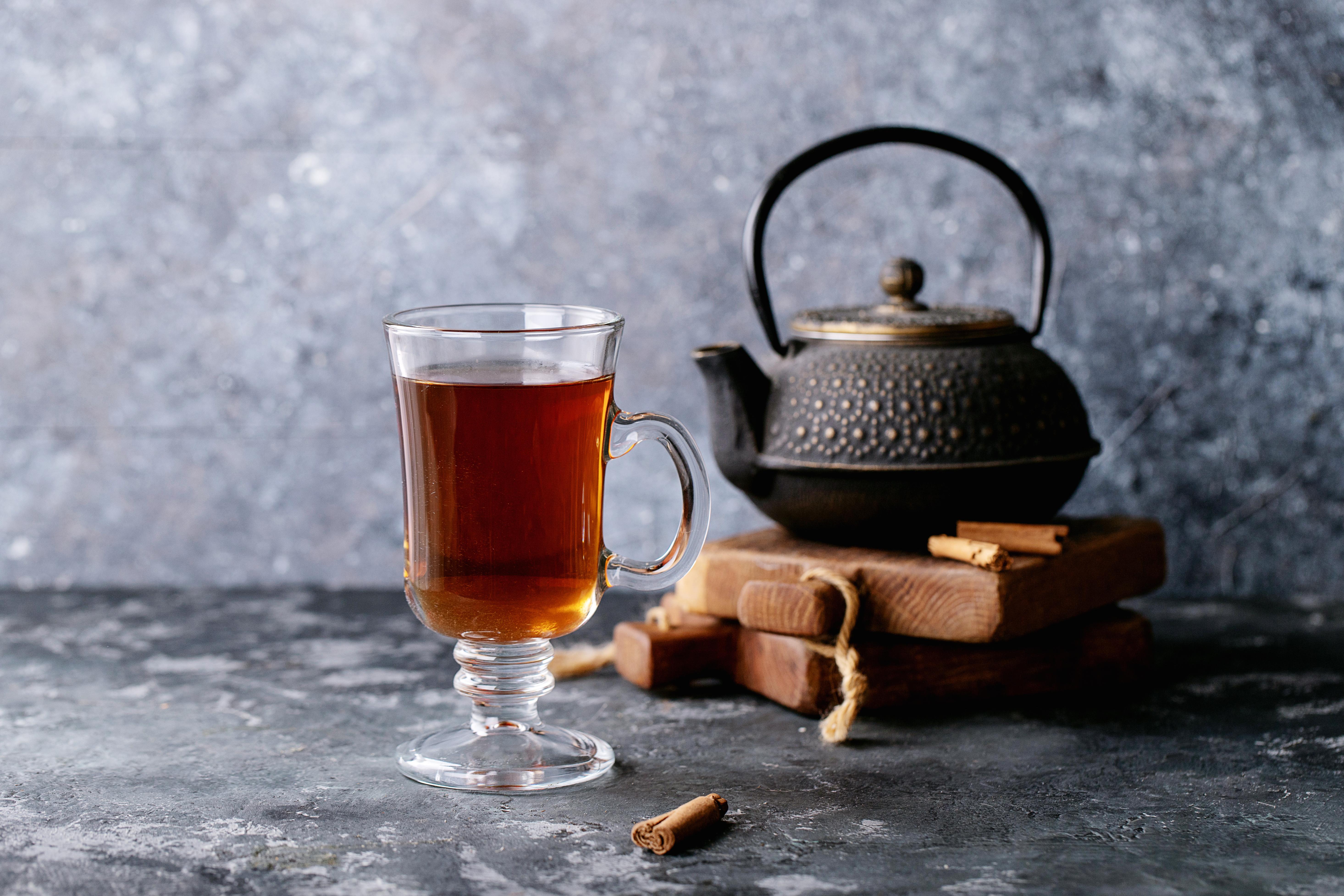
Whether you’re brewing tea, lighting moxa, or rubbing on oil, you’re tapping into centuries of lived wisdom, carried forward by healers who observed, trusted, and refined what truly worked. So before reaching for the latest solution, consider the ones that never stopped working. The future of healing might just be rooted in the past—and your next remedy could already be waiting on a dusty shelf or a quiet leaf.